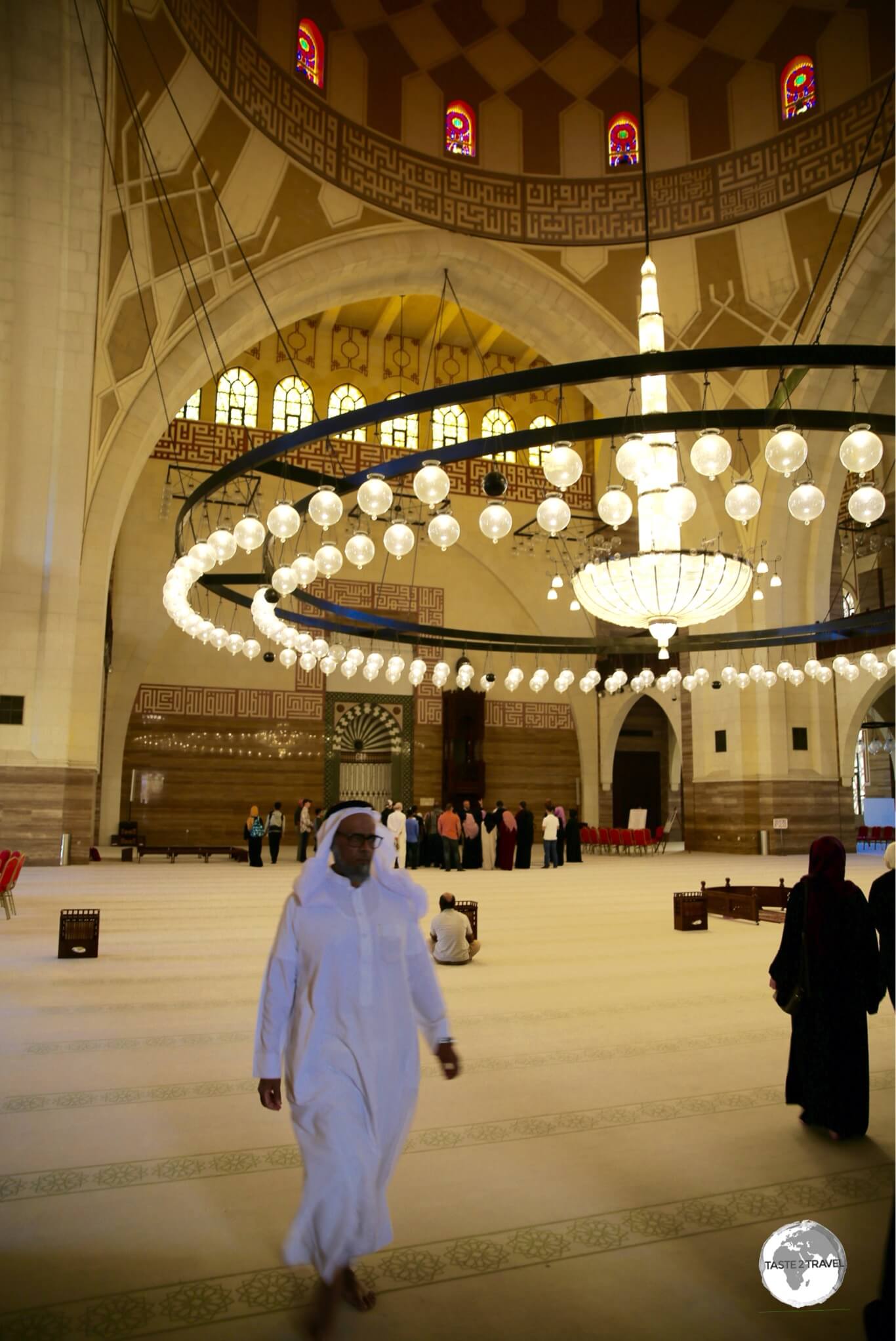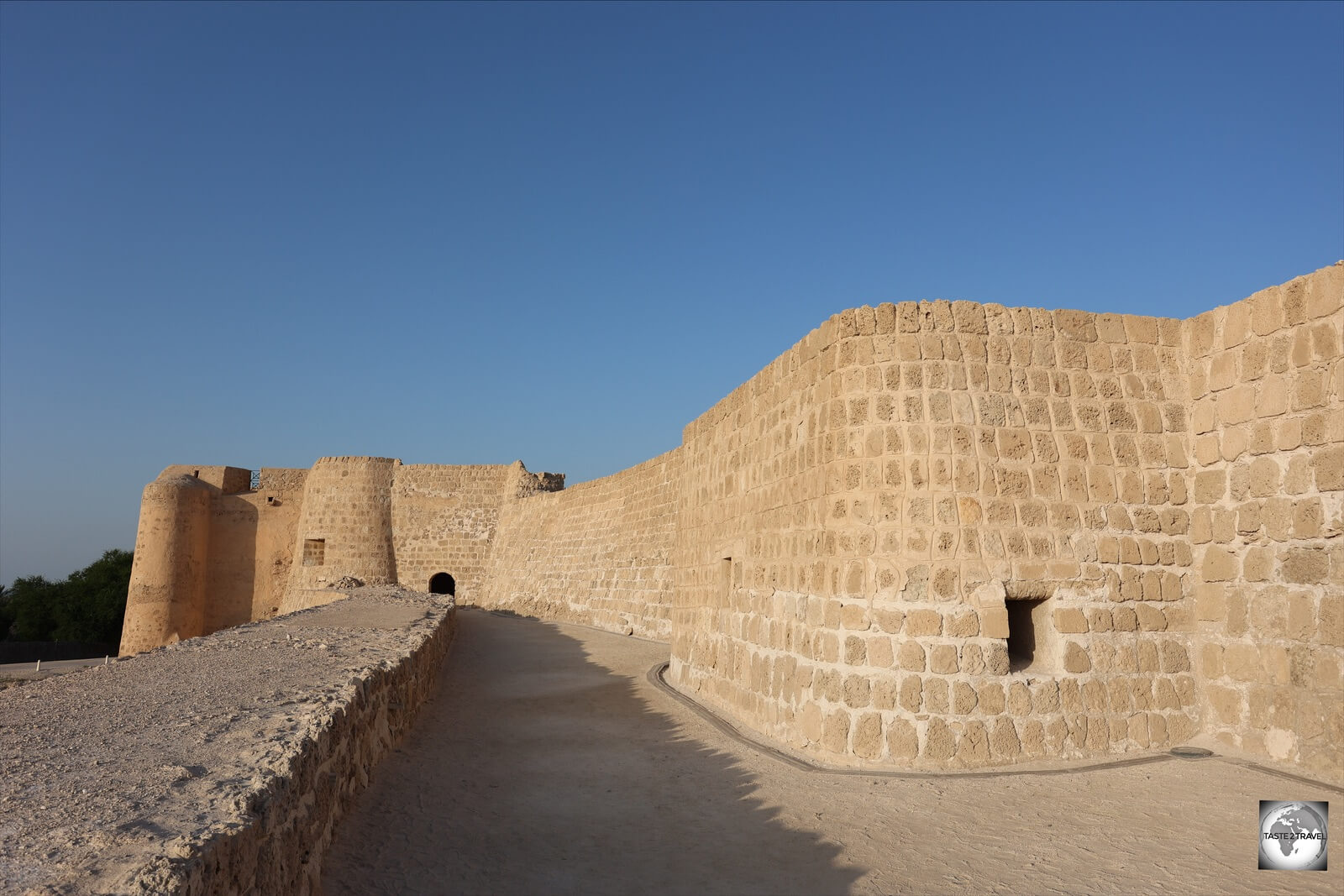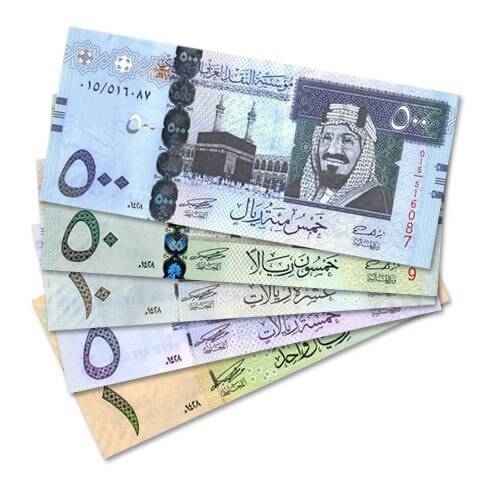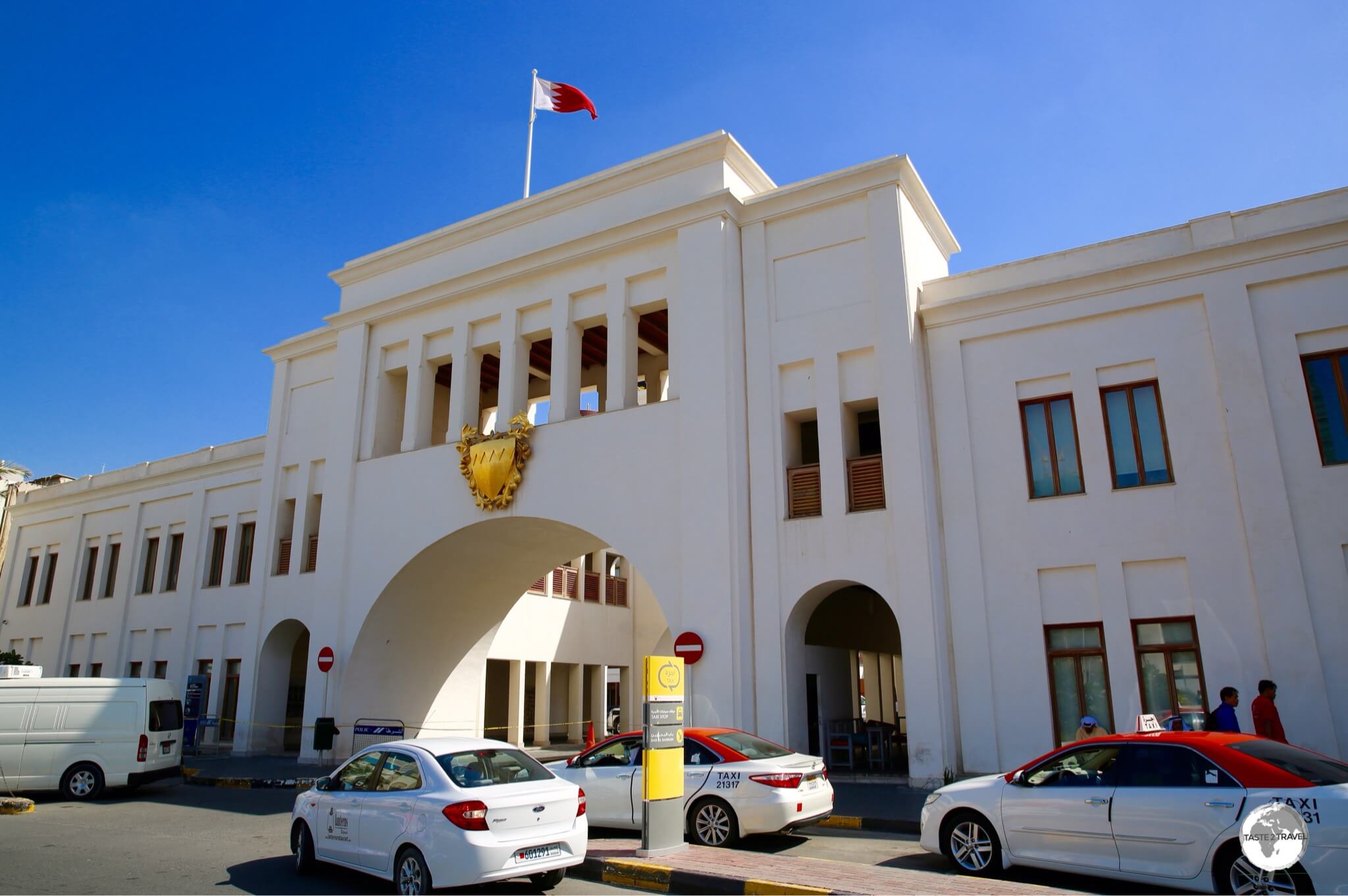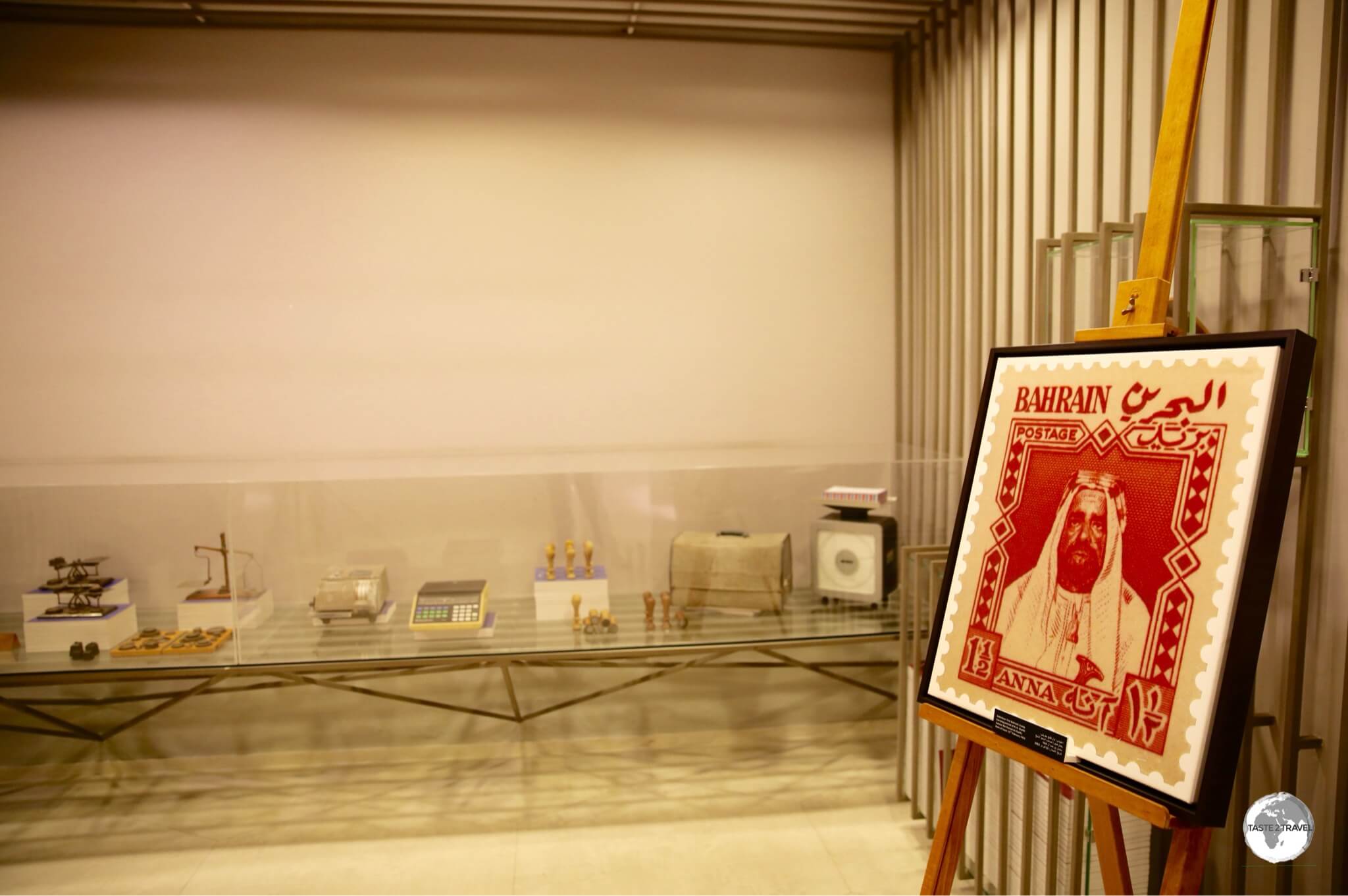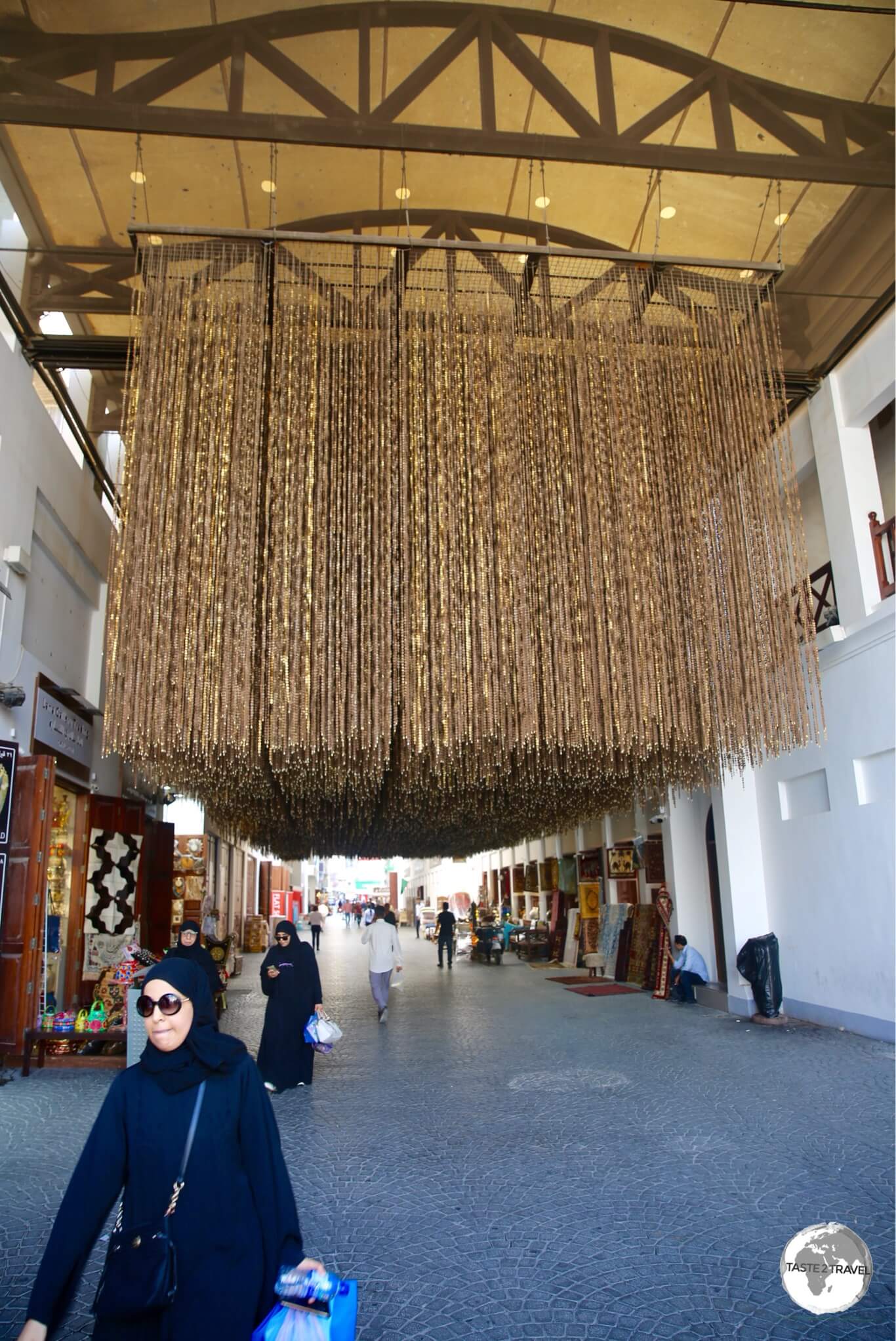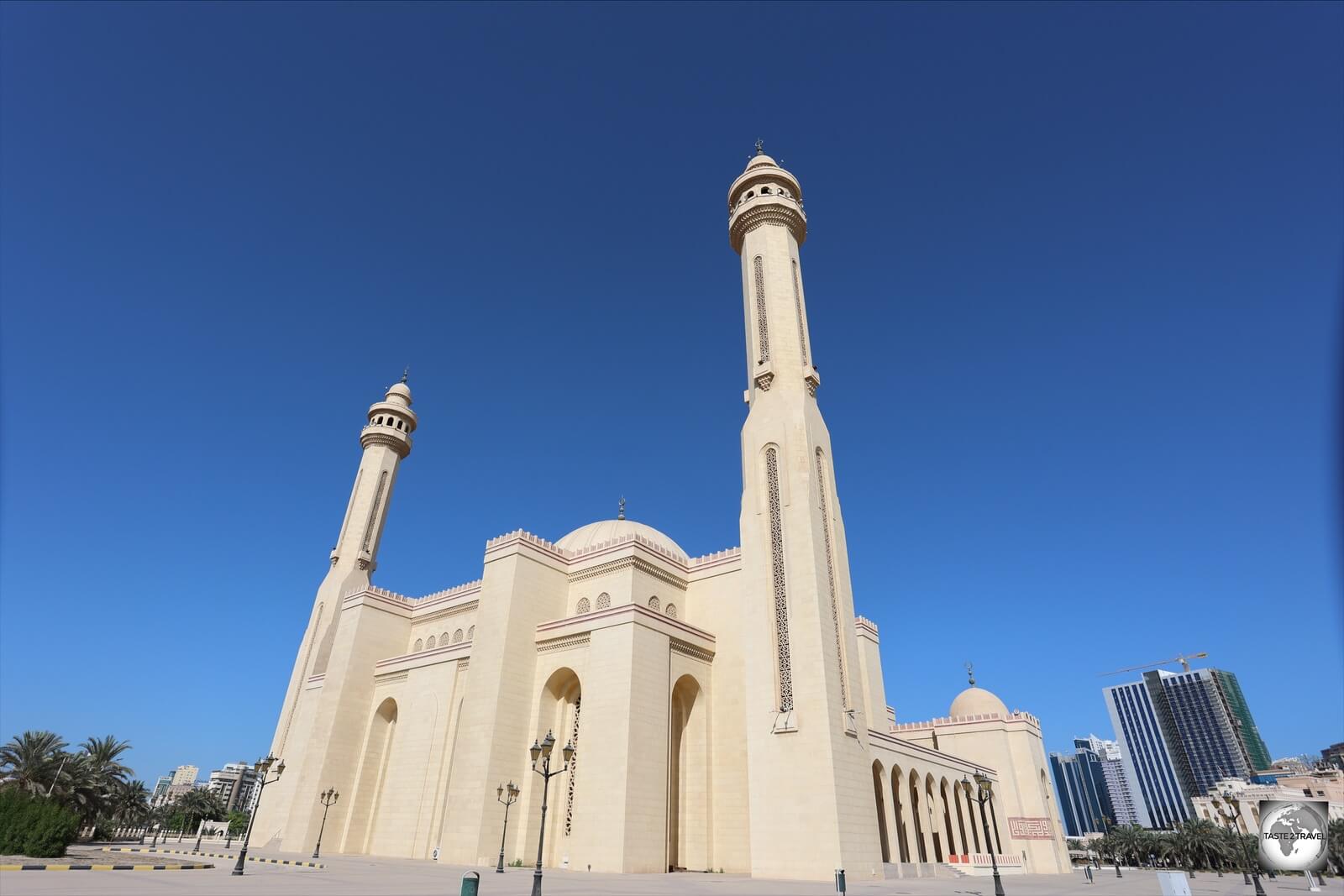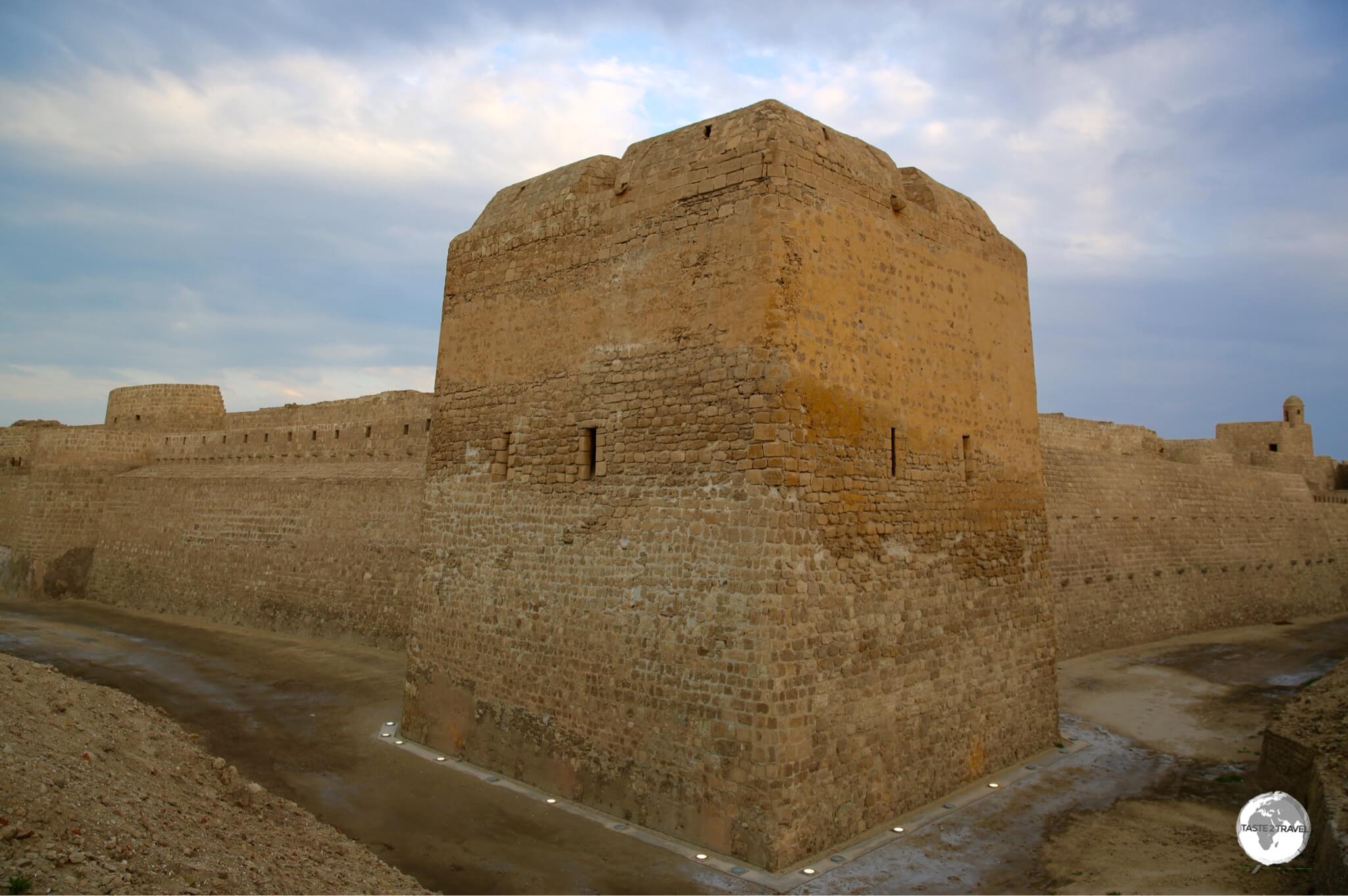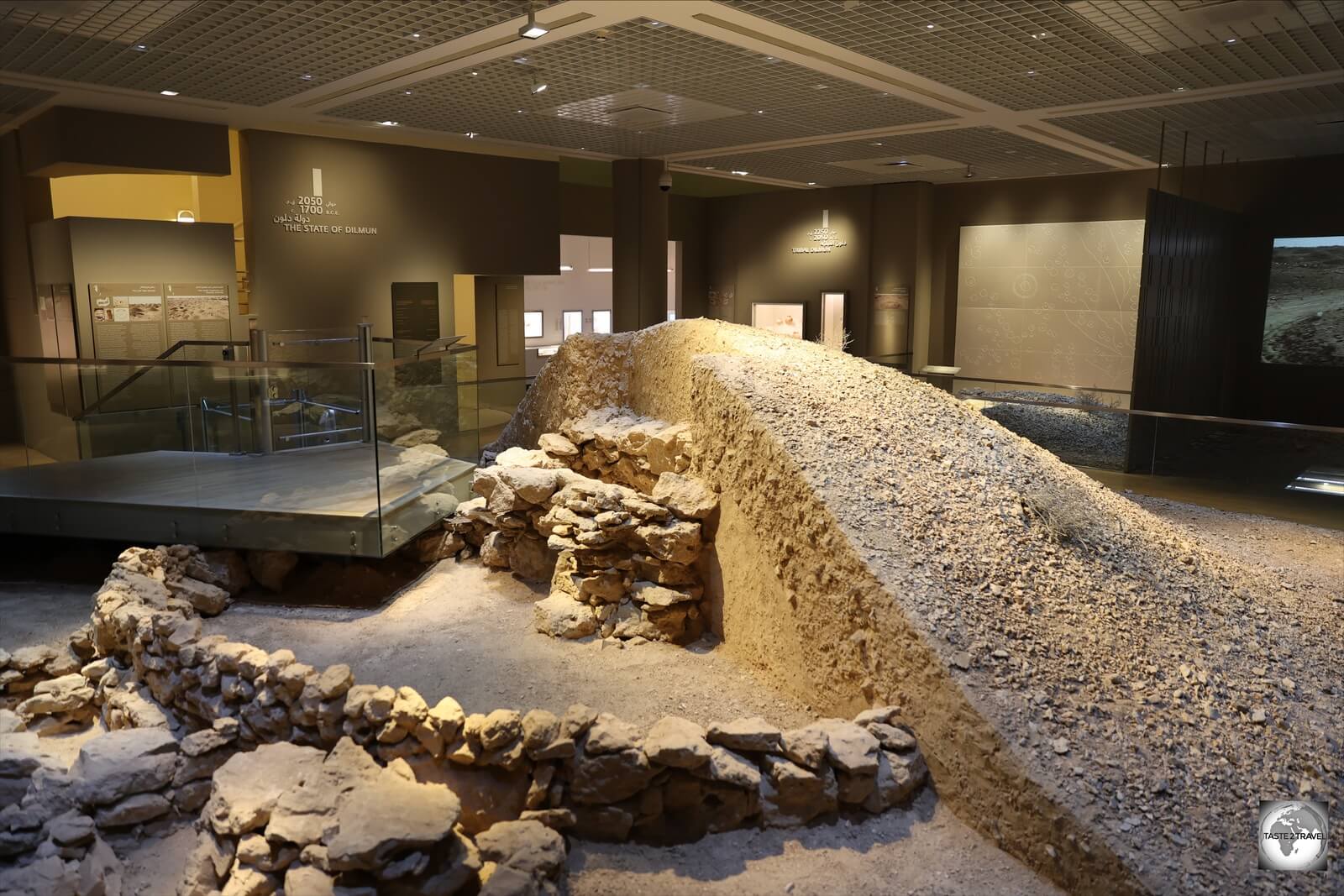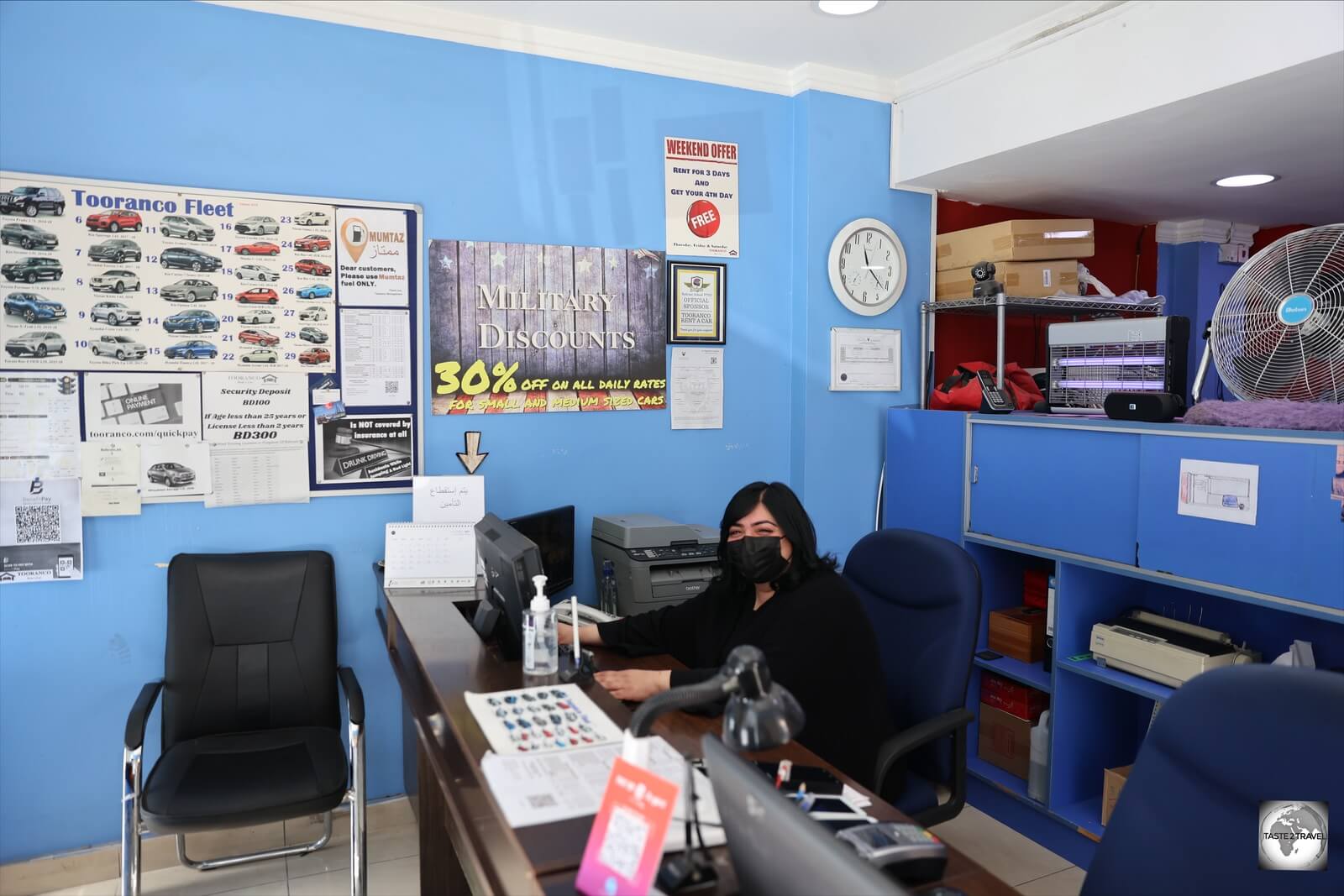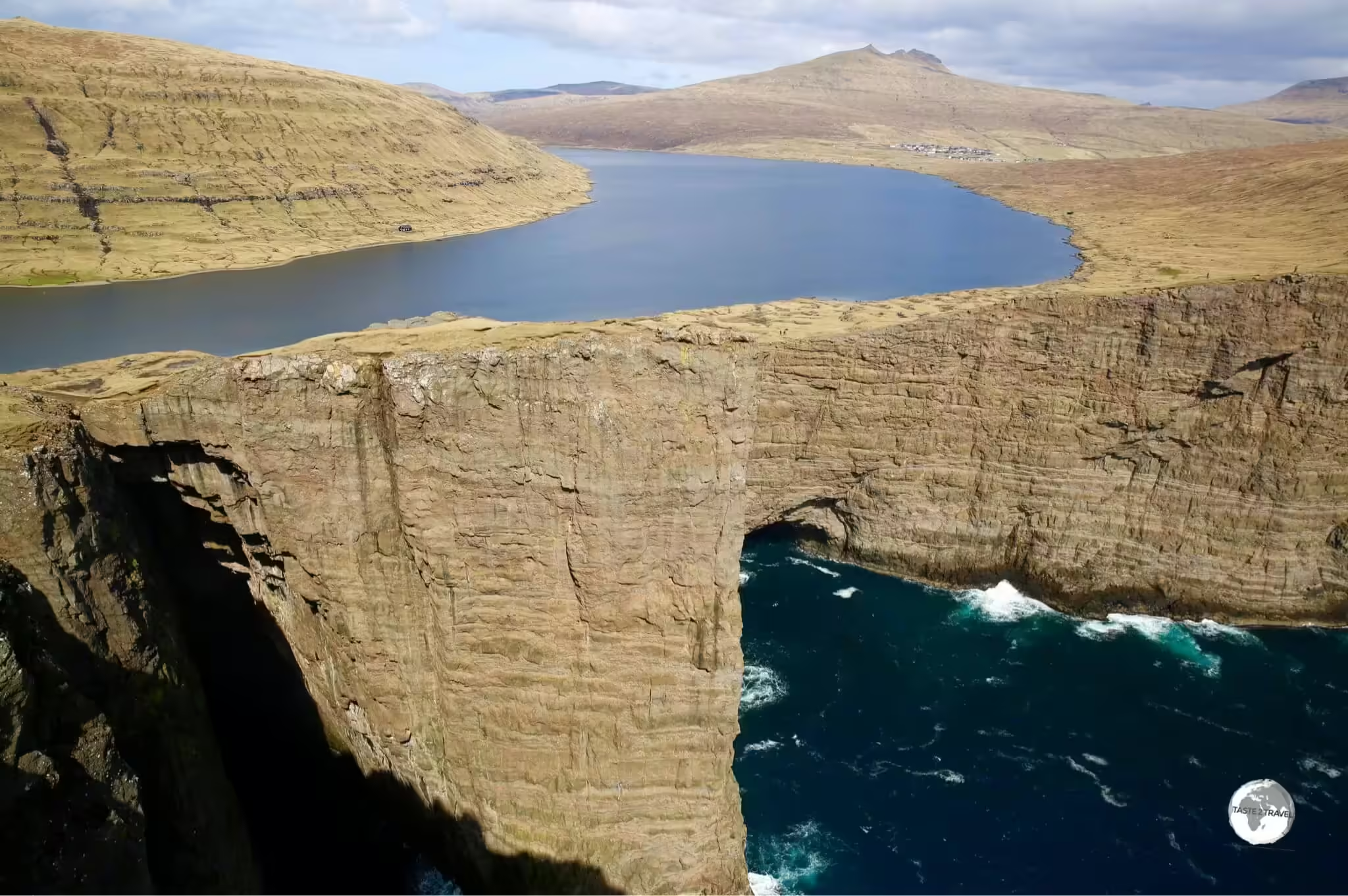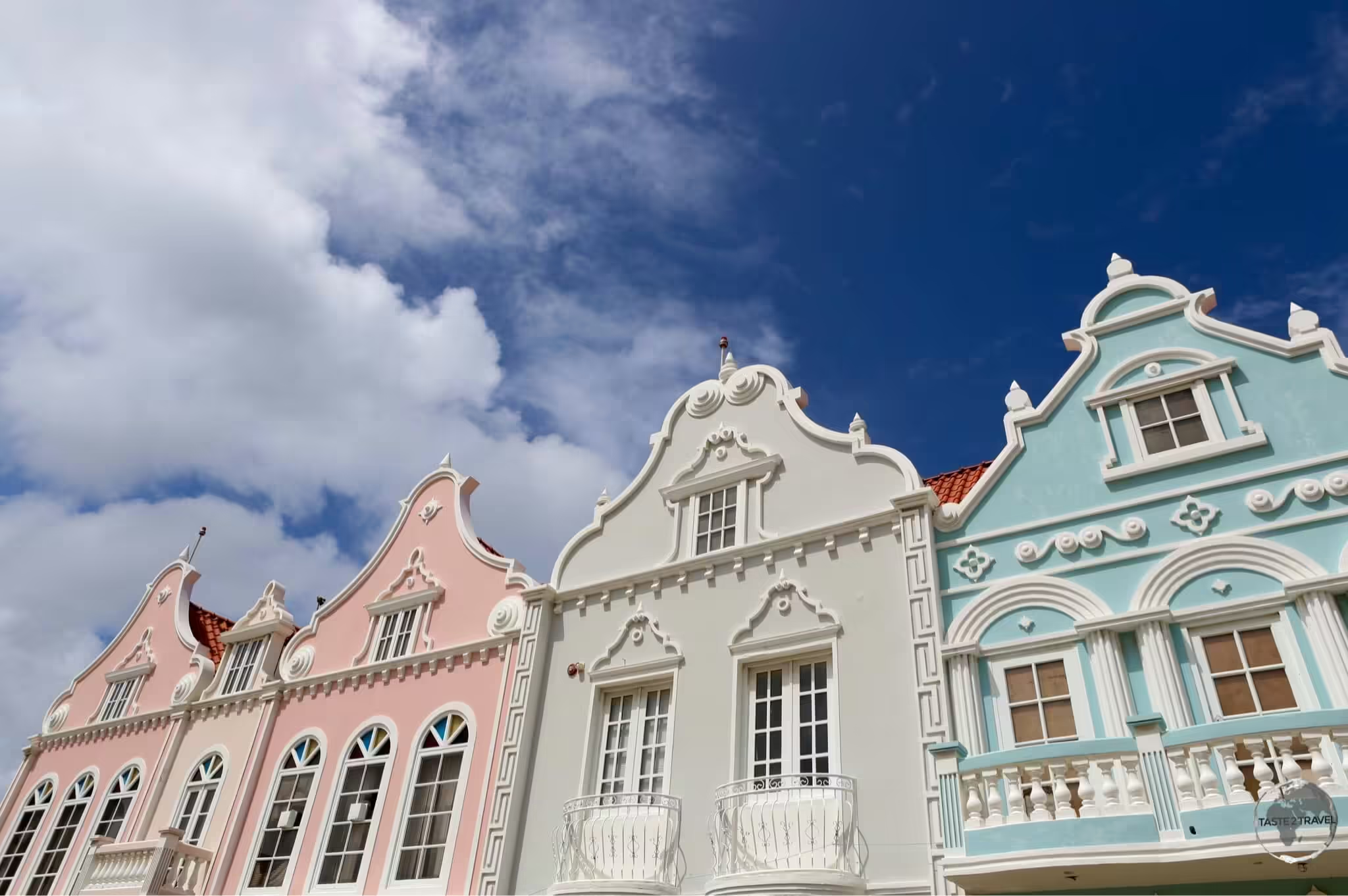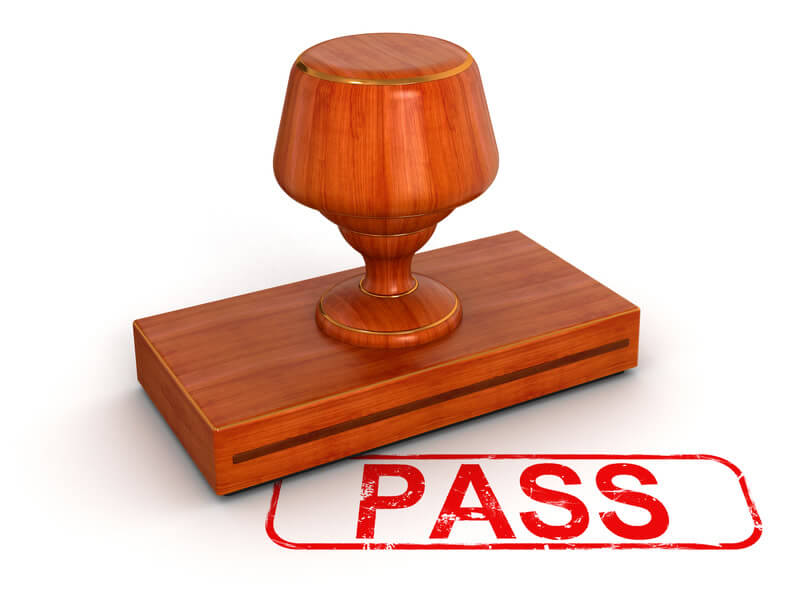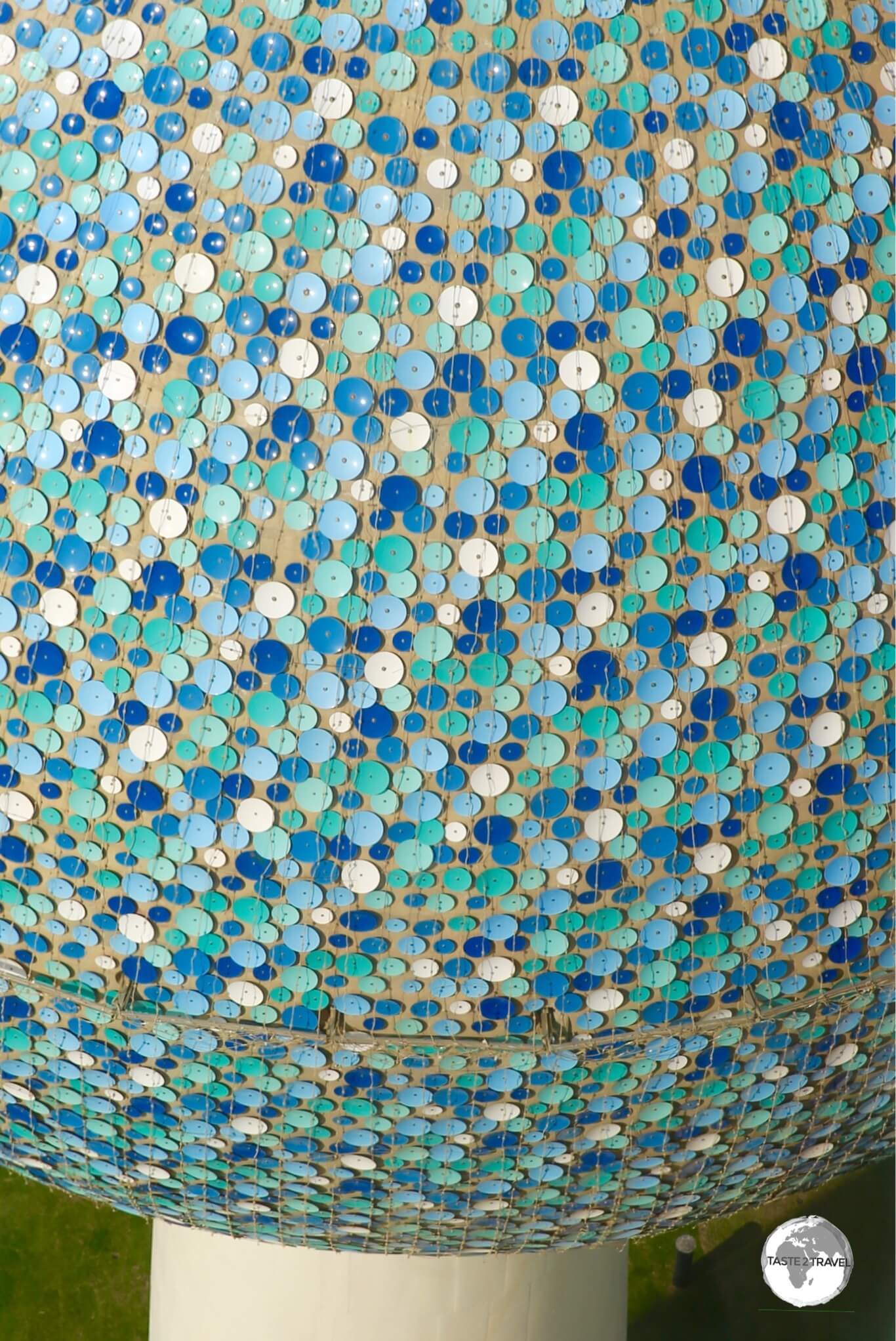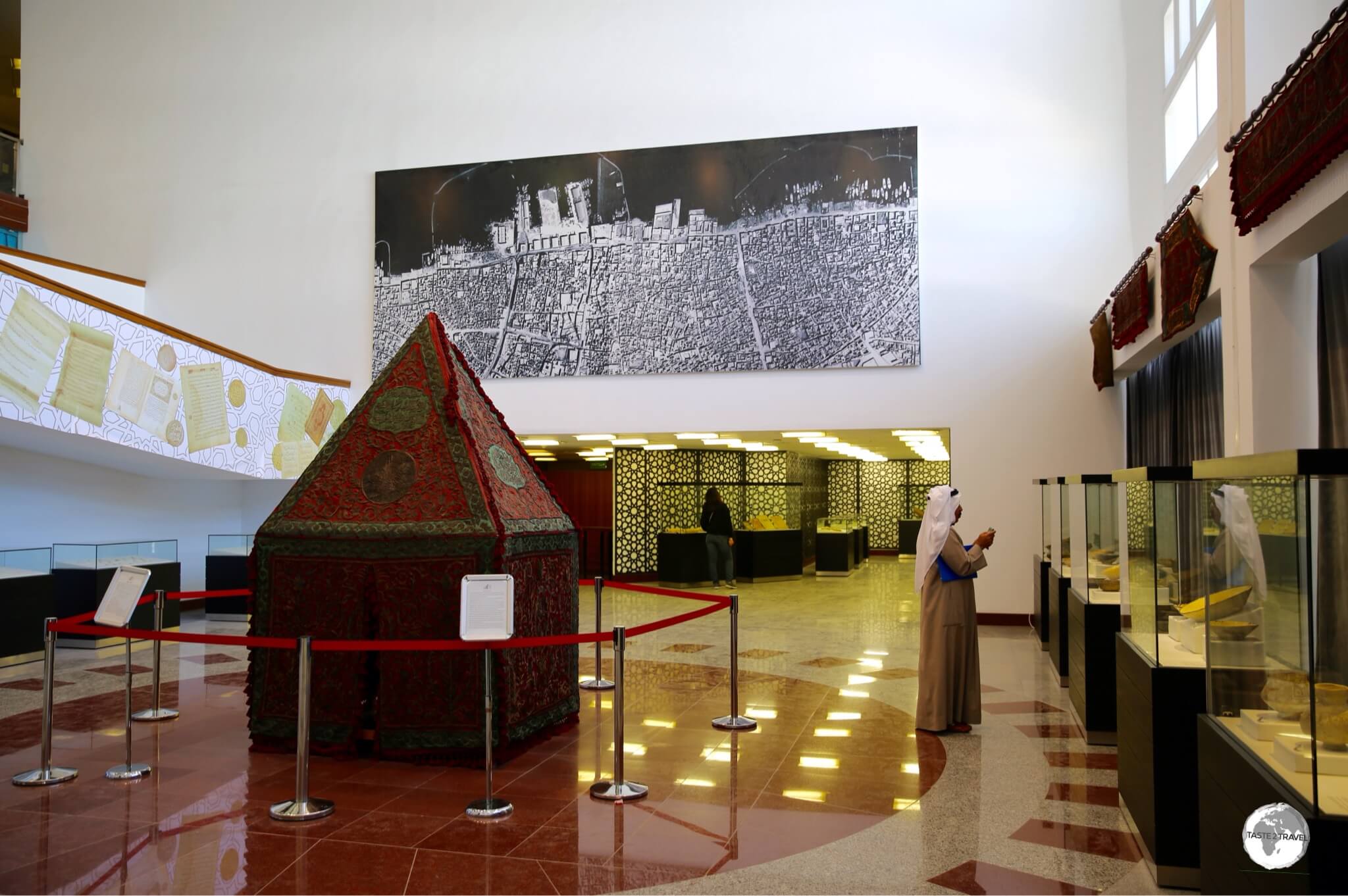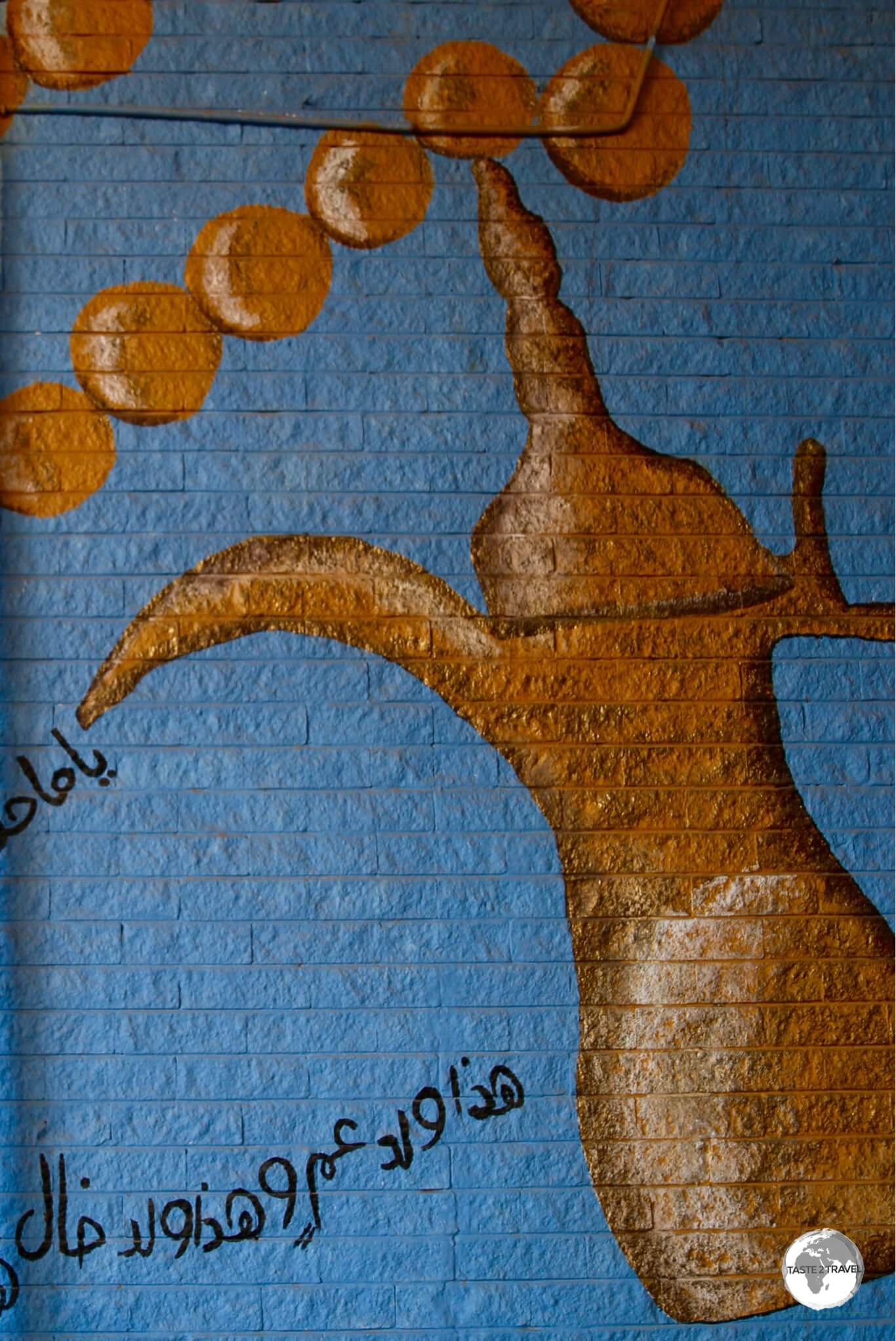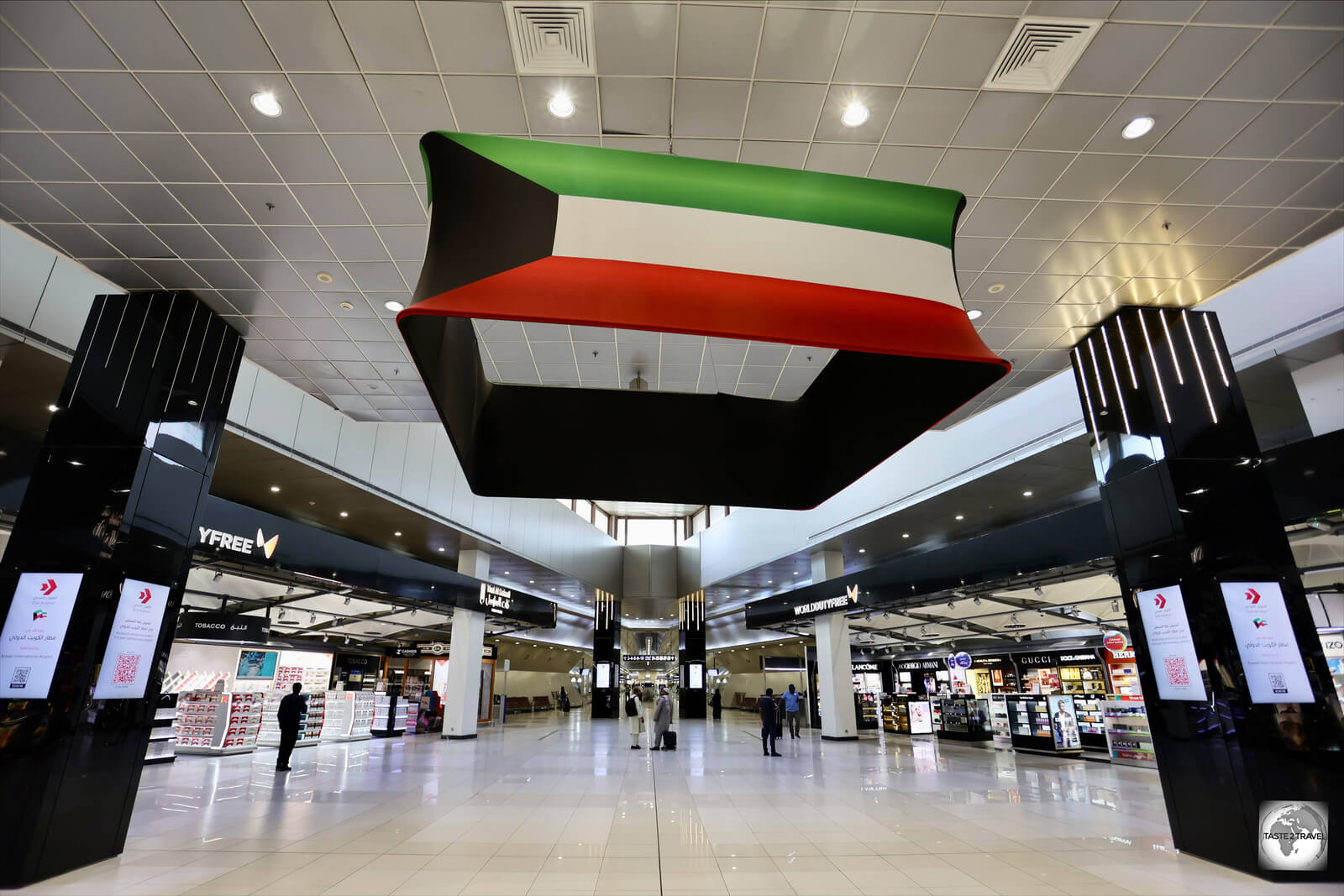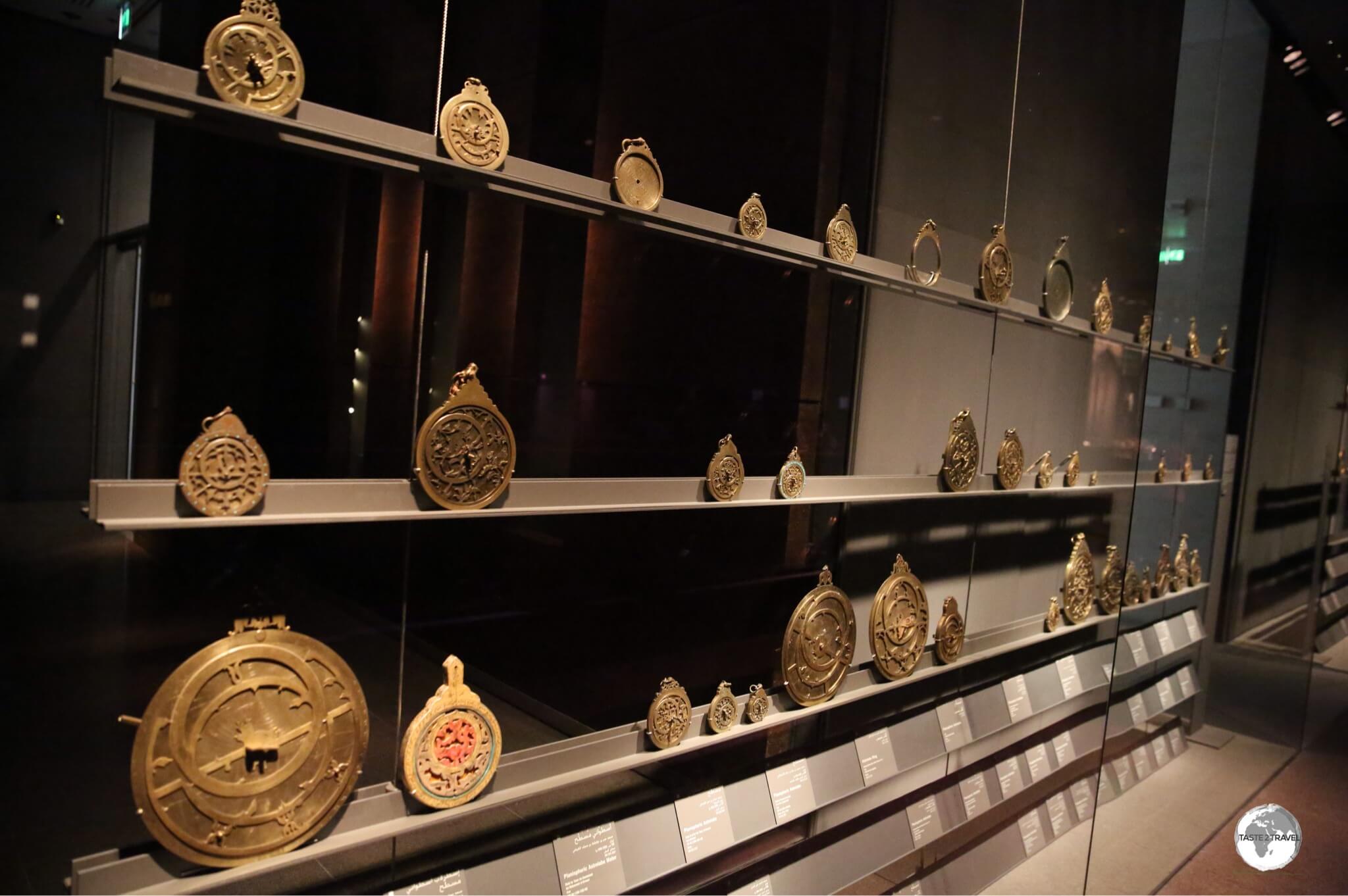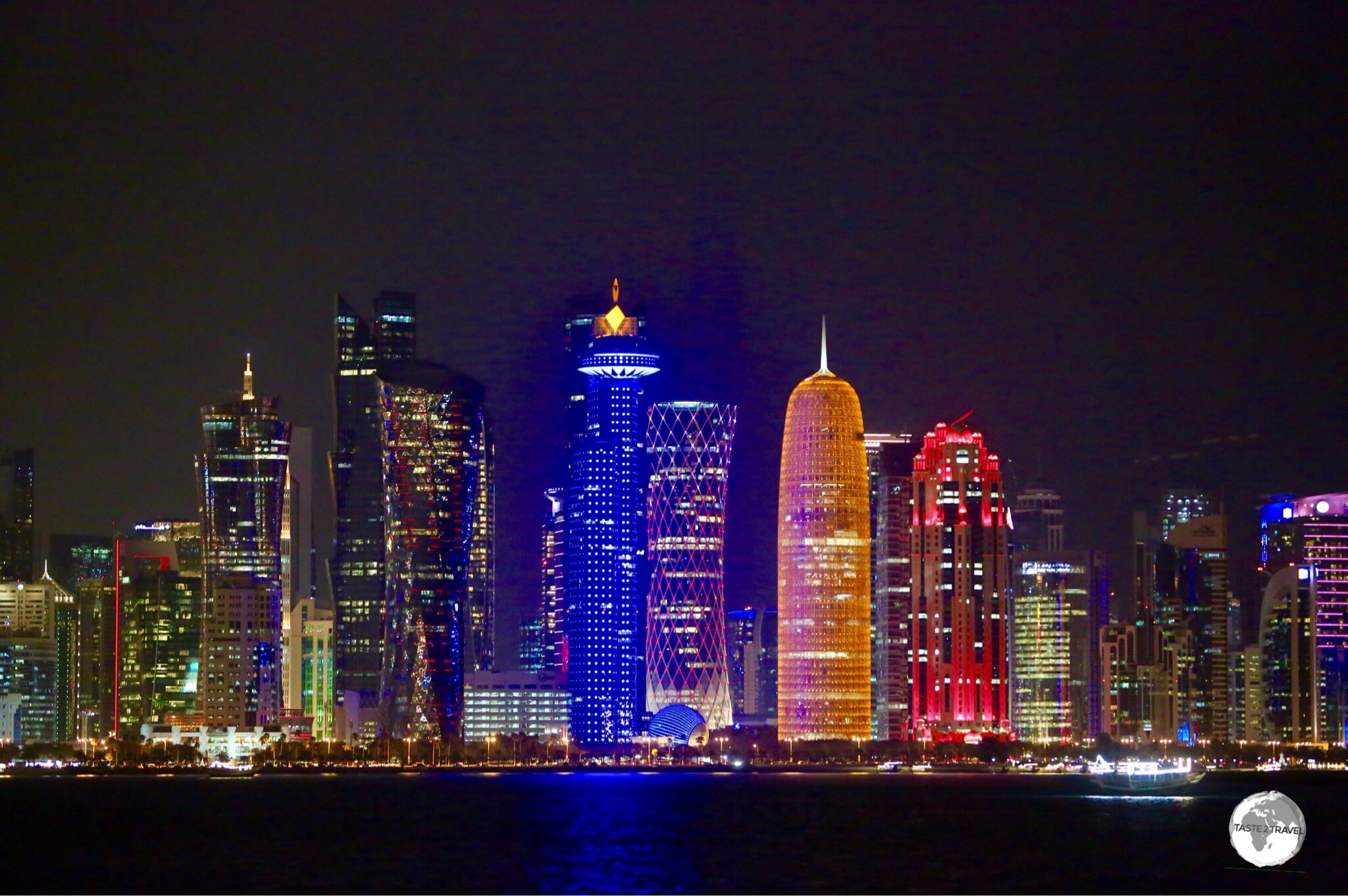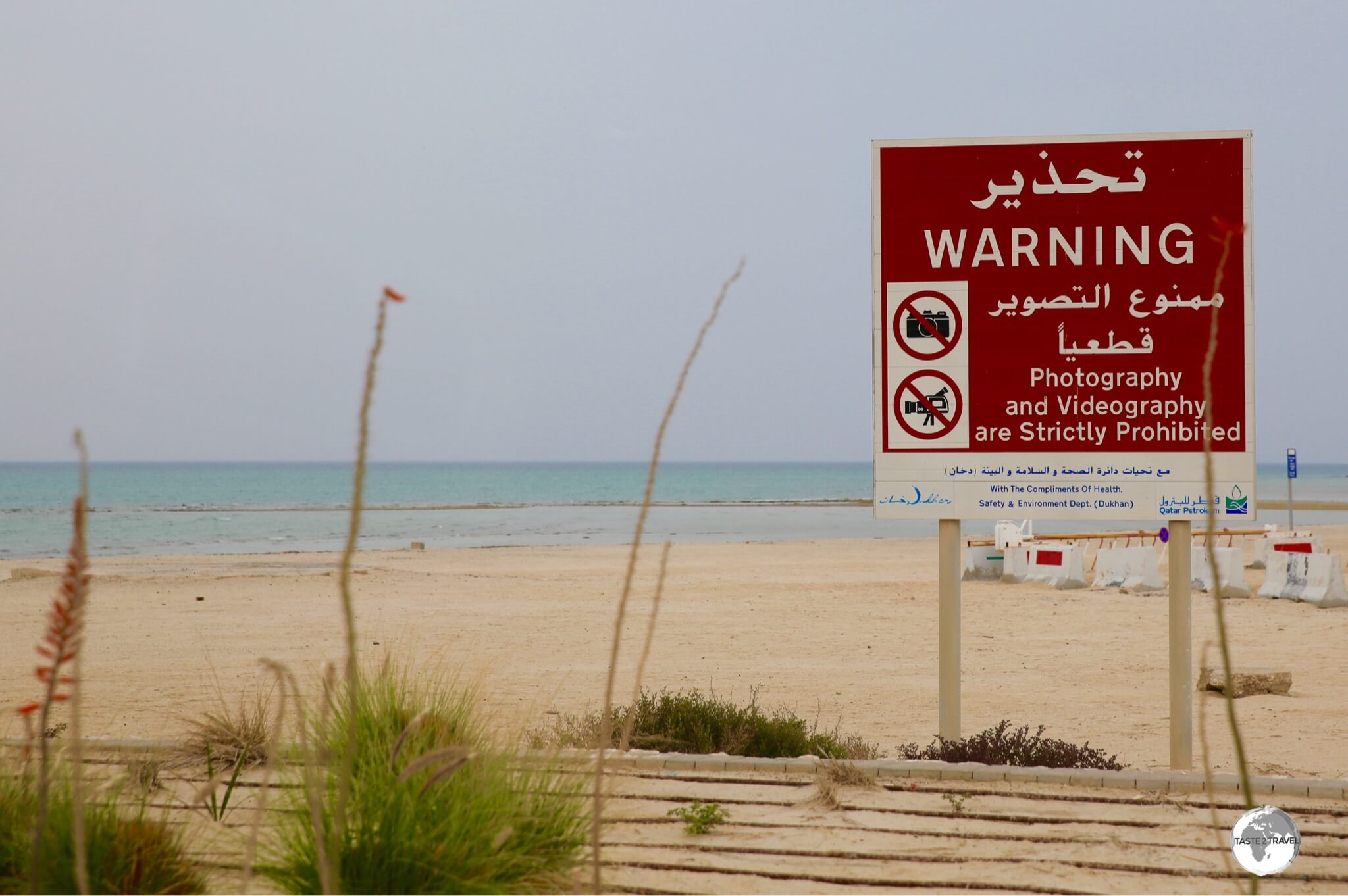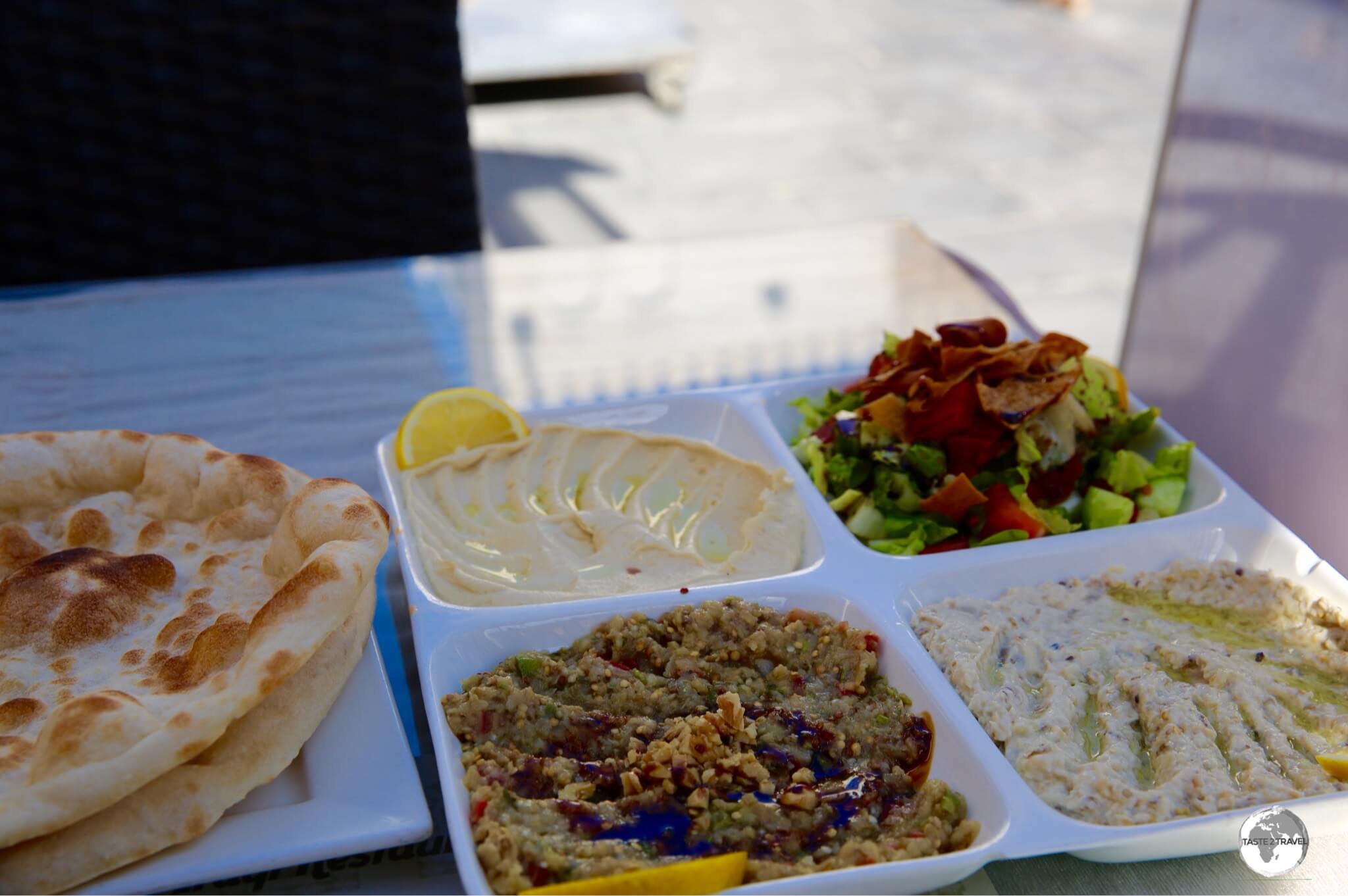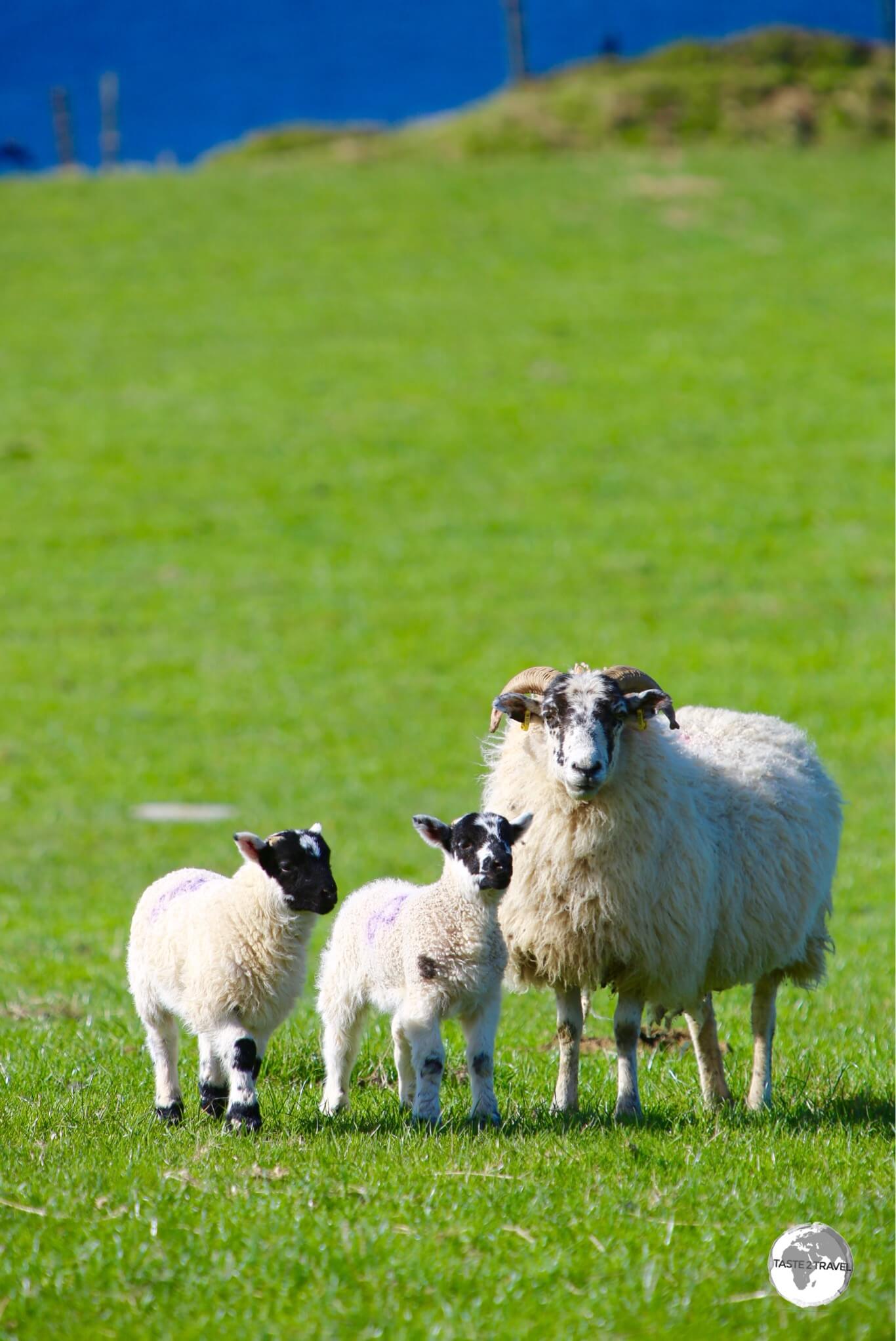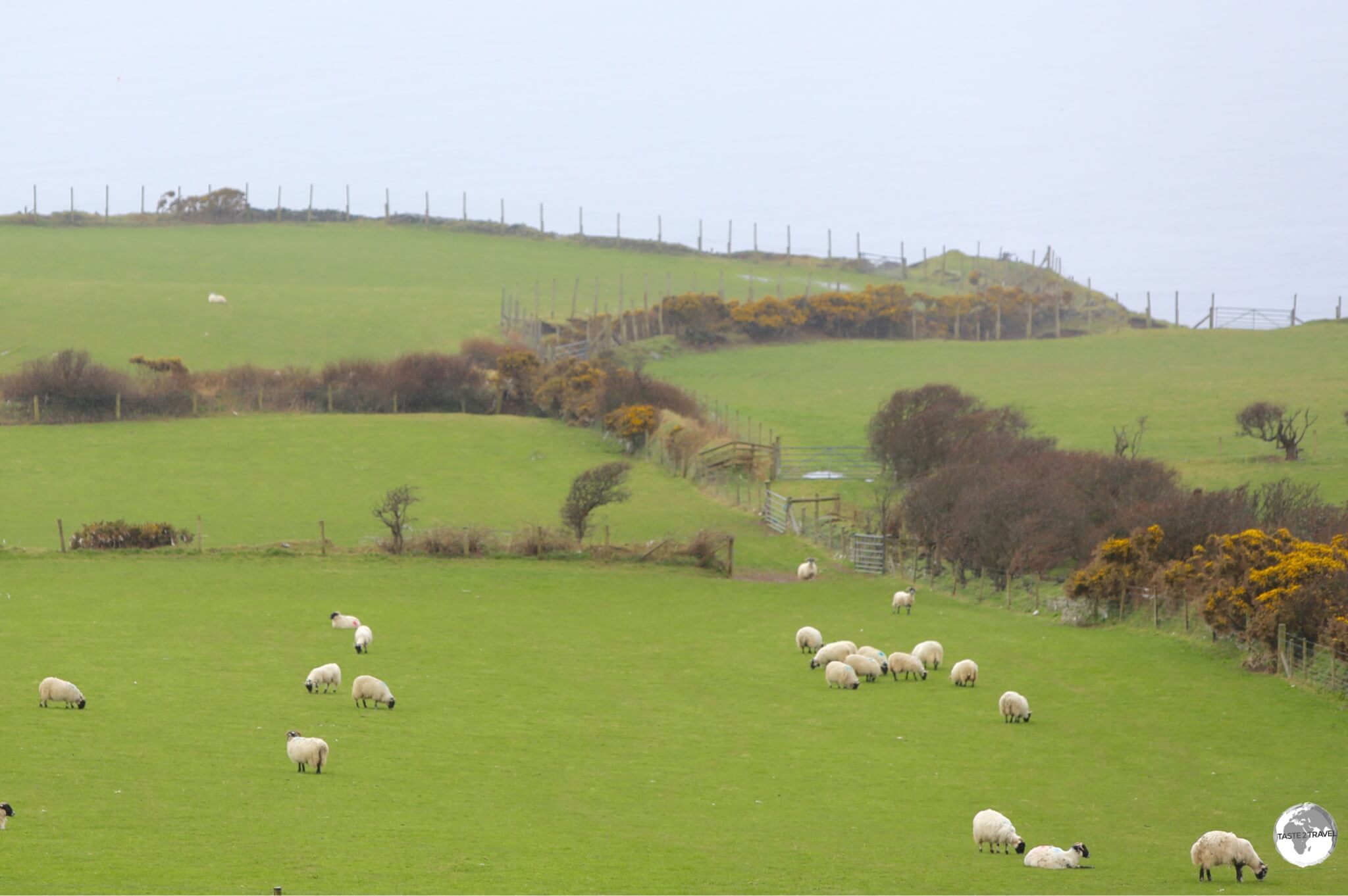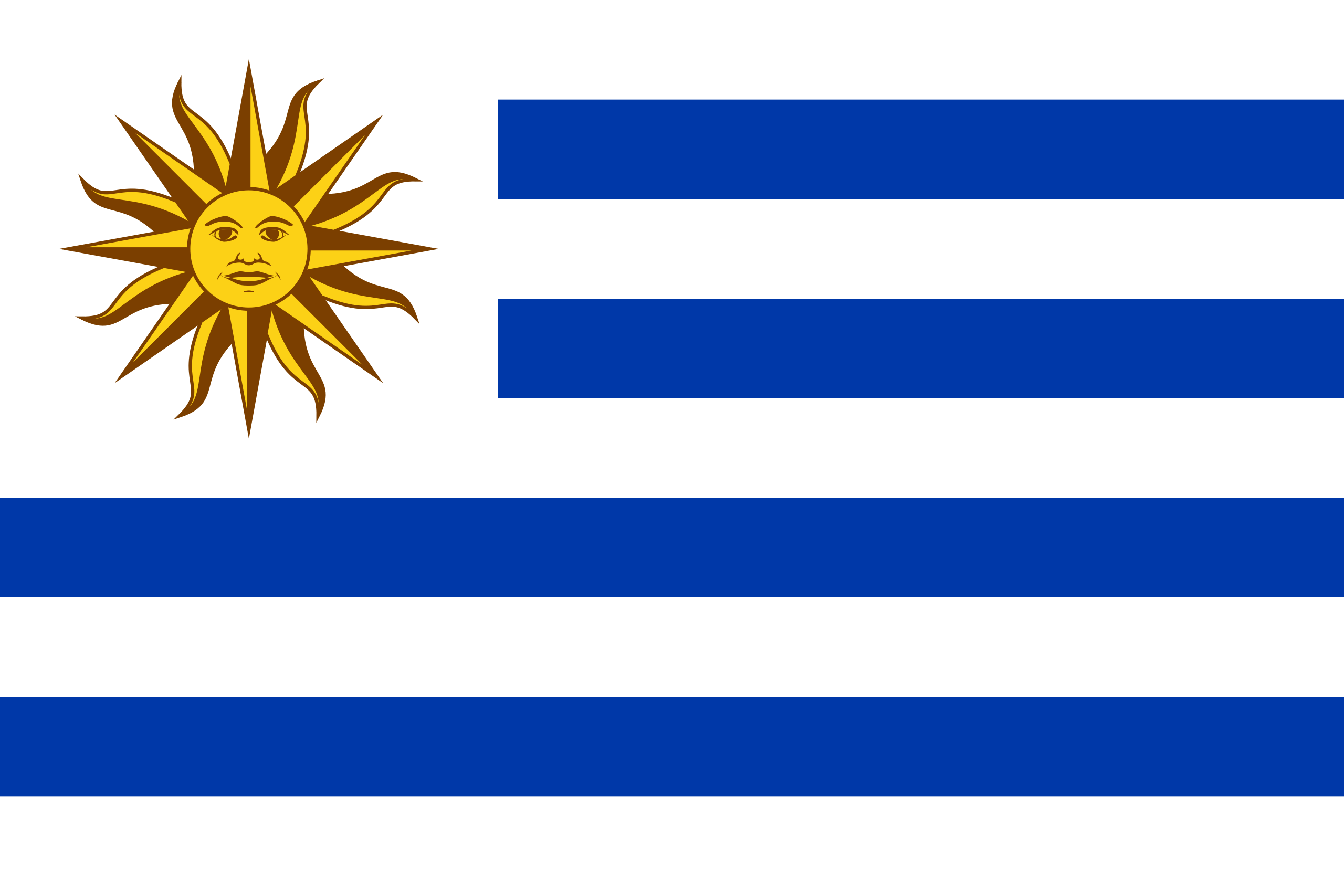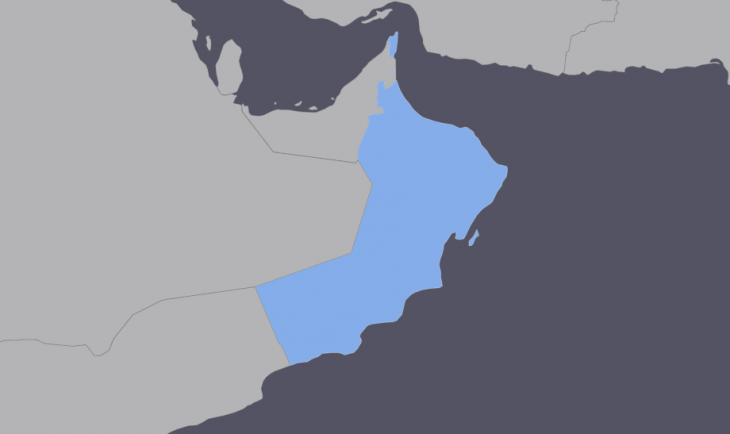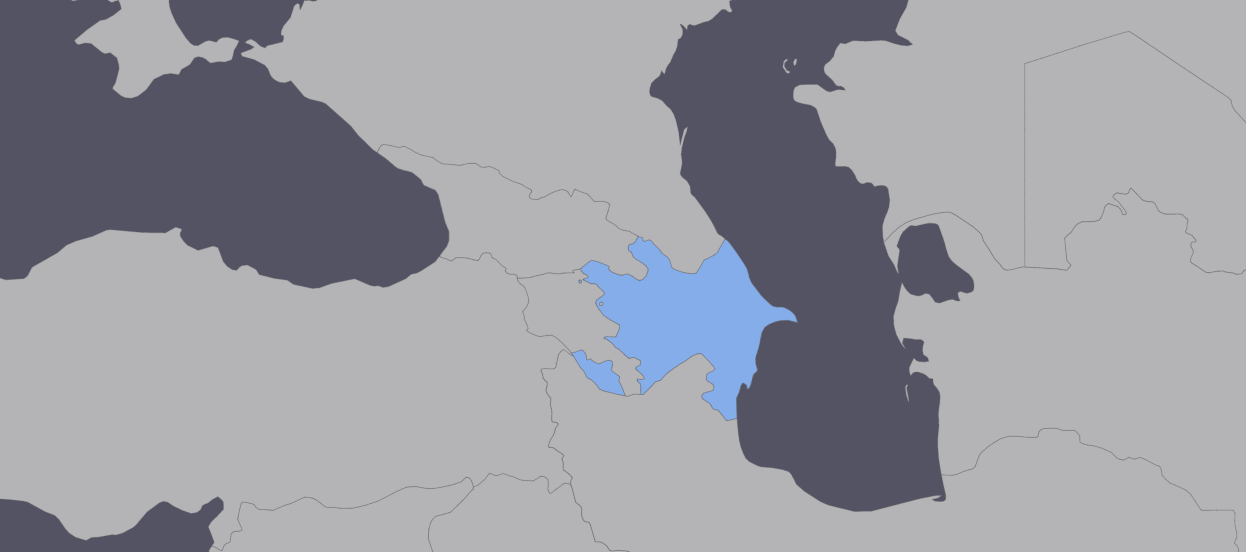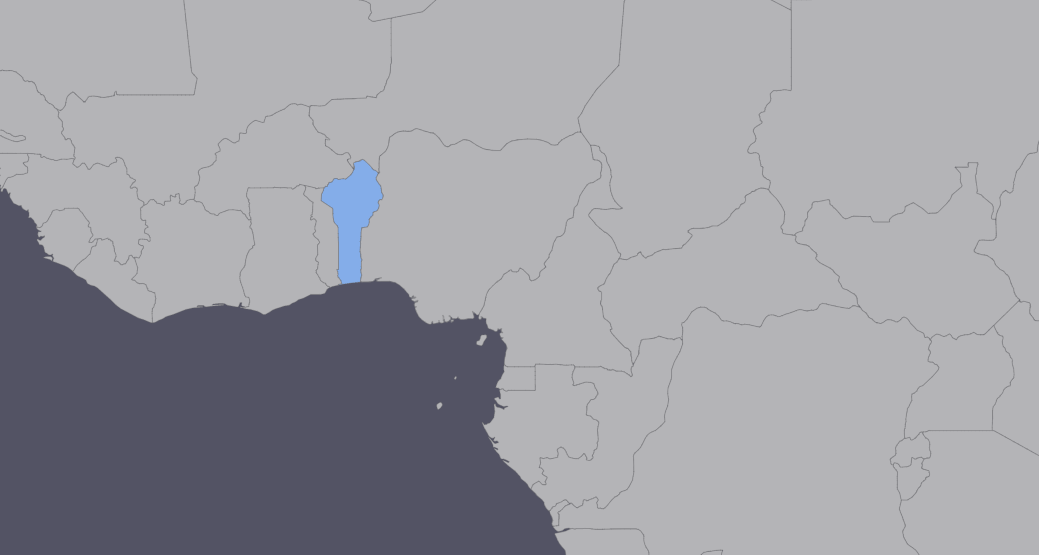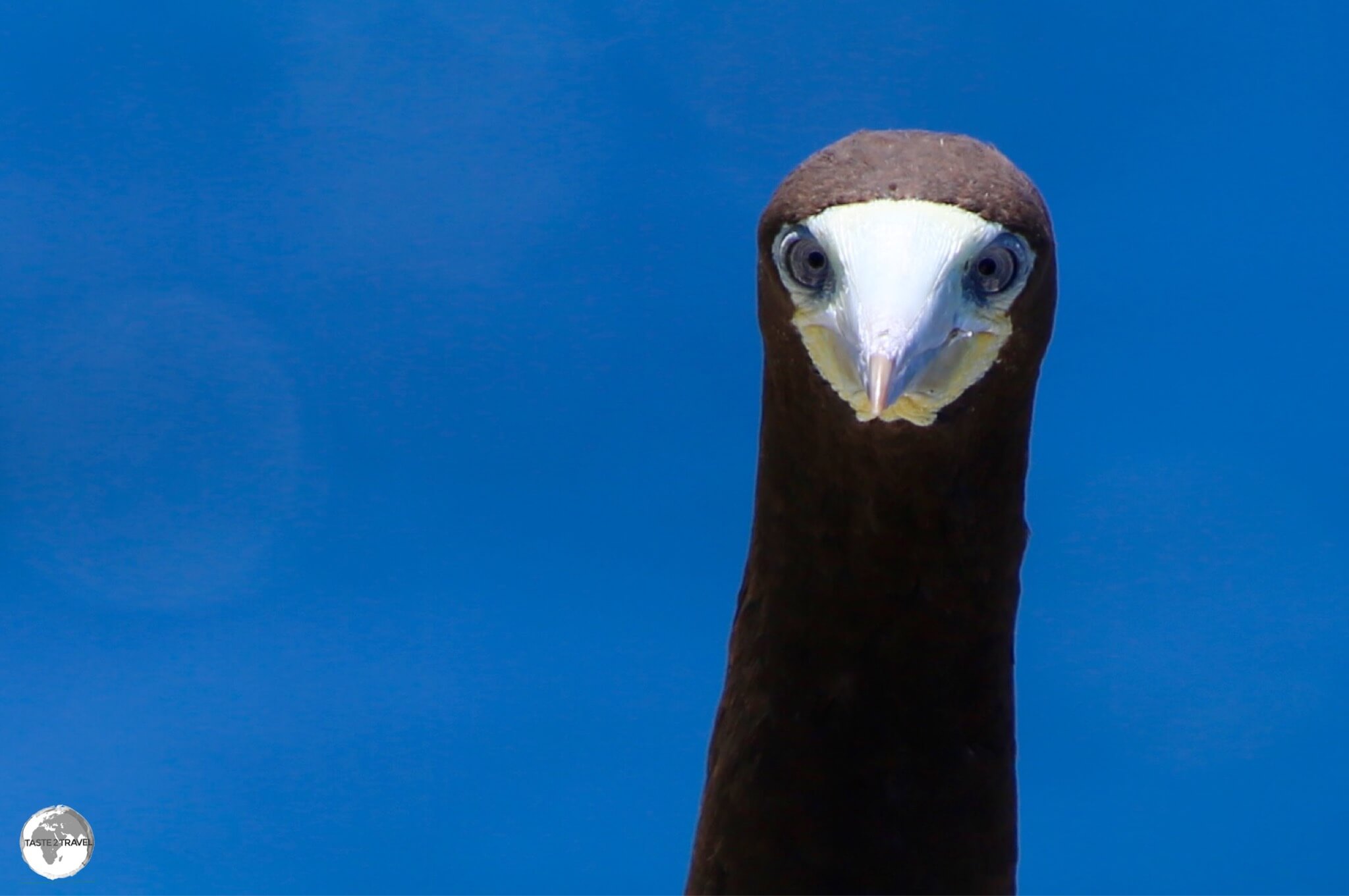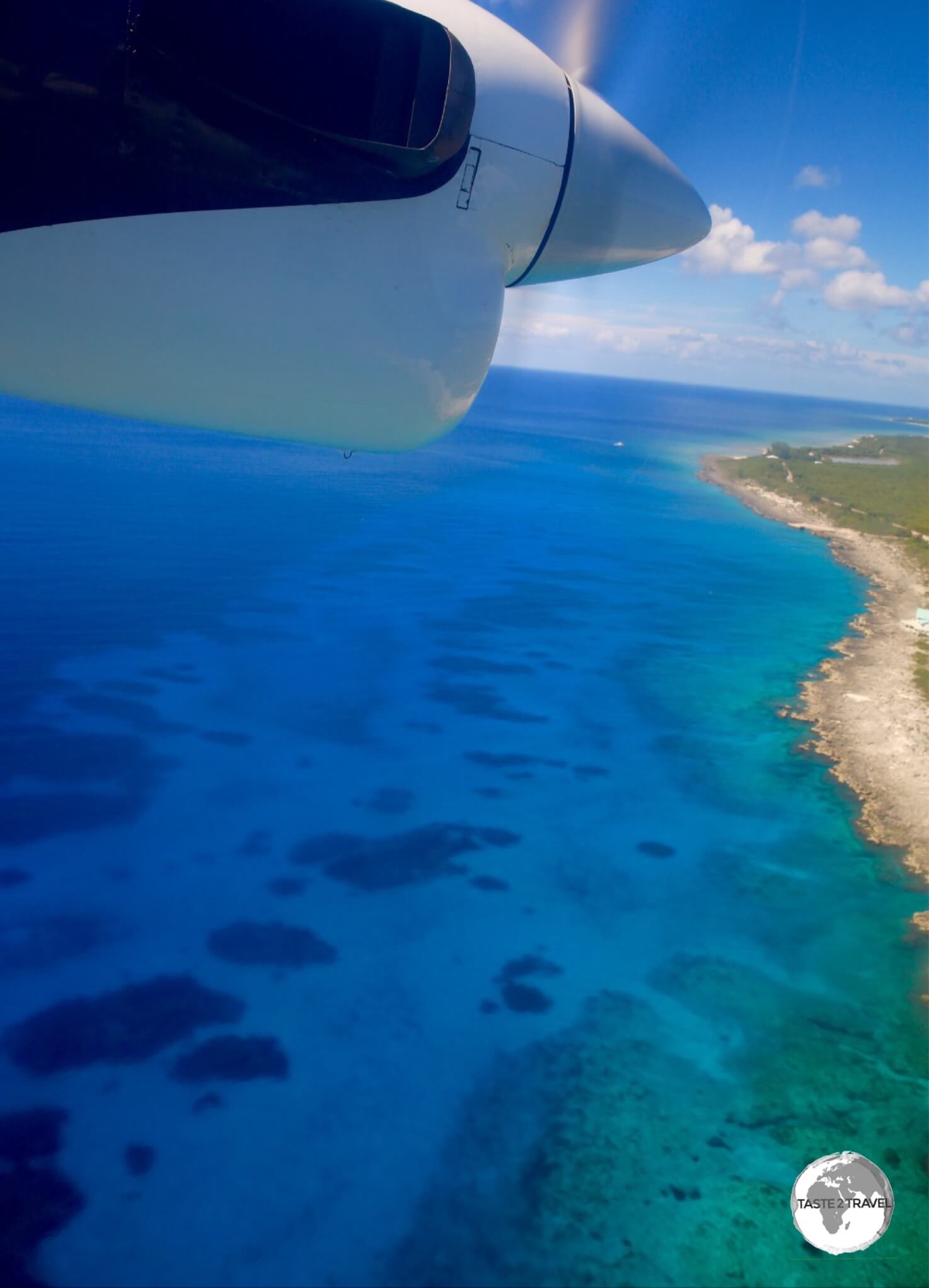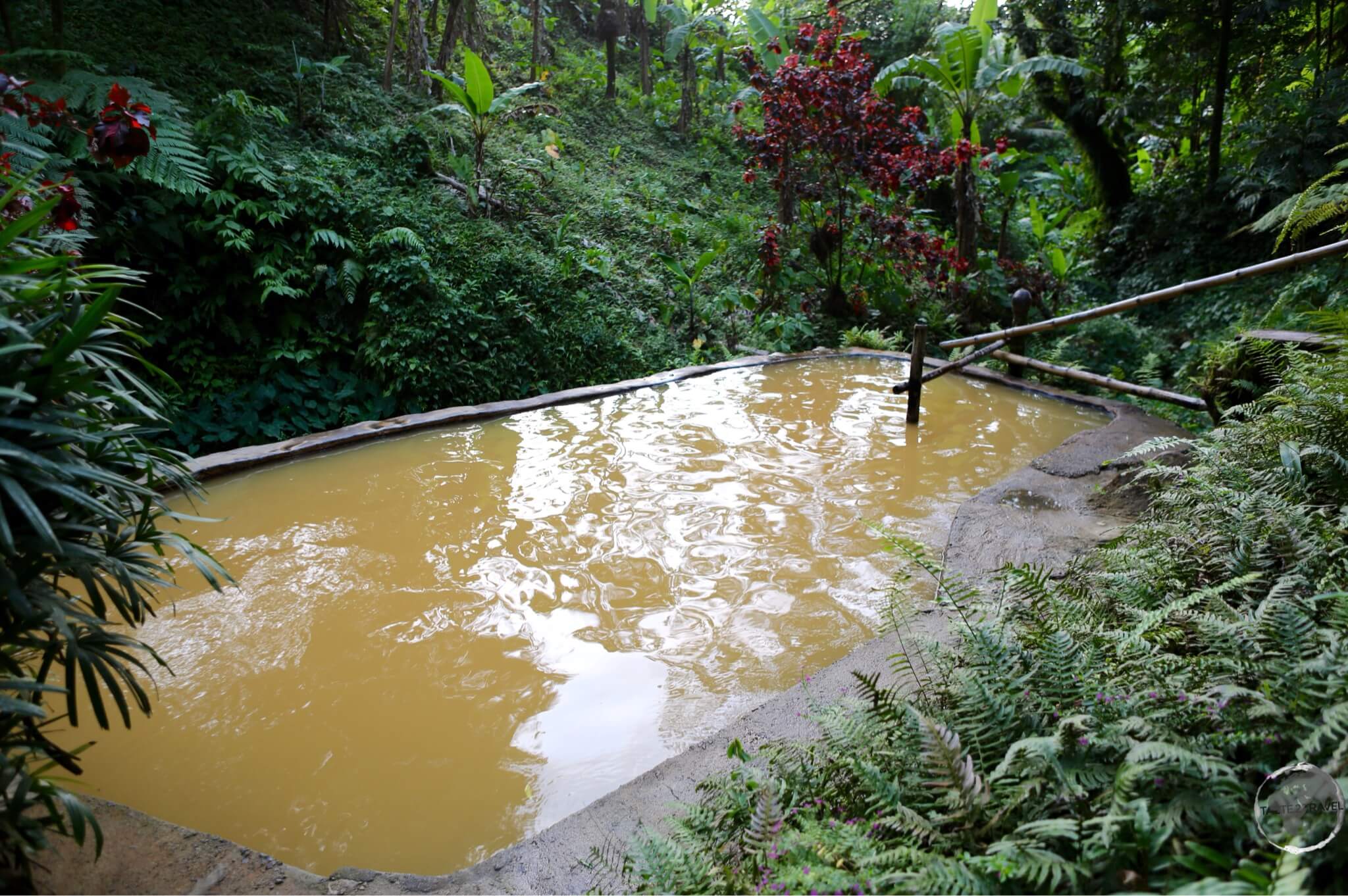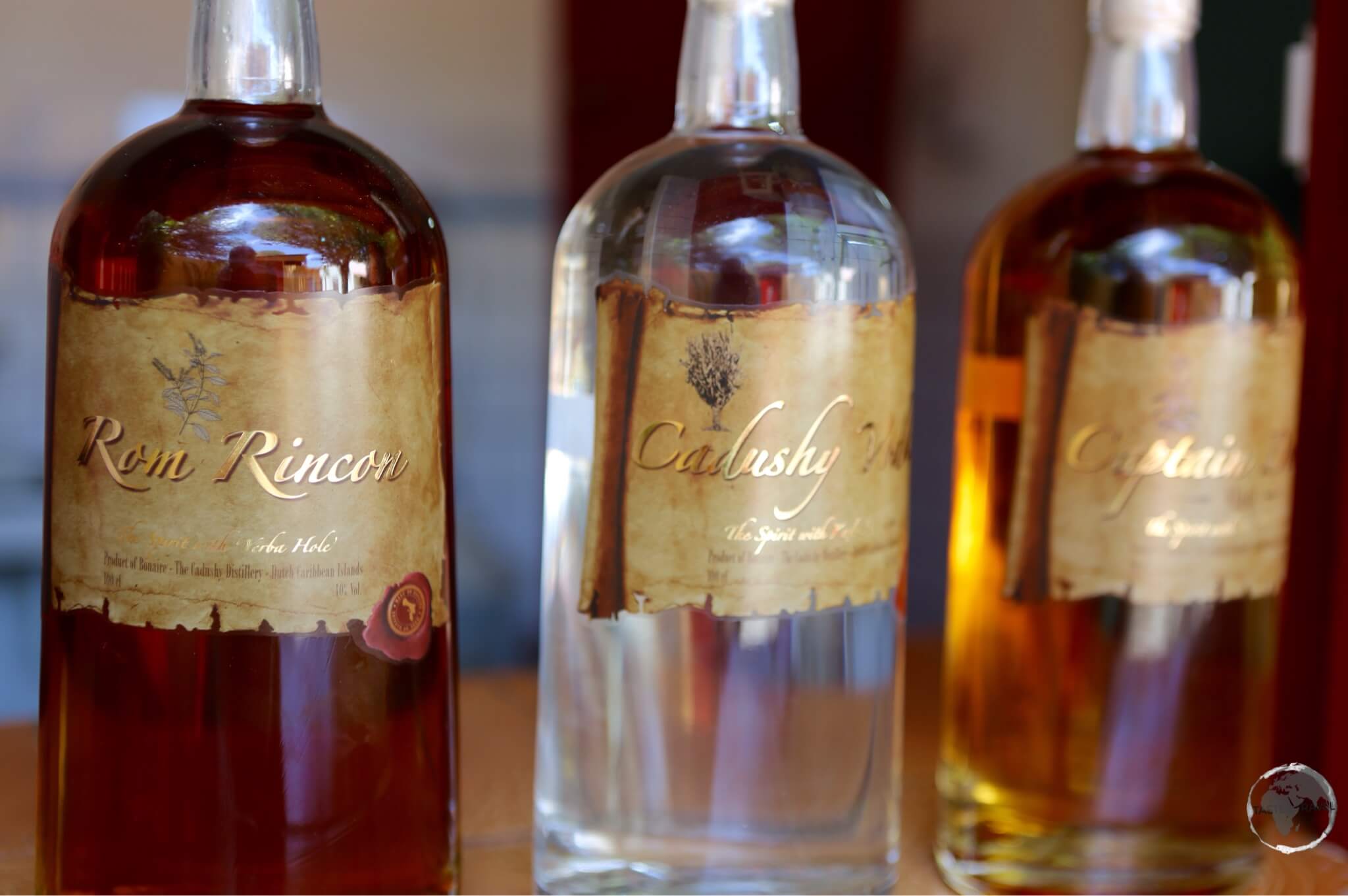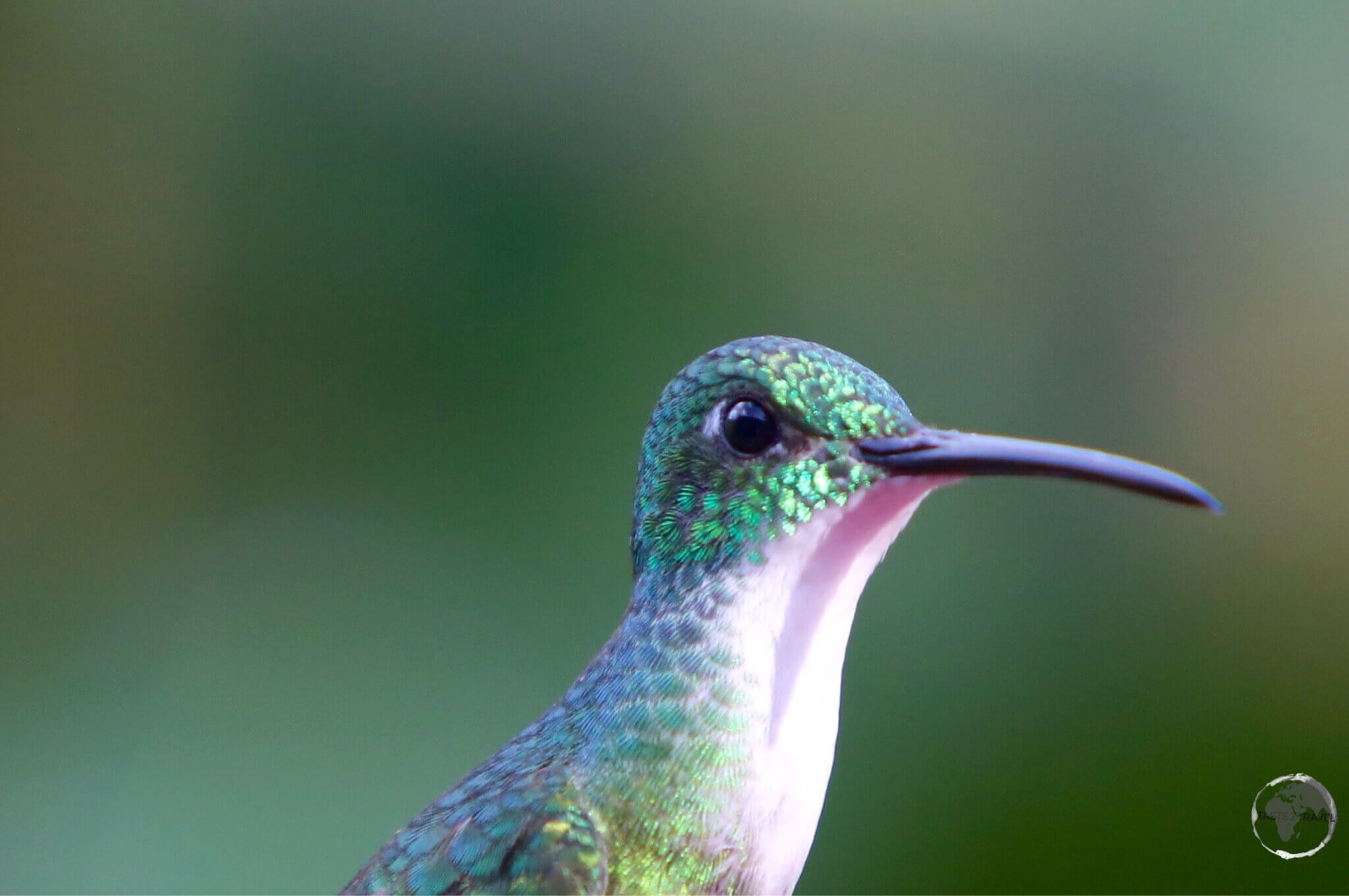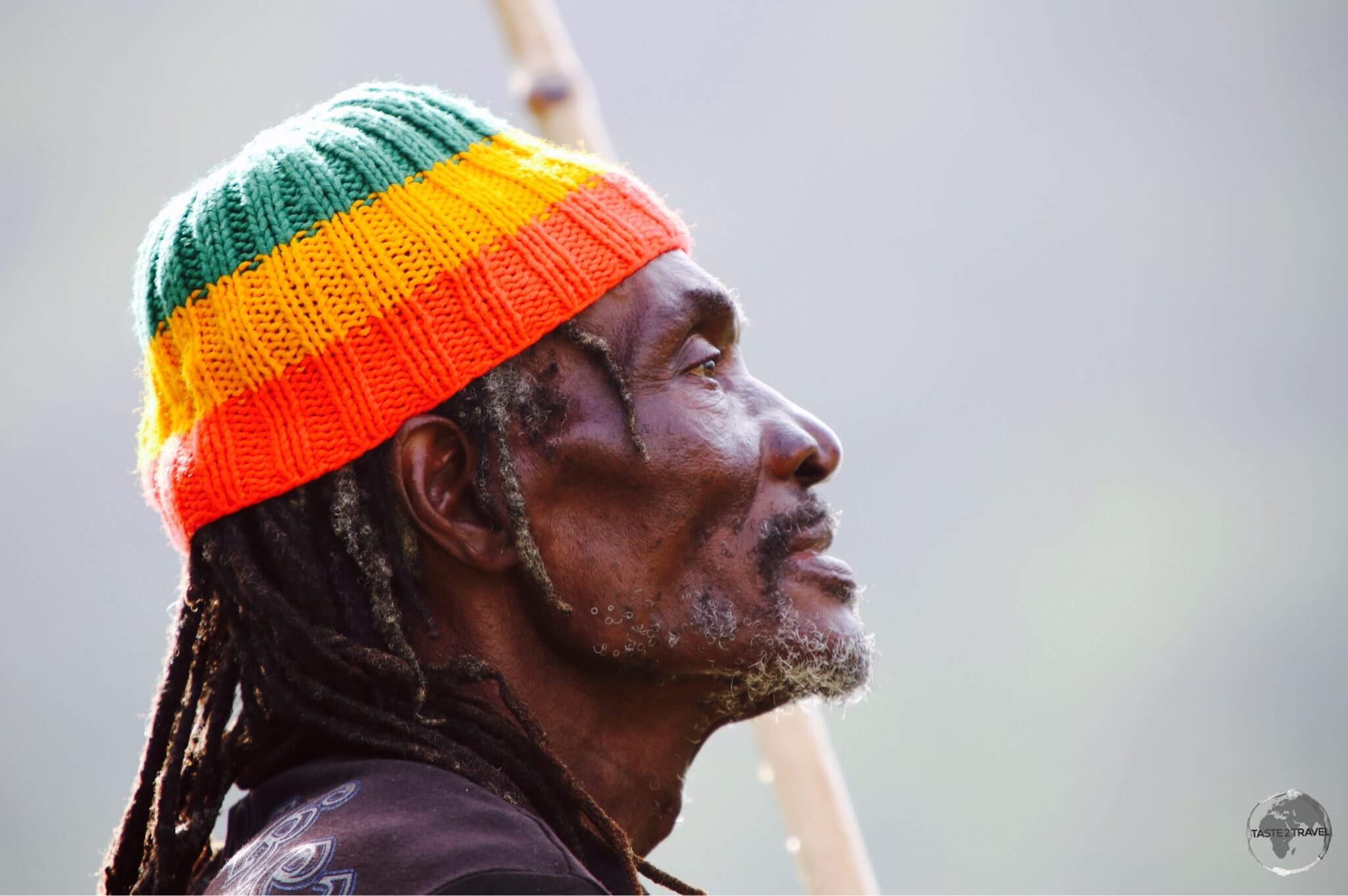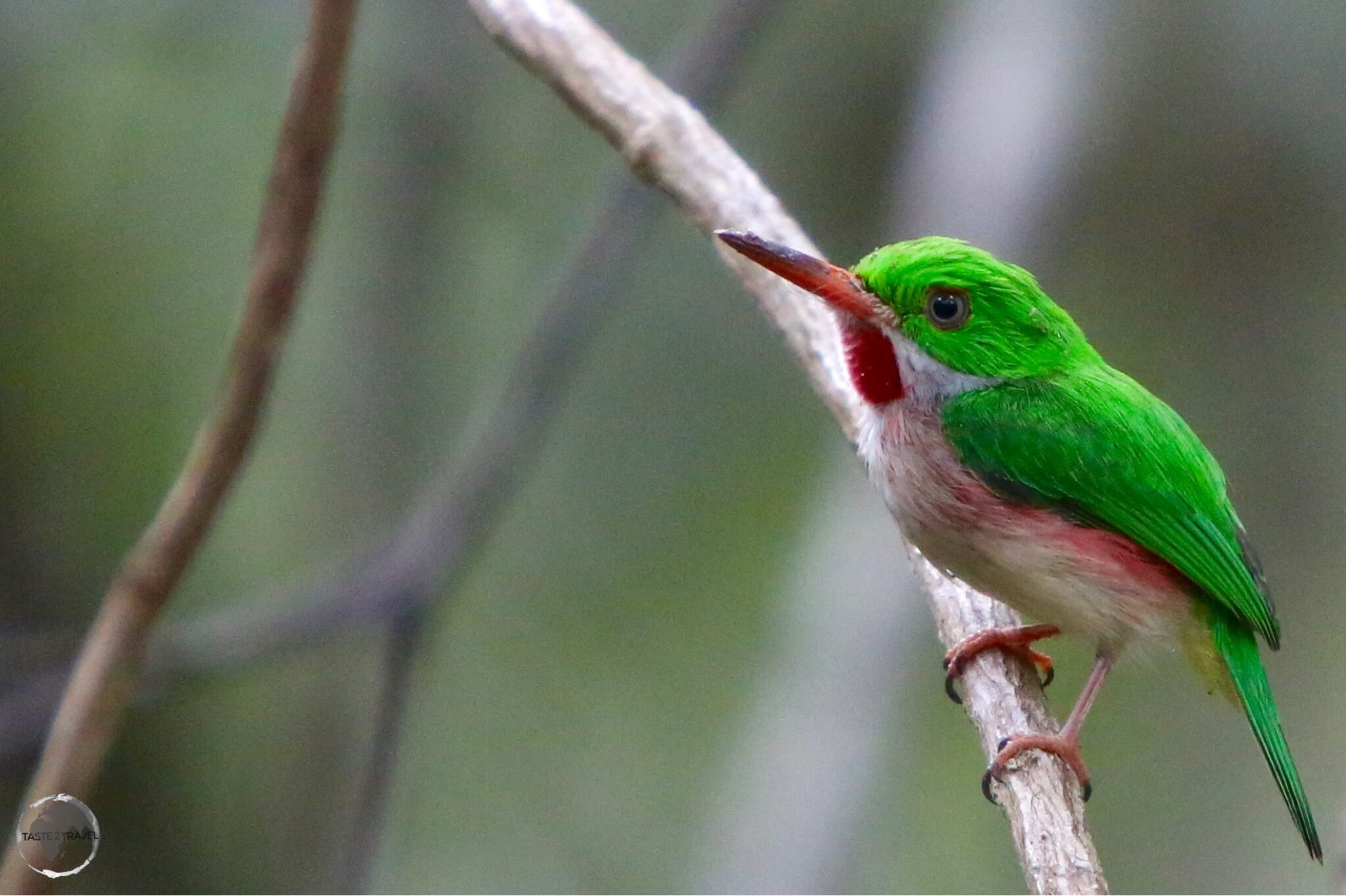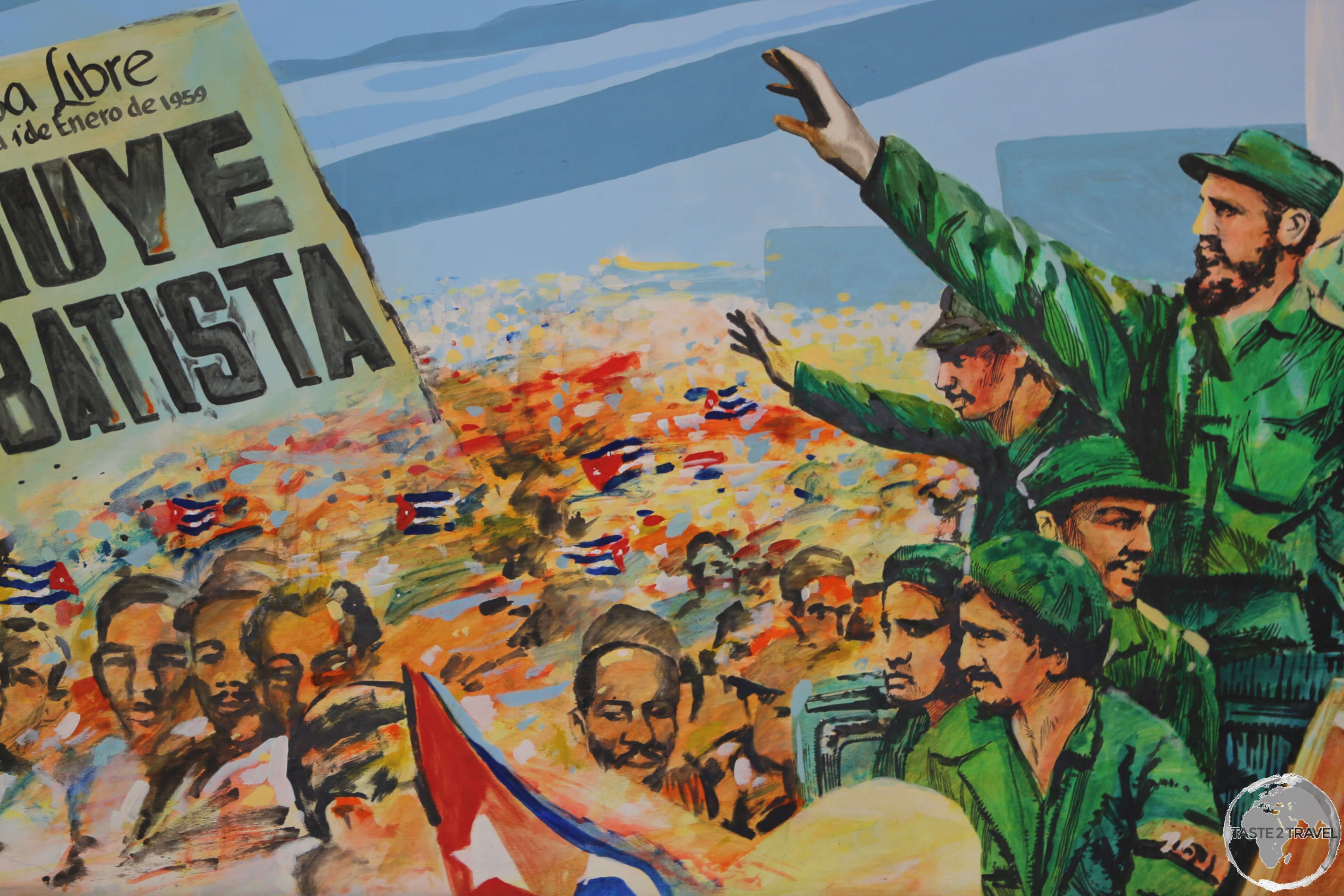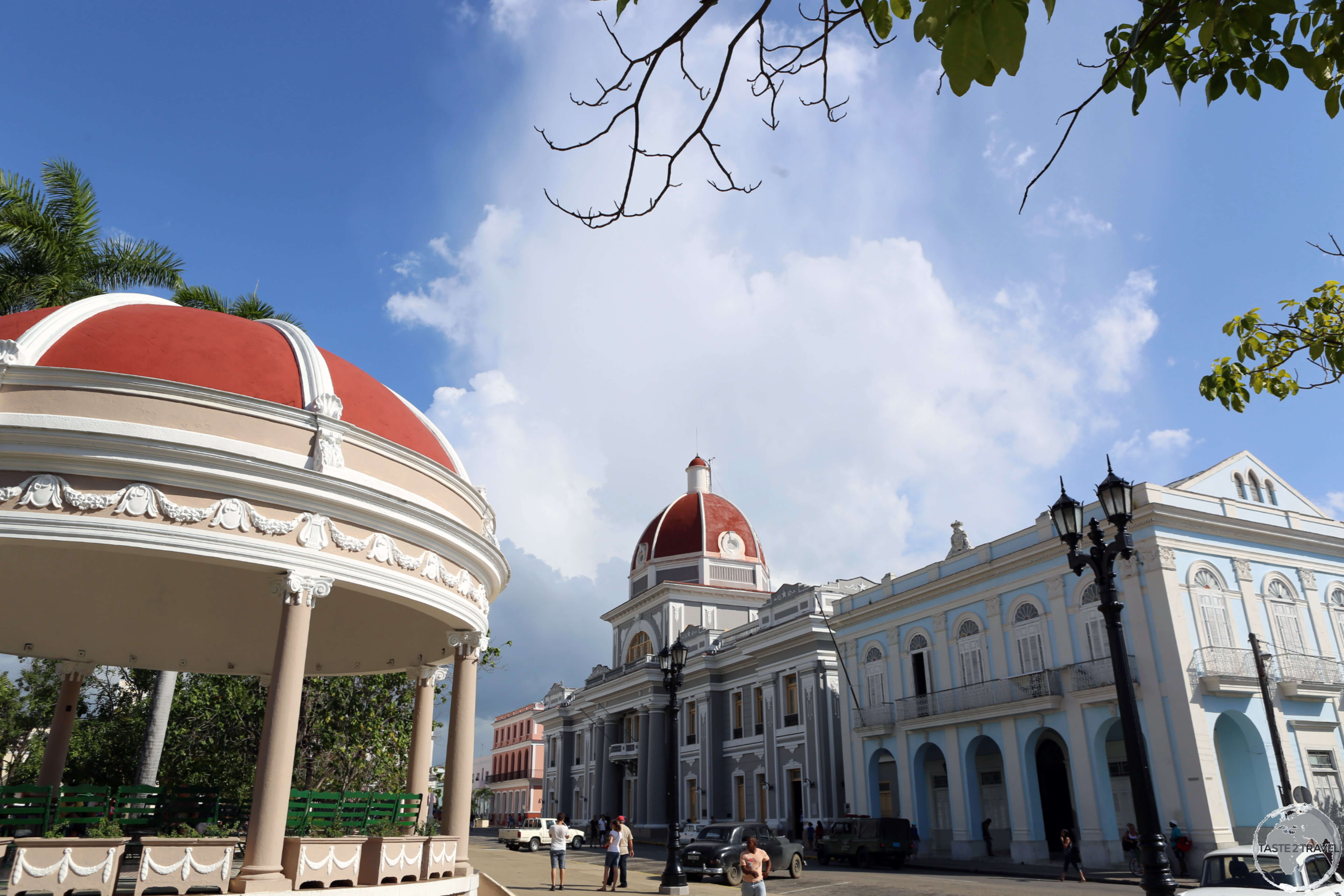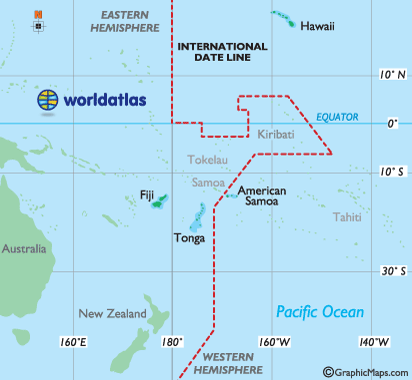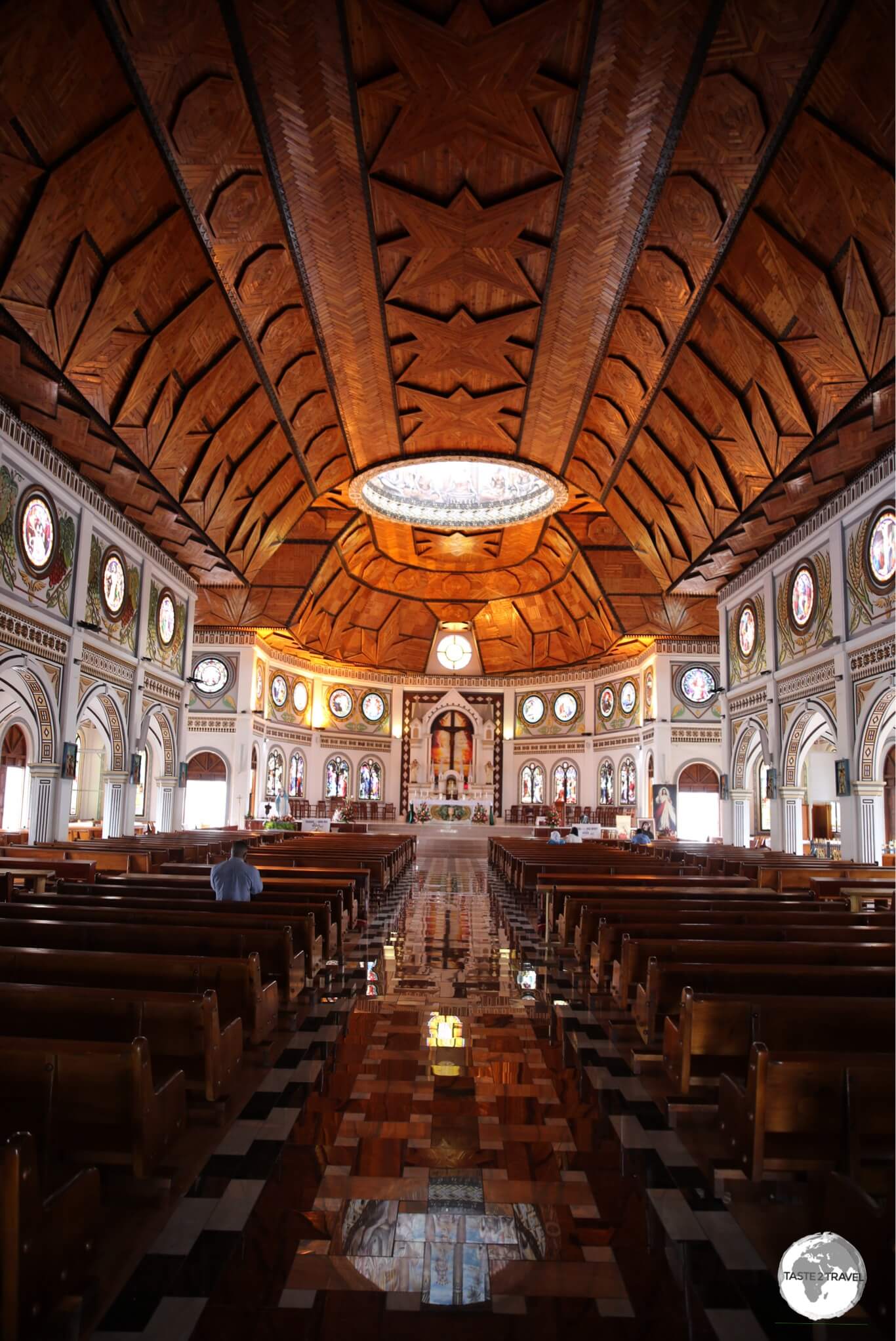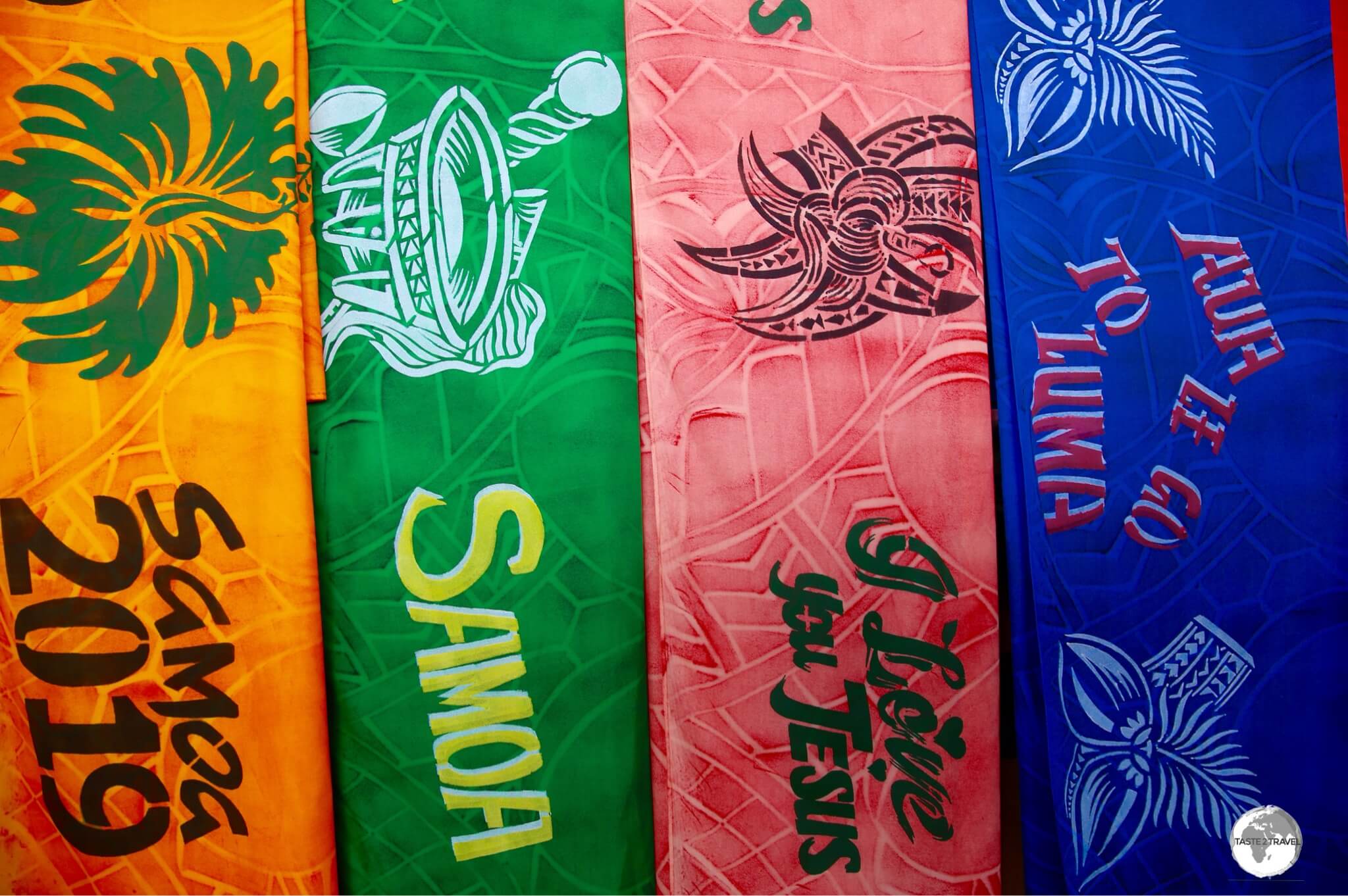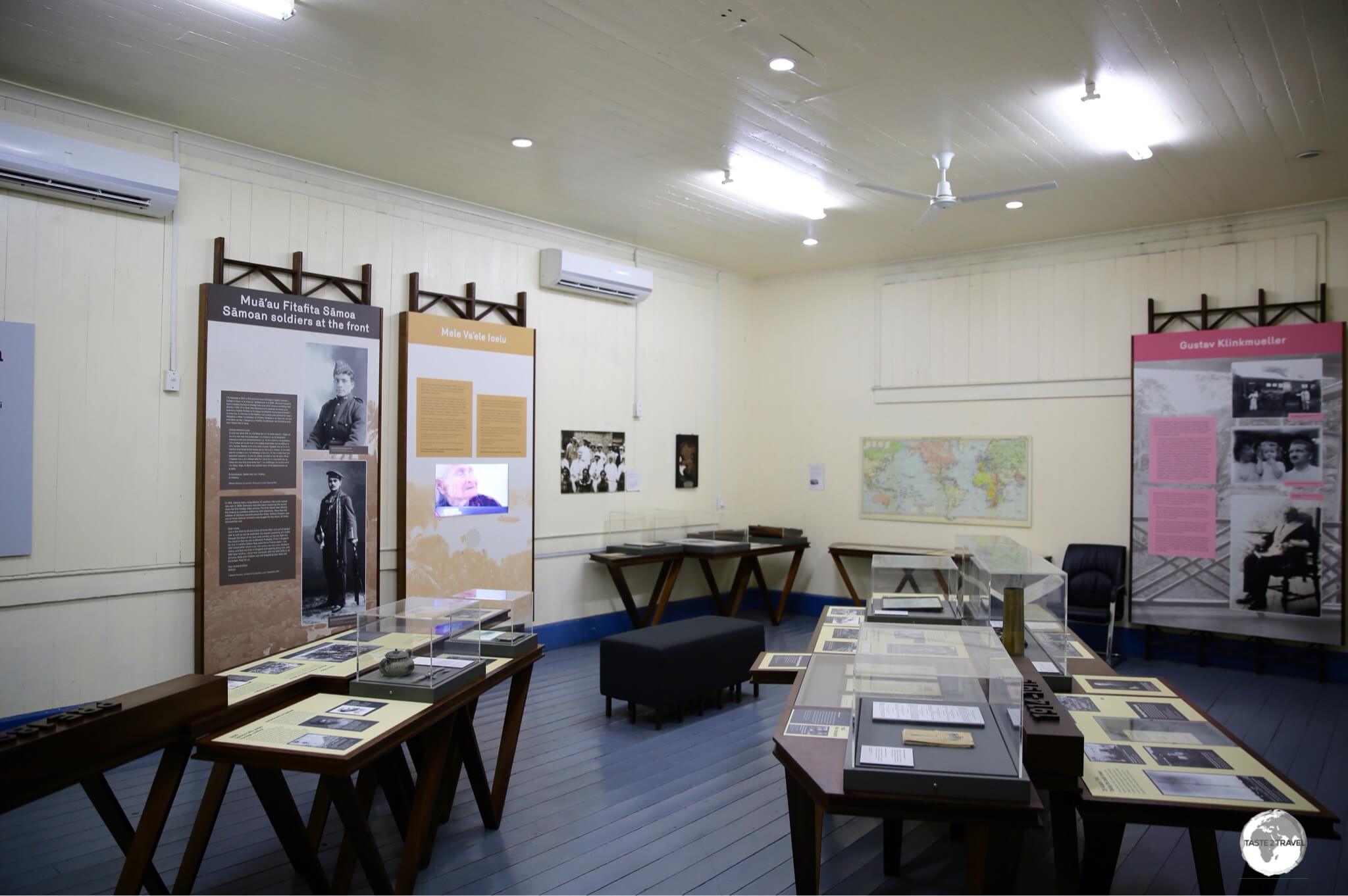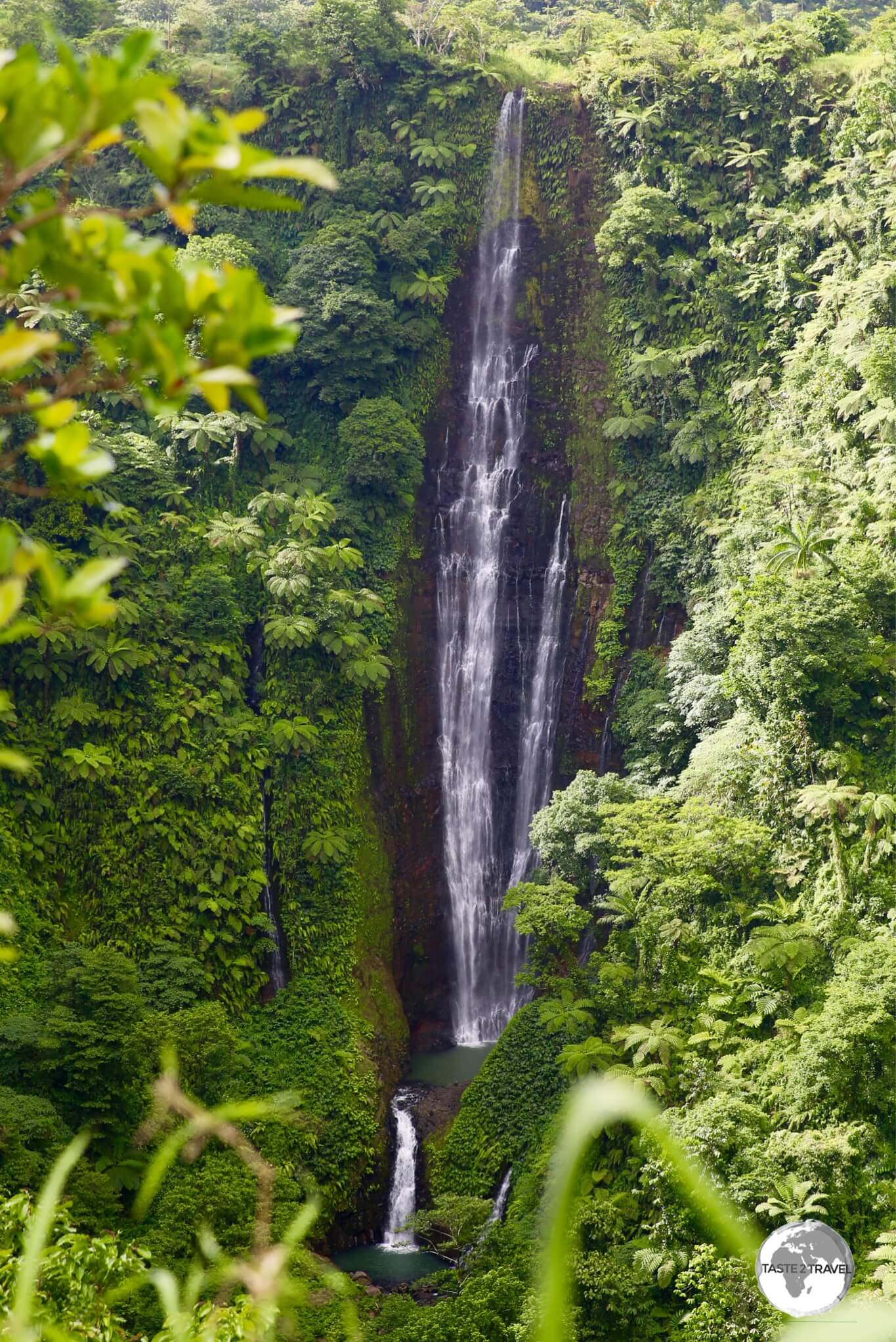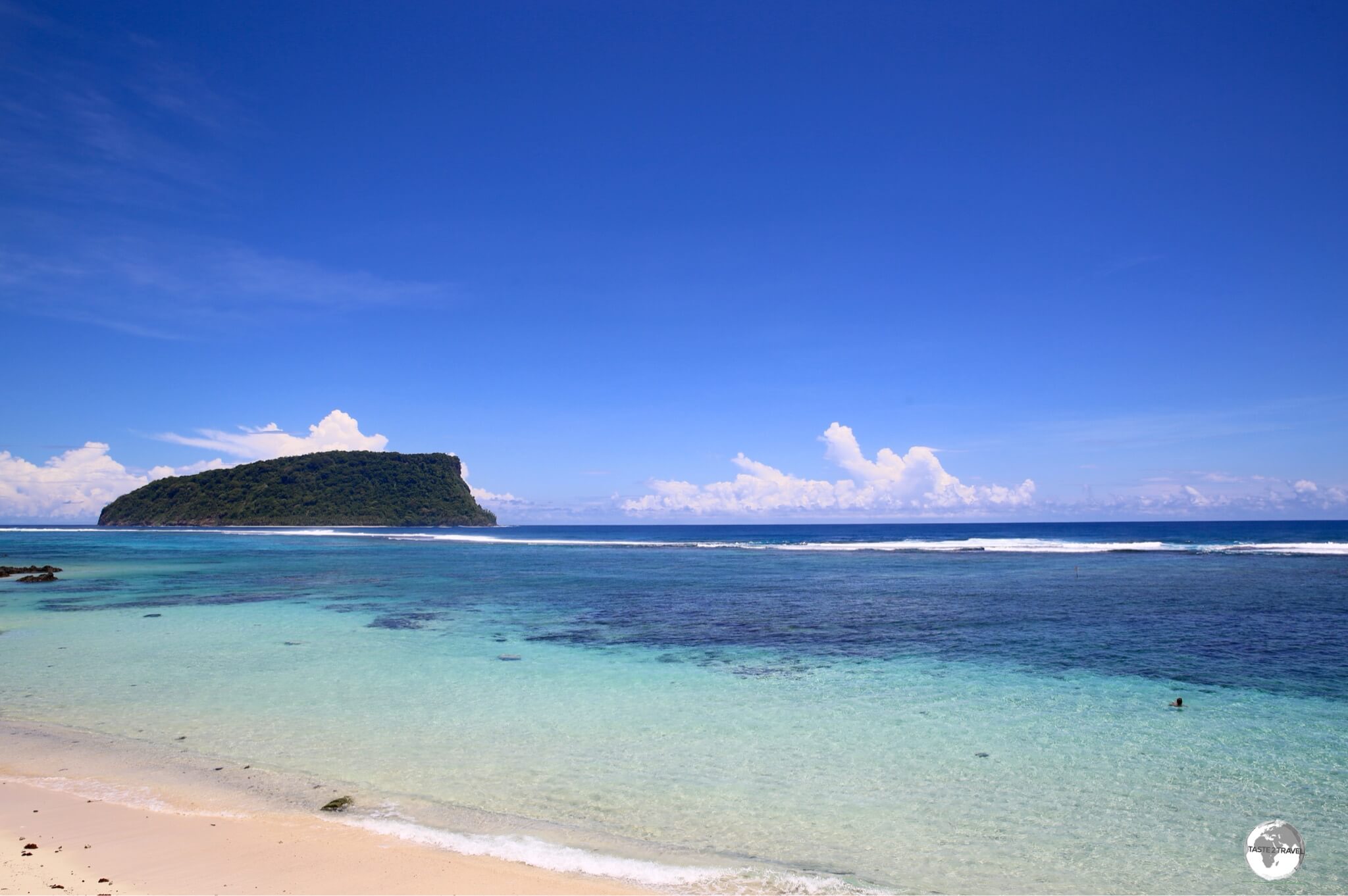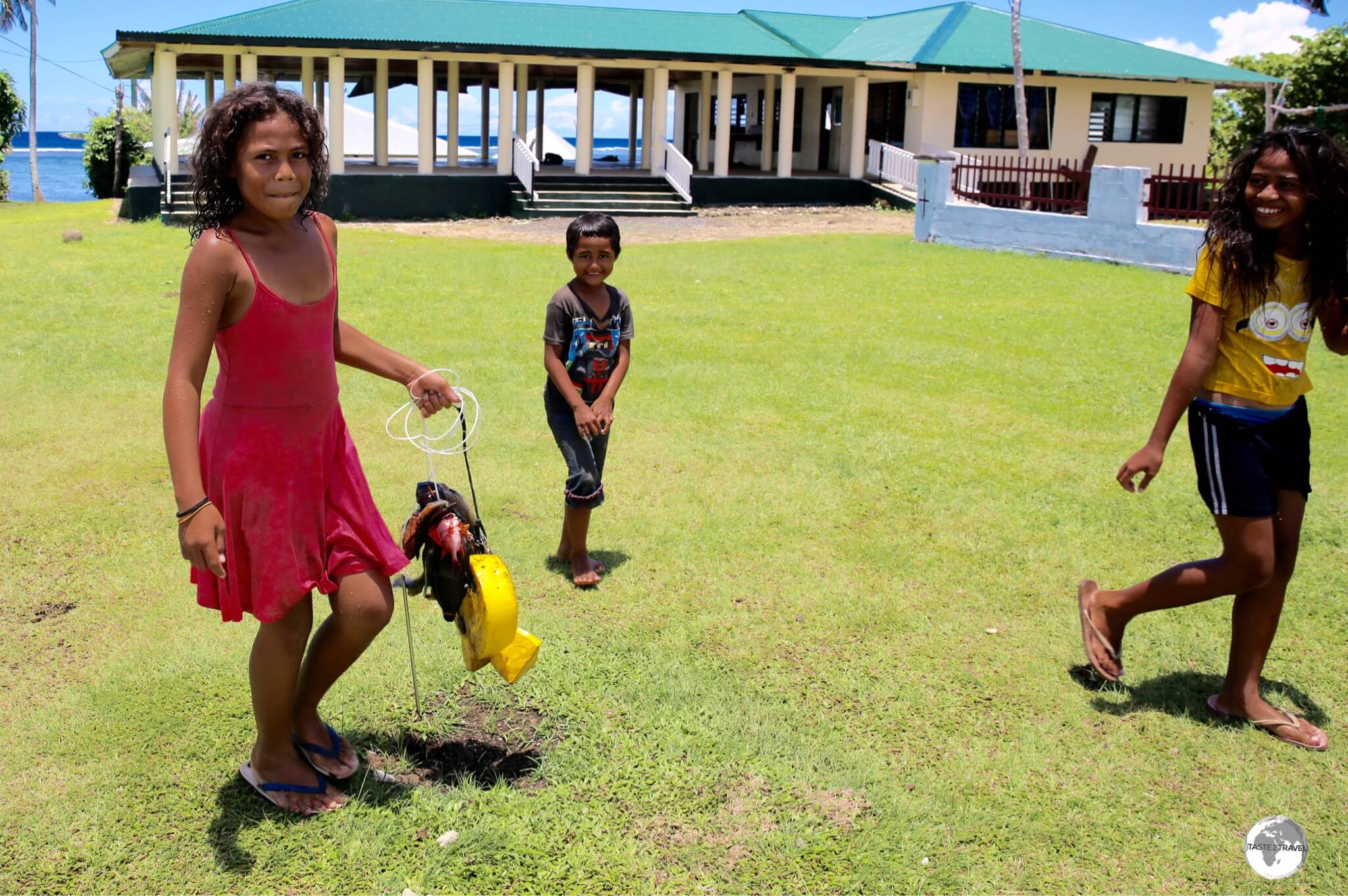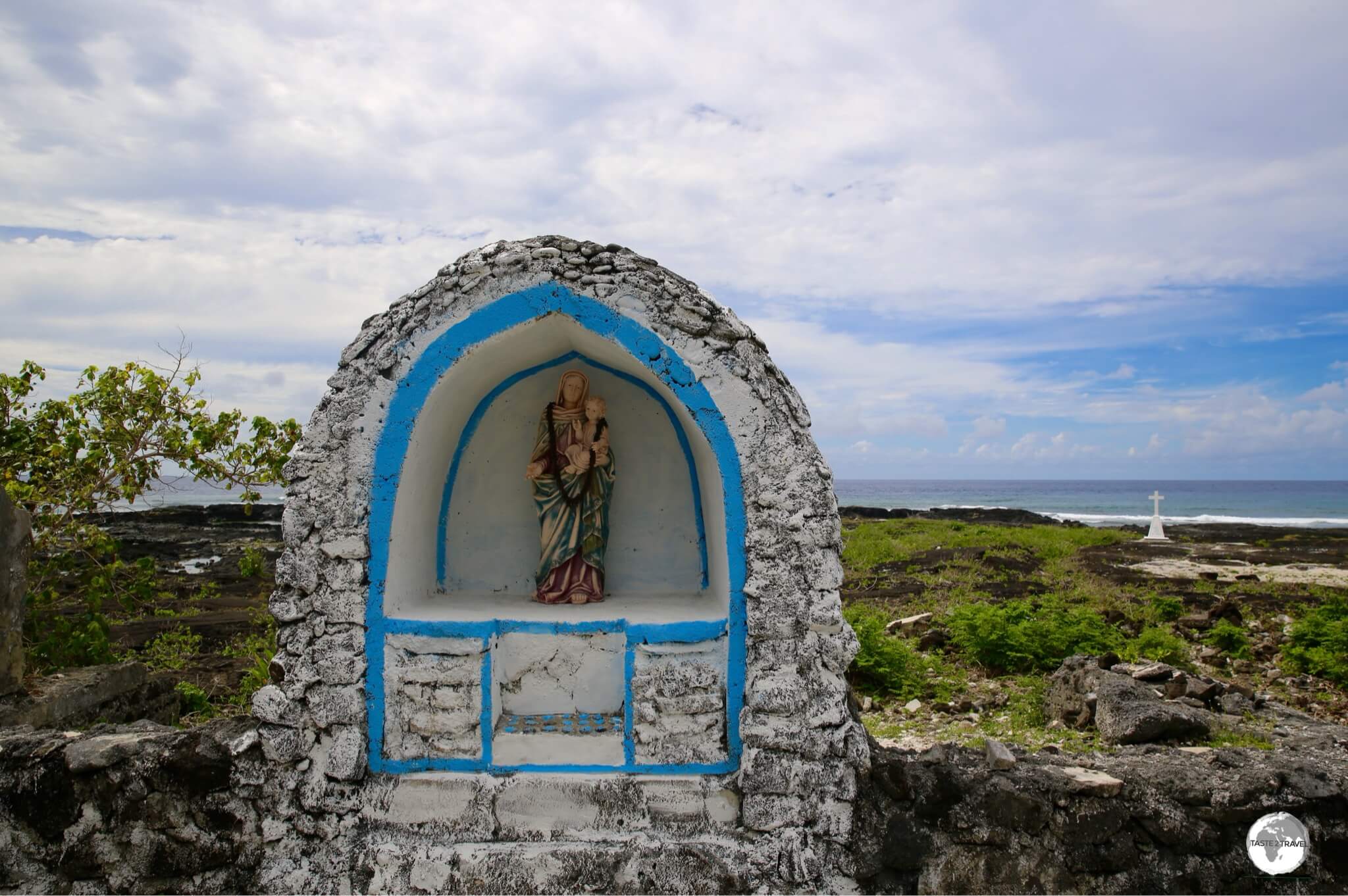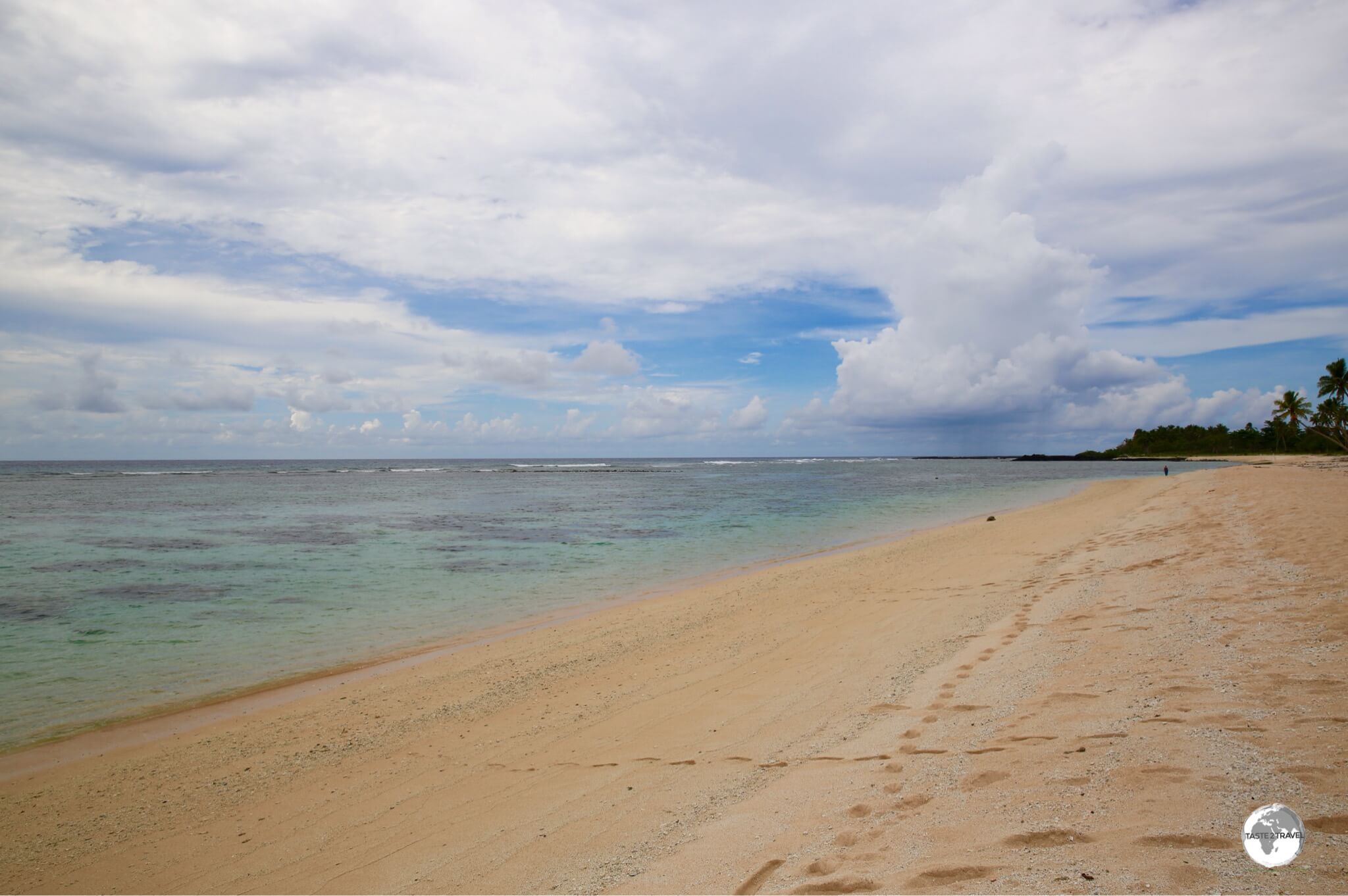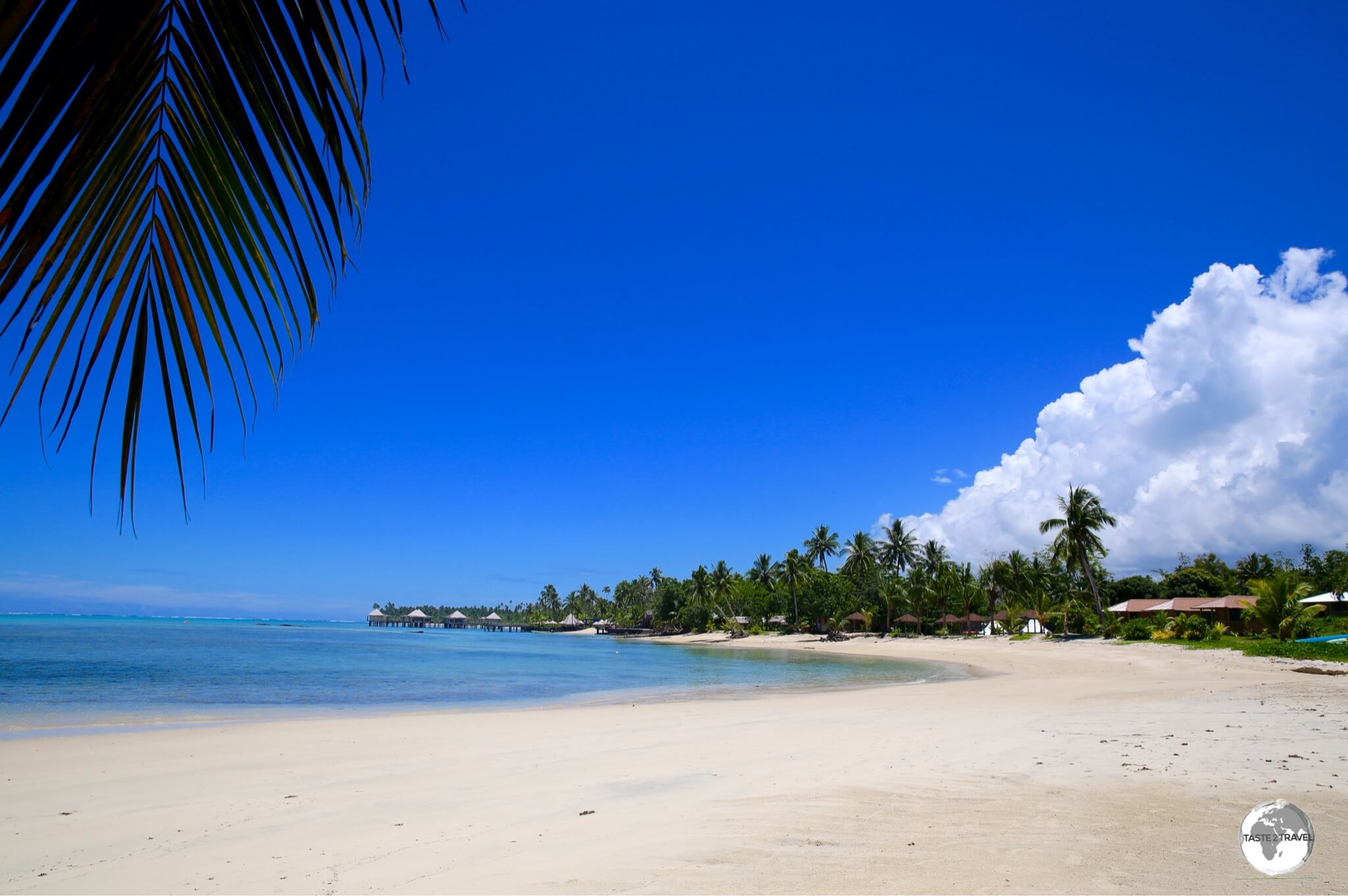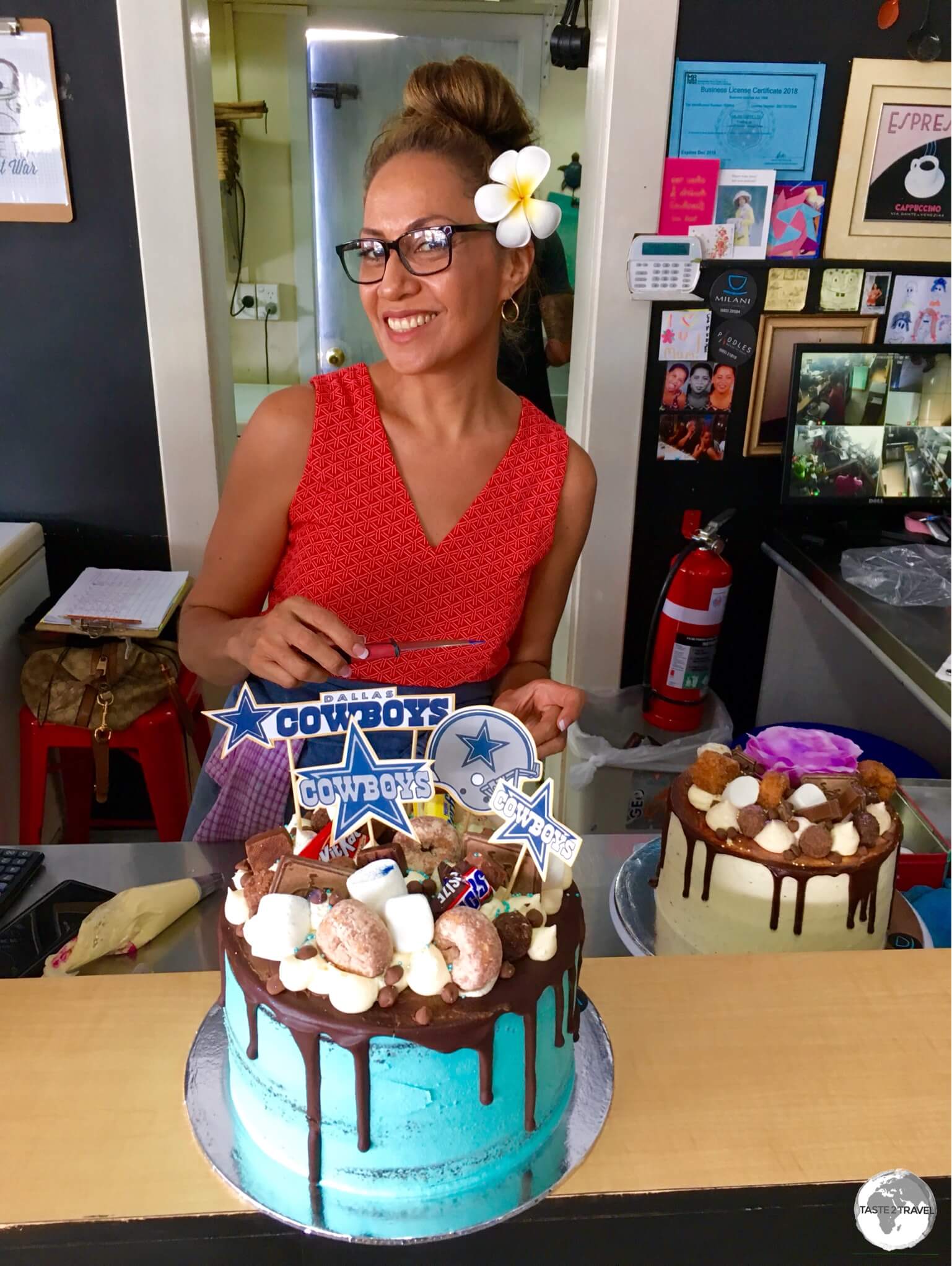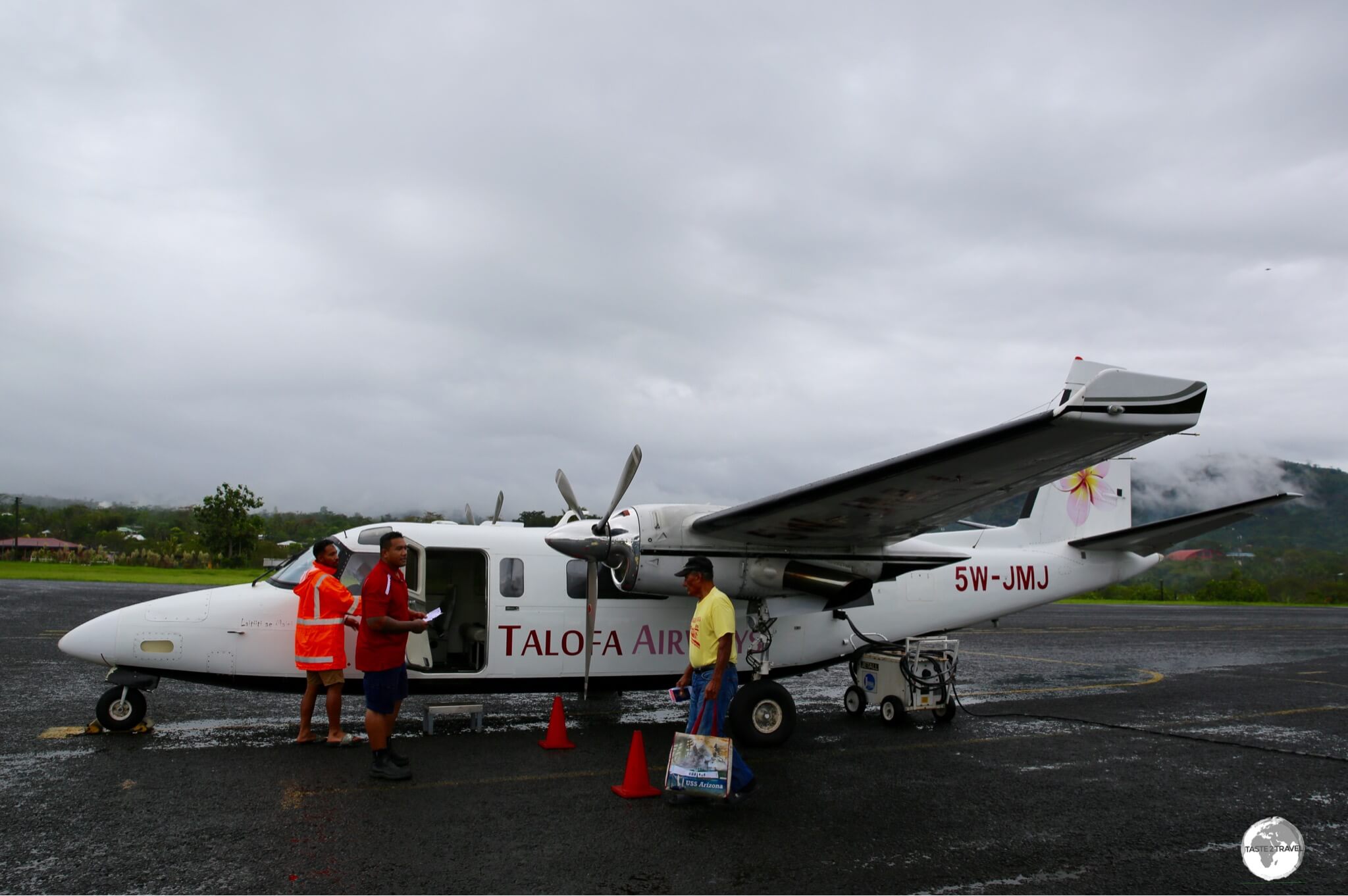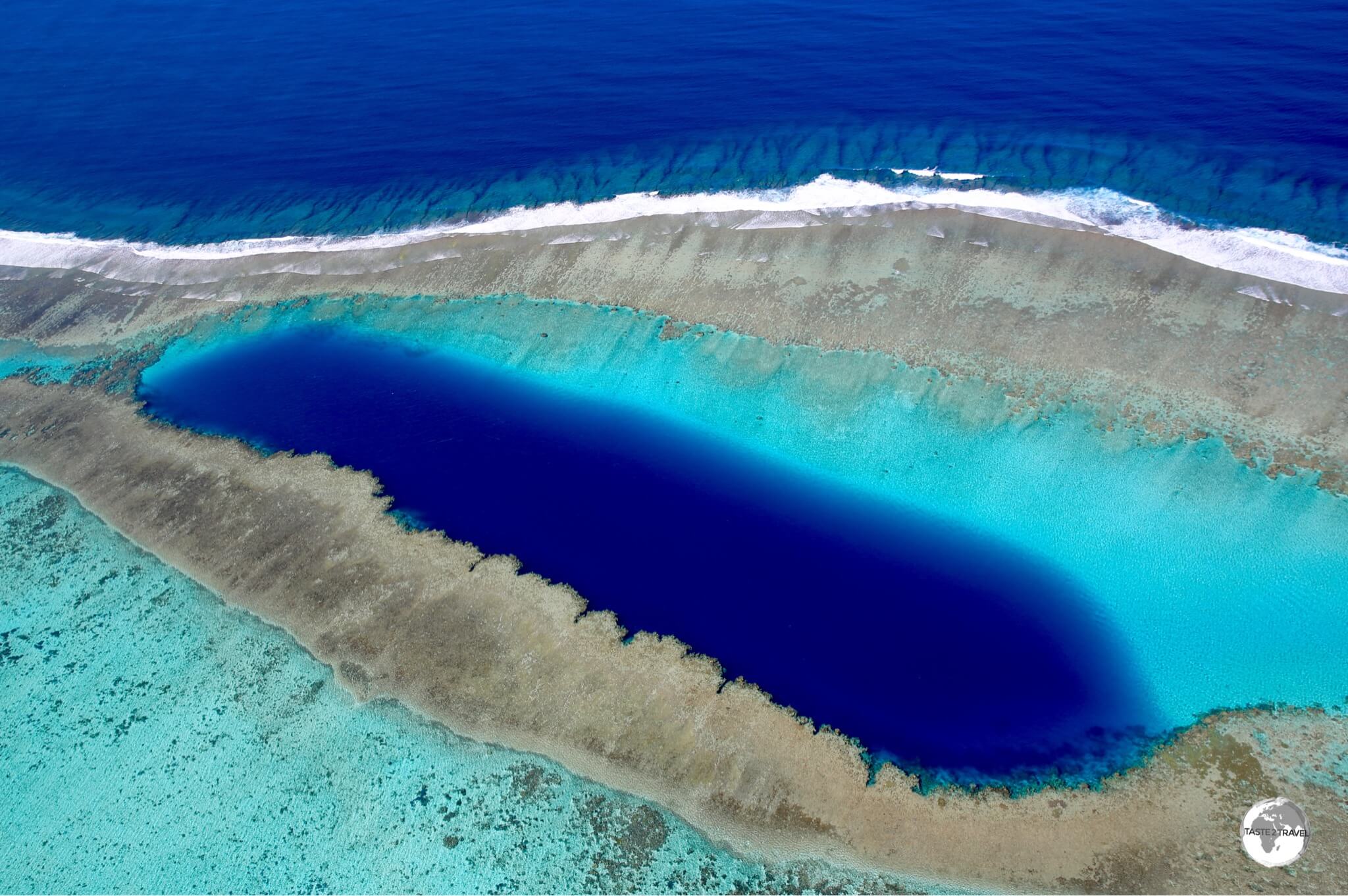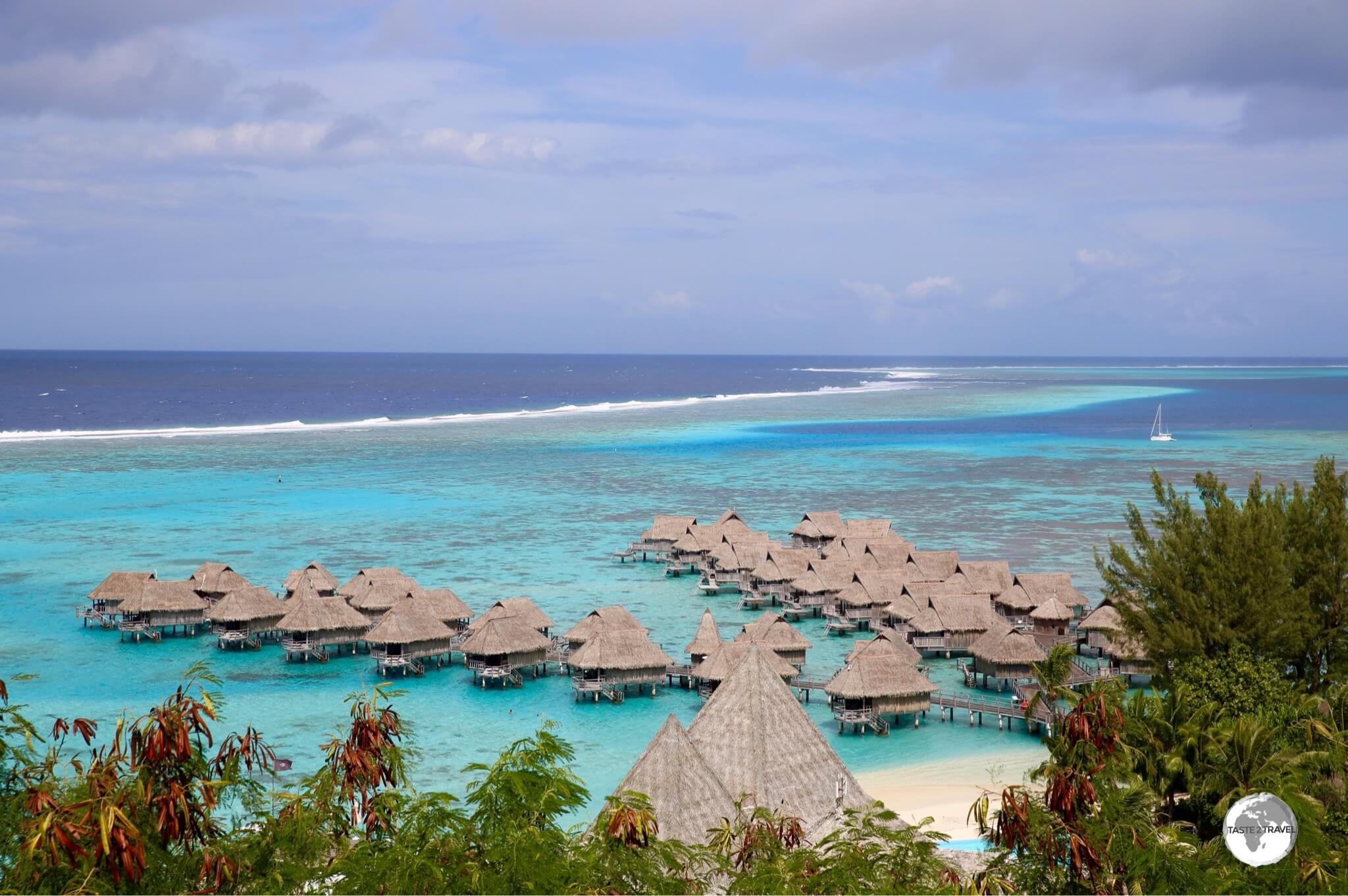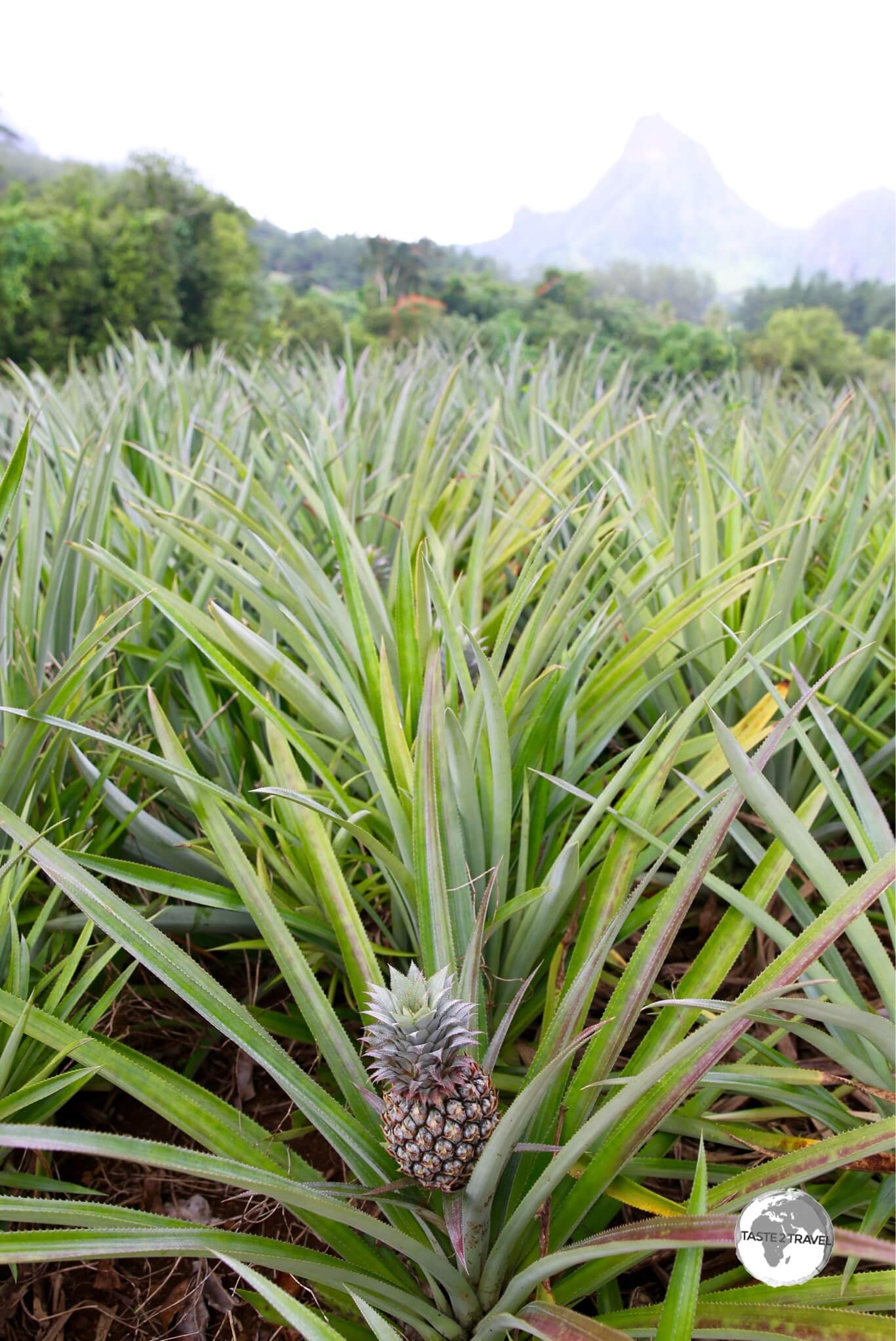Mayotte Travel Guide
Welcome to the taste2travel Mayotte Travel Guide!
Date Visited: March 2019
Introduction
Shaped like a seahorse, the French, Indian Ocean, territory of Mayotte is known for its beautiful lagoon, sandy beaches, and lush green countryside.

A view of Mayotte Lagoon from my ultralight flight over the island.
Created by ancient volcano’s, Mayotte is made up of eroded mountains and meandering streams and consists of two islands; the smaller, Petite Terre (10 km2), which is home to the airport and a beautiful crater lake and the larger, Grande Terre (39 kilometres long / 22 kilometres wide), which is home to the capital Mamoudzou.

The seahorse-shaped Mayotte.
Due to its location and past history, Mayotte faces insurmountable social issues (see the following section), with illegal immigration being the most significant. Historically part of the Comoros, at the time of independence in 1975, Mayotte voted to remain French to benefit from French development funds, which residents feared it would no longer receive. The French then embarked on a development program to modernise the island. This program is ongoing and is very much a ‘work in progress’.

The west coast town of Sada as seen from my ultralight flight over Mayotte.
In 2011, Mayotte became the 101st French département, the country’s newest. The department status of Mayotte is recent and the region remains, by a significant margin, the poorest in France. Mayotte is nevertheless much more prosperous than the other countries of the Mozambique Channel, making it a beacon of hope for illegal refugees.

Mayotte is surrounded by one of the World’s largest lagoons.
The development of Mayotte has created a huge disparity between it and the neighbouring Comoros Island, which is ranked as the 11th poorest nation on earth. While residents on Mayotte earn a third of the salaries of those in metropolitan France, their salaries are 15 times more than those in the neighbouring Comoros.

A shop on Rue du Commerce, the main street of the capital – Mamoudzou.
The capital city of Mayotte is the unremarkable Mamoudzou, which is located on the eastern side of Grand-Terre. An inter-island barge connects Mamoudzou to the island of Petite Terre.

The finest beach on Mayotte, N’Gouja beach is a beautiful gold-sand beach set on a curved bay on the south coast.
Tourism on Mayotte is in its infancy, and with a complete lack of hotels and restaurants, it is a challenging travel destination – best suited to intrepid adventurers.
Social Issues
An excellent introduction to the challenges facing Mayotte is provided in the following Al Jazeera documentary (47 mins), which is compulsory viewing for anyone who wishes to understand the complex social and political issues facing this French outpost.
Airfares between Mayotte and its nearest neighbour, Anjoun, are prohibitively expensive at €300 return on Ewa Airways for the 40 minute flight. Additionally, visa’s to Mayotte, which are required by all Comoran passport holders, cost €100.
All very expensive, which forces Comoran’s to undertake a dangerous sea voyage between the islands. The body of water separating the two islands has become the widest cemetery in the world with an estimated 10,000 Comoran’s drowned, most of them women and children.

My guest house in the town of Sada. Homes on Mayotte are secured with bars and grill doors to prevent robberies.
The French government estimates that illegal immigrants account for 40% of the islands’ population, which places great pressure on Mayotte’s health, housing and education services.
With such a large portion of the population living in makeshift slums, without any opportunity to work, crime levels are high.
Homes on Mayotte are often surrounded by high security walls and secured with barred windows and grilled doors. The pressure created from such a large number of refugees has led to recent protests.
Environmental Issues

A beach, covered with litter, in the east coast town of Sada.
Mayotte is a beautiful tropical island which is blessed with green, forested hills and wonderful tropical beaches. Unfortunately, anywhere there are people, the environment is spoiled by illegal dumping and littering, with lots of plastic waste being washed into the turquoise lagoon.
The French government has installed street-side litter bins in urban areas, especially along the waterfront in downtown Mamoudzou, however the bins mostly remain empty while litter covers the ground around them. Educating the locals to place their rubbish in a bin, rather than dropping it on the ground, requires a cultural change which will take time.
In all towns, large, communal, skip bins have been placed by the roadside, but collections do not keep pace with the amount of rubbish being produced, resulting in piles of rubbish covering the ground. Large recycling bins have been installed in all towns, but plastic waste litters every town.
Location
Mamoudzou, Mayotte
Mayotte is the most easterly island in the Comoros archipelago, located in the Mozambique channel, midway between Mozambique and Madagascar.
With an area of 374 square kilometres, Mayotte is an ancient, volcanic island, the terrain is undulating, with deep ravines and ancient volcanic peaks. The territory is surrounded by one of the largest lagoons in the world which is encompassed by an almost impenetrable fringing reef.

The ‘S’ Pass is one of the few passages through the fringing reef.
People

A Mahorais store owner at Mamoudzou Central market wearing the traditional ‘Salouva’.
The population of Mayotte in 2019 was 270,372. Most of the people on Mayotte are Mahorais of Malagasy origin and are Sunni Muslim with influences from French culture.
While French is the official language, most Mahorais speak Shimaore, the same language which is spoken throughout the Comoros Islands. Mahorais woman often look resplendent in their Salouva, a long cotton tube tied around the chest and falling to the feet.
Unlike other French territories, which have sizeable French ex-pat populations, who contribute to the economy and society, French ex-pats on Mayotte represent just 4% of the population. Most of these are conscripted government workers who work mainly in the municipal administration and are in a position of authority. The French clearly are not embracing their newest département!
Camera Shy Locals

The Mahorais will always hide from the camera.
As a photographer, I was hoping to get some nice people shots on Mayotte, however, I quickly learnt that the Mahorais do not like having their photo taken and will either refuse any requests or turn their back to hide their face. If you want to clear a street in downtown Mamoudzou, you only need to show your camera.
Bao
“Bao” is Swahili for “board” and refers to a traditional mancala board game which is played throughout Africa, including on Mayotte. The objective of the game is to ‘capture and sow’ beads from the opponents side of the board. The one who captures all beads is the winner. It’s believed the game has existed since the 7th century and possibly existed in Ancient Egypt.
Video:
Playing ‘Bao‘ in the village of Sada, Mayotte.
Fauna & Flora

Originally introduced from Madagascar, the Common Brown Lemur is widespread on Mayotte.
The Common Brown Lemur, originally from Madagascar, was introduced by humans prior to European colonisation and is found throughout Mayotte, in both urban and rural areas (these photos were taken in the town of M’zouasia). A sizeable population can be found on N’Gouja beach, on the south coast.

Lemurs are very inquisitive creatures which allows for excellent photography as they pose for the camera.
Lemurs normally live in groups of 5 to 12 and are active during the day and early evening. One evening I watched a parade of 10 lemurs tight-rope walking along the length of a power line in Boueni. Lemurs are by nature, inquisitive creatures which makes it easy to photograph them as they’ll come to investigate you.

A juvenile Common Brown Lemur – even more inquisitive than the parents.
Like many parts of mainland Africa and Madagascar, Mayotte is home to towering baobab trees. These giants of the natural world are omnipresent on Mayotte where they line most beaches. The Baobab originated from sub-Saharan Africa but nowadays is found all over the tropical and sub-tropical parts of the Africa, always in dry places as it does not tolerate humidity.

A towering Baobab tree on Sakouli beach.
The largest Baobab on Mayotte can be found on Musicale beach and has a trunk circumference of 28 m.

The large fruit of the Baobab tree is used by locals to make fruit juice which has a citrus flavour.
The tree produces a large, pendulous fruit which can grow up to 20 to 30 cm in length. The pulp of the fruit is edible and can be eaten out of hand or diluted in water to make a refreshing drink, which can easily be found on restaurant menus.
Currency

The Euro (€).
The official currency of Mayotte is the Euro (€), with €1 currently (June 2019) worth US$1.11.
Several French banks in downtown Mamoudzou provide ATM’s. Outside of the capital, there are very few ATM’s, and most businesses only accept cash or cheques (from French banks) which are still in wide-spread use in the French world.
Costs
Mayotte is not cheap! It’s a mystery why a glass of freshly squeezed juice, made from abundantly available, local, tropical fruit should cost €7!
Sample costs:
- Cappuccino at Caribou Hotel: €3 (US$3.36)
- Fresh Fruit Juice at Caribou Hotel: €7 (US$7.84)
- Car hire (compact car per day): €75 (US$84)
- Litre of fuel: €1.34 (US$1.50)
- Salad at Caribou Hotel: €15 (US$16.80)
- Main course at Caribou Hotel: €27 (US$30.24)
- Dessert at Caribou Hotel: €7 (US$7.84)
- Room in a budget hotel (Airbnb apartment): (US$80)
- Room in a mid-range hotel (Maharajah Hotel): €144 (US$160)
Sights
Mamoudzou

The ‘Place Mariage’ is the prettiest part of downtown Mamoudzou, offering boutiques, travel agents and electronics shops.
Mamoudzou is a charmless, soulless capital which offers little of interest for the visitor. With chaotic streets full of litter, a few hours would be enough to explore the small downtown area, the waterfront and the central market. There’s no reason to stay in town unless you’re here on government duties or for business.

Like their African sisters, the Mahorais woman wear colourful clothing made from African wax printed fabrics.
The main street, the Rue du Commerce, is lined with shops selling cheap Chinese products, with the occasional clothing store offering a splash of colour.

Spices for sale in Mamoudzou central market.
Located on the waterfront, next to the Office de Tourisme, Mamoudzou Central market offers local produce and spices.
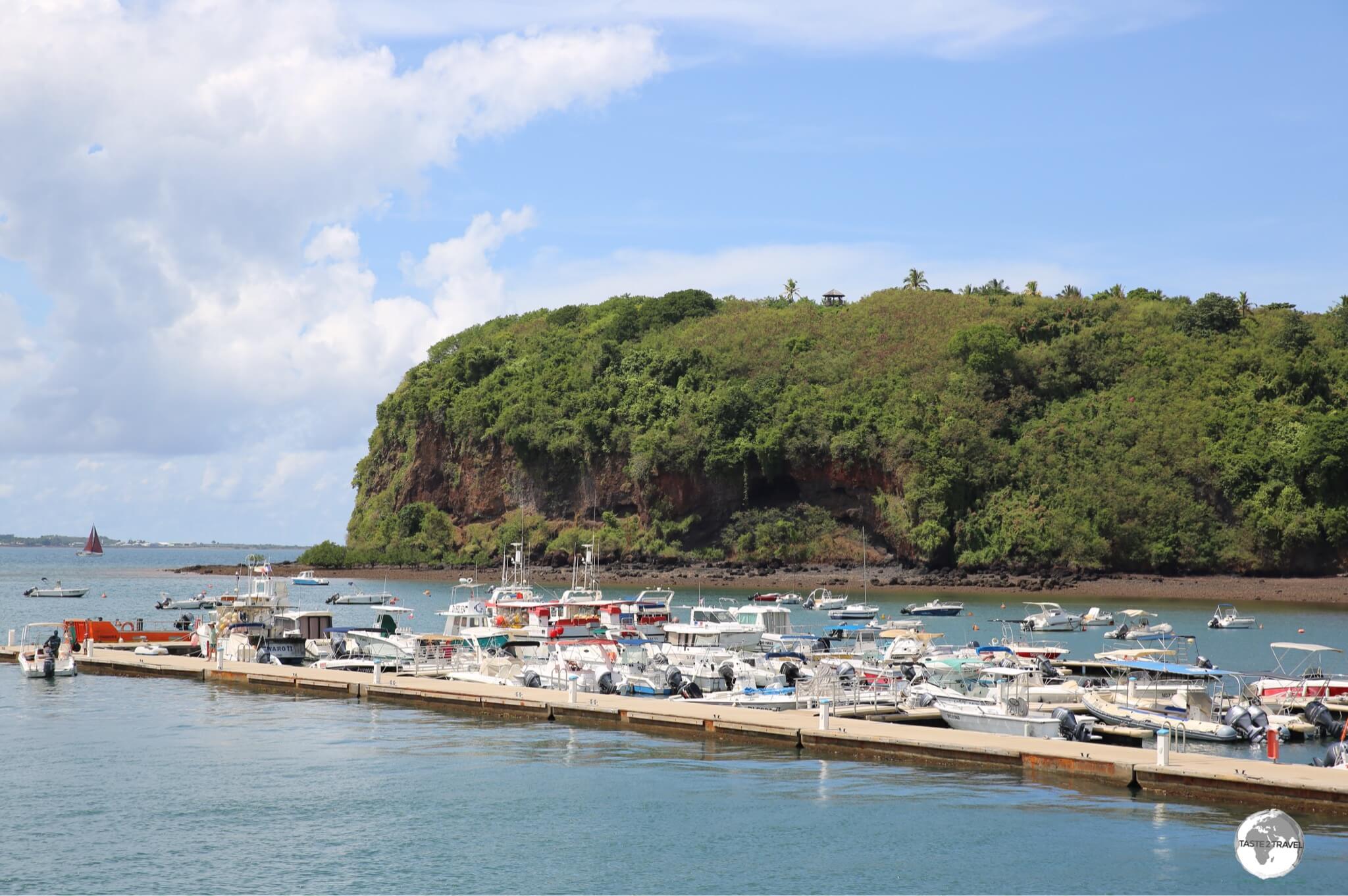
The marina in Mamoudzou harbour is home to pleasure craft, all of which are owned by French ex-pats.
The waterfront in Mamoudzou is home to several informal take-away restaurants which have been setup in shipping containers. A marina is home to various small pleasure craft which are used for weekend recreation by the ex-pat community.

A view of Mamoudzou harbour from the ‘Auberge du Rond-Point’ restaurant.
Dzaoudzi

A view of Dzaoudzi from the Inter-island barge.
Petite Terre is comprised of two islands; the smaller Dzaoudzi and the larger Pamanzi, which are connected by a causeway. Dzaoudzi is the terminus for the inter-island barge while Pamanzi is home to the Dzaoudzi–Pamandzi International Airport.
Until 1962, Dzaoudzi served as the capital of the entire Comoros. Today, this sleepy settlement is Mayotte’s administrative centre and home to Mayotte’s only museum.

The small Musée MUMA in Dzaoudzi provides an overview of Mayotte culture, fauna and flora.
Opened in September 2015, the Musée MUMA (open: 9 am – 5 pm every day except Sunday) is the only attraction in Dzaoudzi and the only museum in the territory.

The skeleton of a Sperm Whale at the Musée MUMA in Dzaoudzi.
The small museum provides an insight into the culture, environment, archaeology and traditions of Mayotte and includes an impressive skeleton from a Sperm Whale which was found in 1995 in the lagoon.
Pamanzi

Located on Petite Terre, the water in Dziani Dzaha crater lake is twice as salty as the nearby sea water.
Located on Pamanzi, the beautiful crater lake of Dziani Dzaha where the emerald-coloured water is twice as salty as the nearby sea water.
Les ULM de Mayotte
Pamanzi is home to the only airport on Mayotte and its where you’ll find the wonderful Les ULM de Mayotte, who offer spectacular ultra-light flights over the island, which was the highlight of my trip. Operating from a small wooden cabin, a short distance from the airport, Les ULM de Mayotte are open every day, except Sunday and Monday. Advance reservation is recommended and credit cards are not accepted.
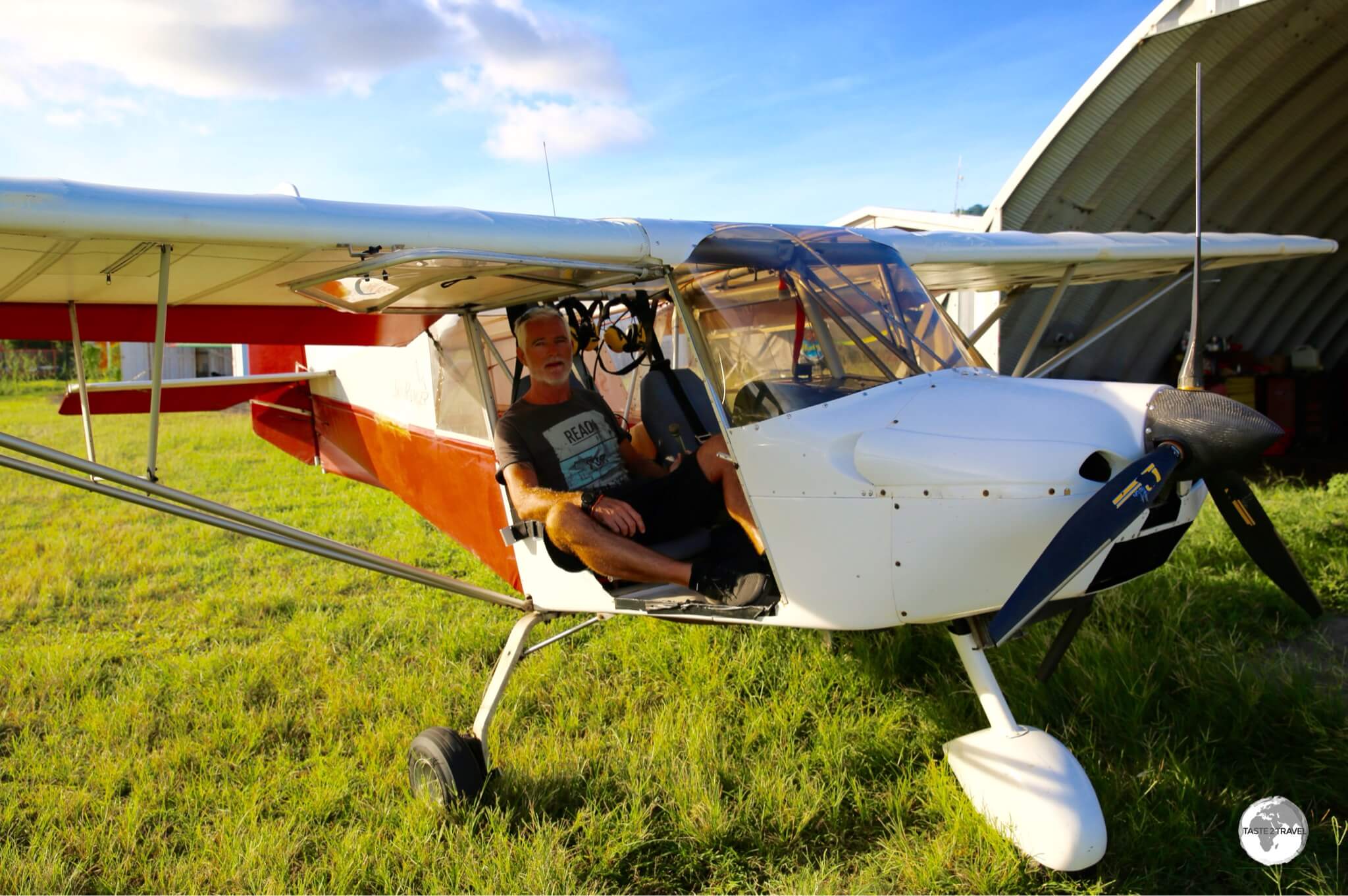
My competent pilot, Fred, and his Skyranger ultralight plane.
I flew with the very capable Fred in his 2-seater Skyranger Ultralight which weighs just 250 kg when empty.

Fred giving me the safety briefing. The plane is equipped with its own parachute for use in emergencies.
Constructed from aluminium tubes and fibreglass panels, the plane has a built-in parachute which can be activated in the event of an emergency, allowing the plane to float back to earth. After a safety briefing, we departed from the airport and flew a one-hour loop over the lagoon and the southern half of Mayotte.

Flying over Mont Choungui, a conical volcanic mountain, located in the south of Mayotte.
After spending a week exploring the territory by road, it was great to be able to view the island from above. My window had a large cut-out section which allowed me to photograph ‘outside the plane’.
One of the many highlights was a loop around the summit of Mont Choungui which is an ancient, conical volcanic mountain and the 2nd highest point on the island at 593 m (1,946 ft).

Flying over the island of Chissioua Mbouzi, en route to the airport.
Sakouli Beach

A panoramic view of Sakouli beach.
Remote and wild, Sakouli beach is located on a remote stretch of the south-east coast, between baobabs and brown volcanic sand.
One of the most beautiful beaches on the island, Sakouli attracts day-trippers from Mamoudzou and is home to the best accommodation on Mayotte – the O’lolo Hôtel (see ‘Accommodation‘ below) which offers tastefully decorated rooms bungalows overlooking the beach.
N’Gouja Beach

N’Gouja beach is the prettiest beach on Mayotte and home to many sea turtles.
Located on the southwest coast of Grand Terre, N’Gouja beach is a beautiful gold-sand beach set on a curved bay. Considered the best beach on Mayotte, its remote location ensures the beach is free of the usual litter. The beach is home to one of the few accommodation options on this part of the island, the Jardin Maoré (see the ‘Accommodation‘ section below).
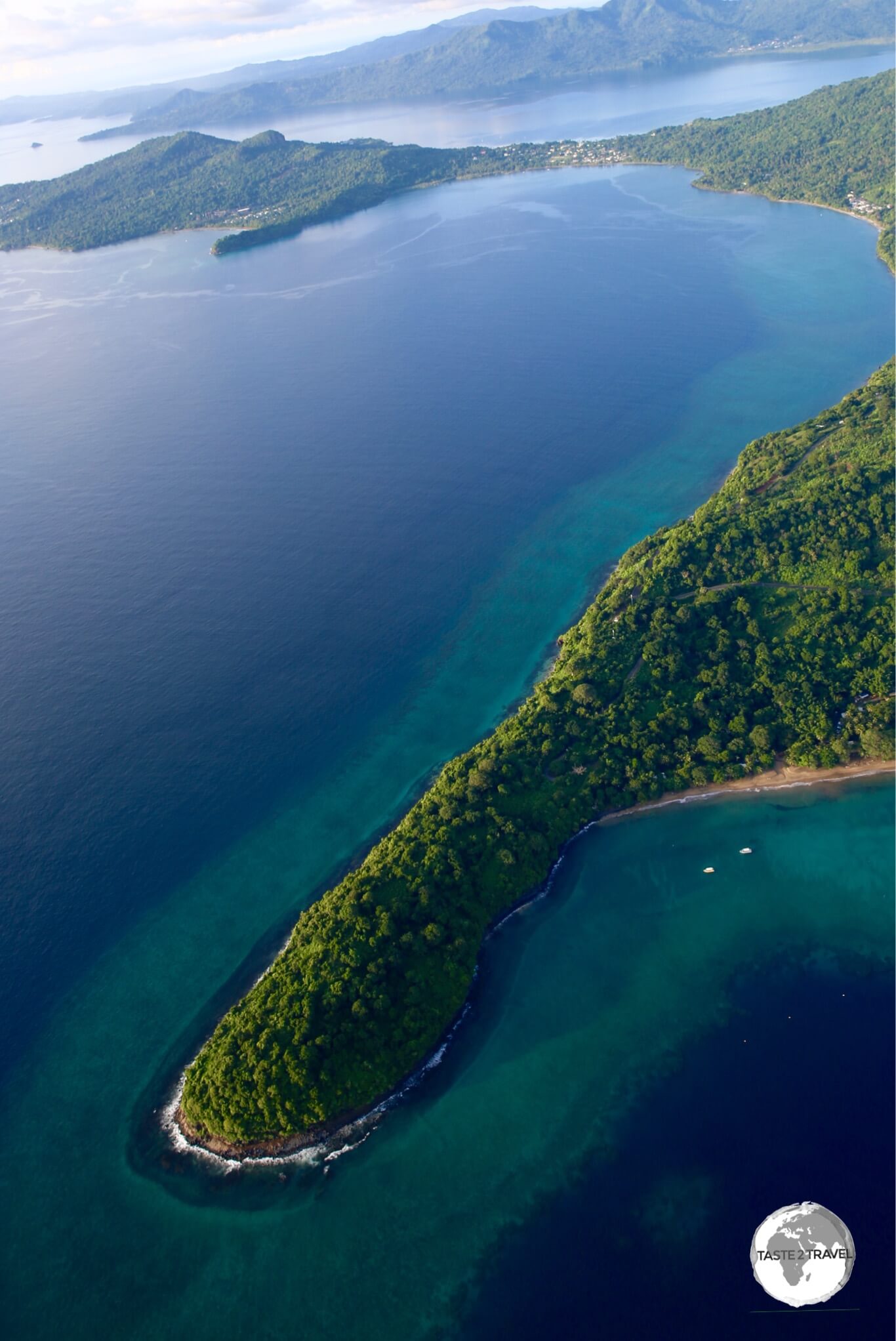
An aerial view of N’Gouja beach from my Ultralight flight.
Diving is available through Jardin Maoré while an offshore sea-grass bed attracts green sea turtles which makes for great snorkelling (see the ‘Diving‘ section below). A sign at the entrance gate indicates that parking costs €20 which is only enforced on the busy weekends. I visited during the week and paid nothing!

The view of the south coast at Kanikeli.
Boueni

The volcanic-sand beach at Boueni.
The west coast town of Boueni offers a brown-sand beach, two restaurants and one terrible accommodation option – Les Pieds dans l’Eau (see the ‘Accommodation‘ section below). A shallow onshore reef makes this beach less than ideal for swimming.
Sada
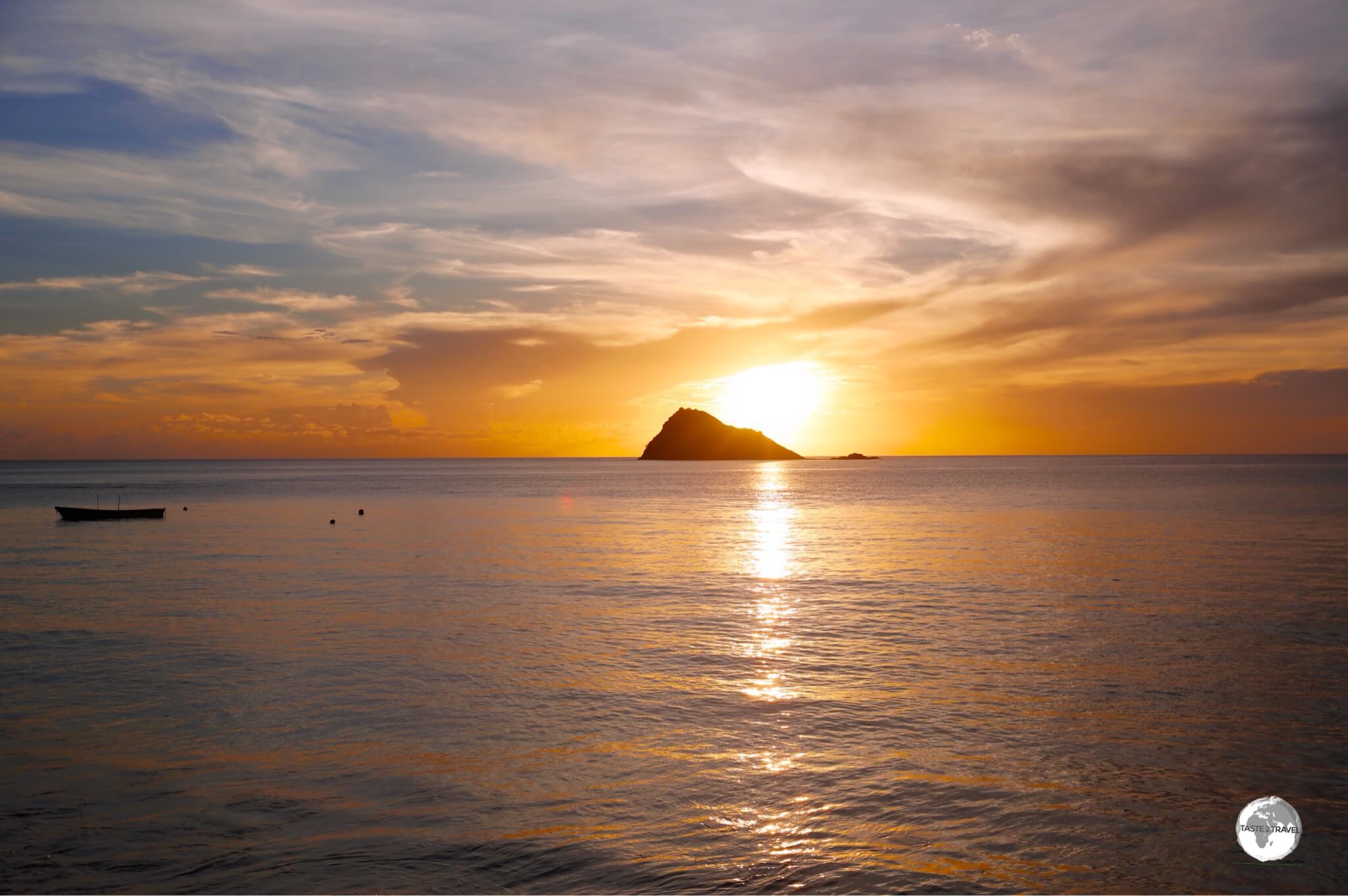
Watching the sunset from Sada beach with the island of Chissioua Sada in the background.
The west coast town of Sada is home to one of the best restaurants on Mayotte, Nasso na Bisso, (see the ‘Eating Out‘ section for more) and one of the best accommodation options I found on Mayotte – Maison Fleurie (see the ‘Accommodation‘ section for more).
The town makes an ideal base while exploring the west coast and offers spectacular sunsets from the beach.
North Coast

The offshore island of Chissioua Handréma is popular with weekend boaters.
The north coast of Mayotte features rugged mountains which descend to the sea. The best viewpoint is at the picturesque Baie de Handréma which offers views over the island of Chissioua Handréma .

Storm clouds over Baie de Handréma, one of the best views on the north coast.
Diving/ Snorkelling

Mayotte lagoon is surrounded by a fringing reef, offering wonderful diving.
Located in the west coast town of M’zouasia, Abalone Plongée offers diving from their beach-side dive shop. Abalone are one of the few dive operators on Mayotte and are very popular. At the time of my visit, they were booked out for the next five days. Best to book in advance via their website! Single dives with full equipment rental cost €57 (US$63).

Located on the southwest coast, N’Gouja beach is home to a large sea-grass bed which attracts lots of turtles.
A short distance offshore from the beautiful N’Gouja beach, a sea-grass bed attracts green sea turtles, making this a popular snorkelling spot. Diving at N’Gouja beach can be arranged through the Dive Centre at Jardin Maoré.
Accommodation

The biggest hotel on Mayotte, the 70 room, 3-star, Maharajah hotel.
The accommodation scene on Mayotte is very disappointing and could best be described as ‘2-star facilities at 5-star prices‘. There is a complete lack of hotels on the island, and those few that do exist are normally fully booked by the French government and French companies. The best chance of securing accommodation is in one of the beach-side bungalow properties which can be found away from the capital.
With a limited number of hotels, and a complete lack of competition, the few existing properties are always running at close to 100% occupancy, so there’s no need to try too hard and no need to spend money on upgrading facilities. Most properties are old and tired and wouldn’t attract many customers in the real world.
The one saving grace is Airbnb which has about 40 properties listed. However, almost all of these are private rooms in family houses rather than private apartments.
Grande Terre
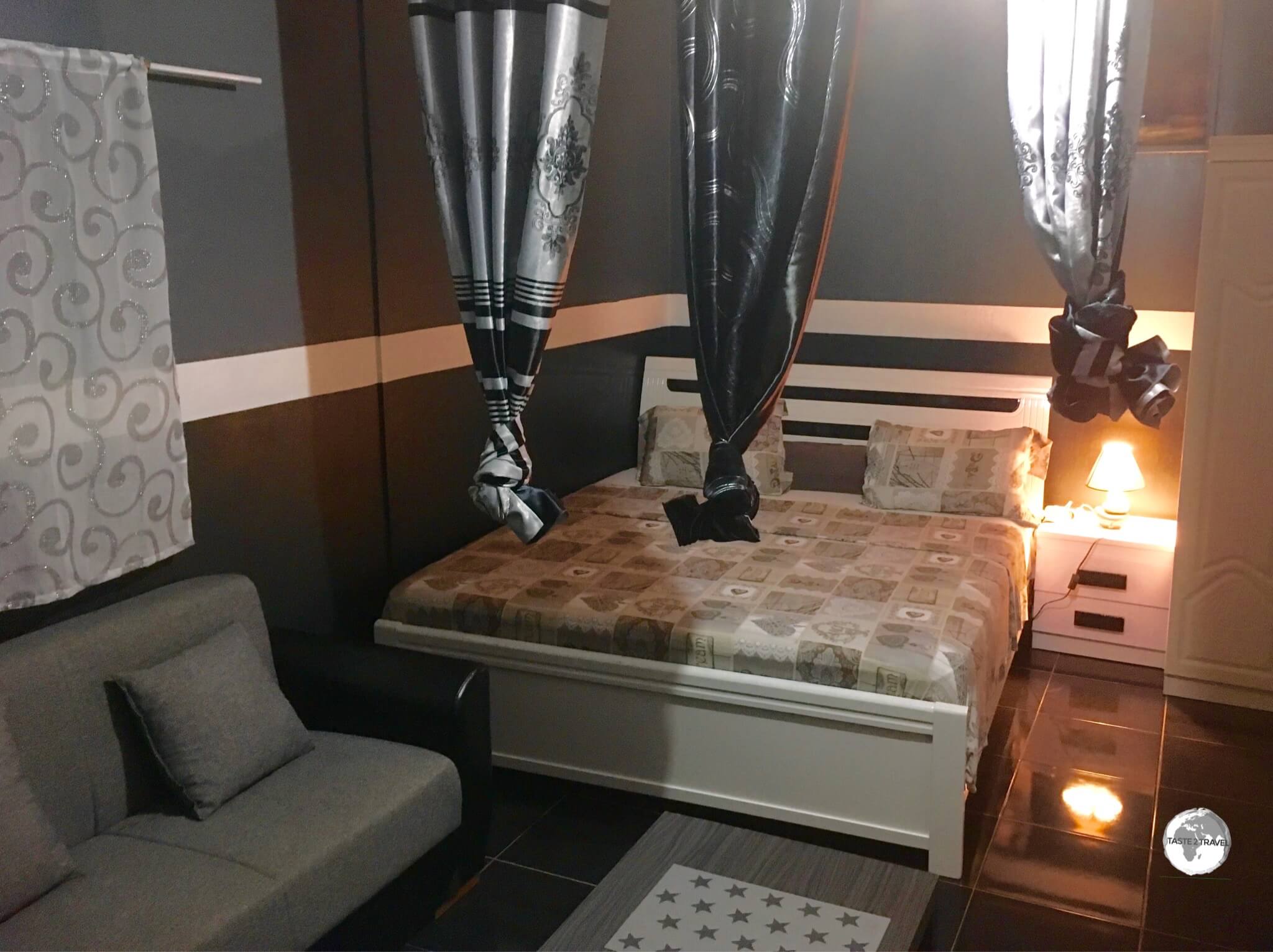
My Airbnb apartment in Mamoudzou.
Mamoudzou
Hotel Maharajah
With 70 rooms, the 3-star Hotel Maharajah is the largest hotel on Mayotte and a popular choice with French Gendarmerie (police) who seem to occupy most of the rooms, leaving just a few rooms for visitors. At the time of my visit, the only room available was a suite for €280 (US$312) per night. Mamoudzou is hardly Monaco! The cheapest rooms on booking.com or hotels.com average €144 per night (US$160).
Hôtel Caribou
Also downtown is the old and faded 2-star Hôtel Caribou which is in need to a complete makeover – but since there’s no competition in town, why spend the money! Like the few other hotels on Mayotte, the Caribou normally operates at close to 100% and is a popular choice for visiting French businessmen. The hotel restaurant/ bar is very popular, with Karaoke once a week.
Sakouli Beach

The O’lolo Hôtel overlooks Sakouli beach which is home to some impressive Baobab trees.
The O’lolo Hôtel overlooks the popular east coast beach of Sakouli, a volcanic sand beach which is framed by towering Baobab trees. Tastefully decorated, wooden bungalows, start at €110 (US$123). The onsite restaurant provides the only food for miles around.
N’Gouja Beach
Located on N’Gouja beach, Jardin Maoré offers simple bungalows from €160 (US$177) per night. An onsite restaurant offers the best food on the south coast.
Boueni
Located on the beach in the west coast town of Boueni, Les Pieds dans l’Eau (Feet in the Water) is a loveless, soulless place which offers rundown, hostel style accommodation for €45 per room.
Some rooms have bathrooms, some have shared bathrooms. There’s a communal kitchen with cupboards which are devoid of any utensils or cooking equipment. A very uninspiring breakfast is served each morning in a plastic container which is left in the kitchen. The owners are largely absent and room service is non-existent. Not recommended!
Sada
In Sada, I stayed in the brand new Maison Fleurie which I booked on Airbnb. It was the 2nd best accommodation I found on Mayotte. The owners of this private residence have built several self-contained, very comfortable, apartments on the 2nd floor of their large home.
The property is located on an unmarked country lane which is not on Google Maps. I organised for the owners to meet me at the nearby Nasso na Bisso restaurant (see the ‘Eating Out‘ section for more on this excellent restaurant) who then escorted me to their home.
Highly recommended!

The living room of my Airbnb apartment at Maison Fleurie in Sada.
Petite Terre
Dzaoudzi
Overlooking the barge dock in Dzaoudzi, Le Rocher is the only hotel on Petite Terre, offering 22 old and dated rooms from €109 – 199. The hotel is normally 100% booked by French businessmen and French Civil Servants, so best to reserve well in advance.
Labattoir

My Airbnb room in Labattoir.
Since Le Rocher was never available, I stayed at an Airbnb in the nearby town of Labattoir. Like other Airbnb properties on Mayotte, the owners met me at the airport to escort me to their property since the neighbourhood was makeshift (largely a slum) and none of the streets were on Google Maps.
Located on a hill, overlooking the sea, the stylish, modern, neat and tide, tastefully designed, 2-storey house felt like anything in France, but outside the high security walls, litter was strewn everywhere and the neighbours lived in makeshift shacks constructed from corrugated iron sheets.
Eating Out

My favourite restaurant in Mamoudzou, the charming Auberge du Rond-Point offers wonderful meals.
Like the accommodation scene, restaurants are in short supply on Mayotte. While there are several restaurants in Mamoudzou and on Petite Terre, elsewhere options are very limited.
Grande Terre
Mamoudzou

The Auberge du Rond-Point.
My favourite restaurant in Mamoudzou is the charming Auberge du Rond-Point which is located across the road from the Town Hall. Offering alfresco dining with magnificent views over the harbour, the best deal here is the ‘lunchtime express‘ menu. For €20 you get a main course, dessert and coffee – a bargain for Mayotte.

The lunch menu at Auberge du Rond-Point is good value at €20.
The restaurant at the Hôtel Caribou is a local institution and always busy. Open for breakfast, lunch and dinner, the restaurant provides reasonable food at less-than-reasonable prices. With a fresh fruit juice costing €7, main courses costing €25-30, the restaurant takes advantage of the fact that there are very few dining options for visitors in Mayotte.

Food stalls at Mamoudzou central market offer affordable local food.
A much better value meal, in less salubrious surroundings, can be found at the Mamoudzou Central Market which is home to several outdoor food stalls which offer cheap, local BBQ meals.
One of the best restaurants in the country is the very small but excellent Nasso na Bisso (open: 12–3 pm & 7–10 pm every day except Sunday) which is located in a quiet side street in the west coast town of Sada. Open for lunch and dinner, the restaurant is famous for its hamburgers, which are amazing.
Petite Terre

An amazing dinner at Le Faré – veal in a creamy mustard sauce with fresh pasta.
The best restaurant on Mayotte is, without a doubt, the incredible and impeccable Le Faré (open: 11 am – 1 am every day except Monday and Tuesday).
The friendly French crew who own and run this fine dining restaurant offer amazing French cuisine, cocktails, craft beers and wine, all served in a beautifully designed environment.
In the evening, a towering baobab tree in the garden is lit with fairy lights with dining tables arranged under the huge limbs. Appetisers average €16, main courses €22-26 and amazing desserts €12-15. This is one place not to be missed!
Visa Requirements

Mayotte passport stamps.
Mayotte is a French overseas territory, but it is not part of the Schengen Zone and, as such, applies its own visa policy. While French and European passport holders can reside for an unlimited period, many other nationalities can remain for 3 to 6 months.
Getting There
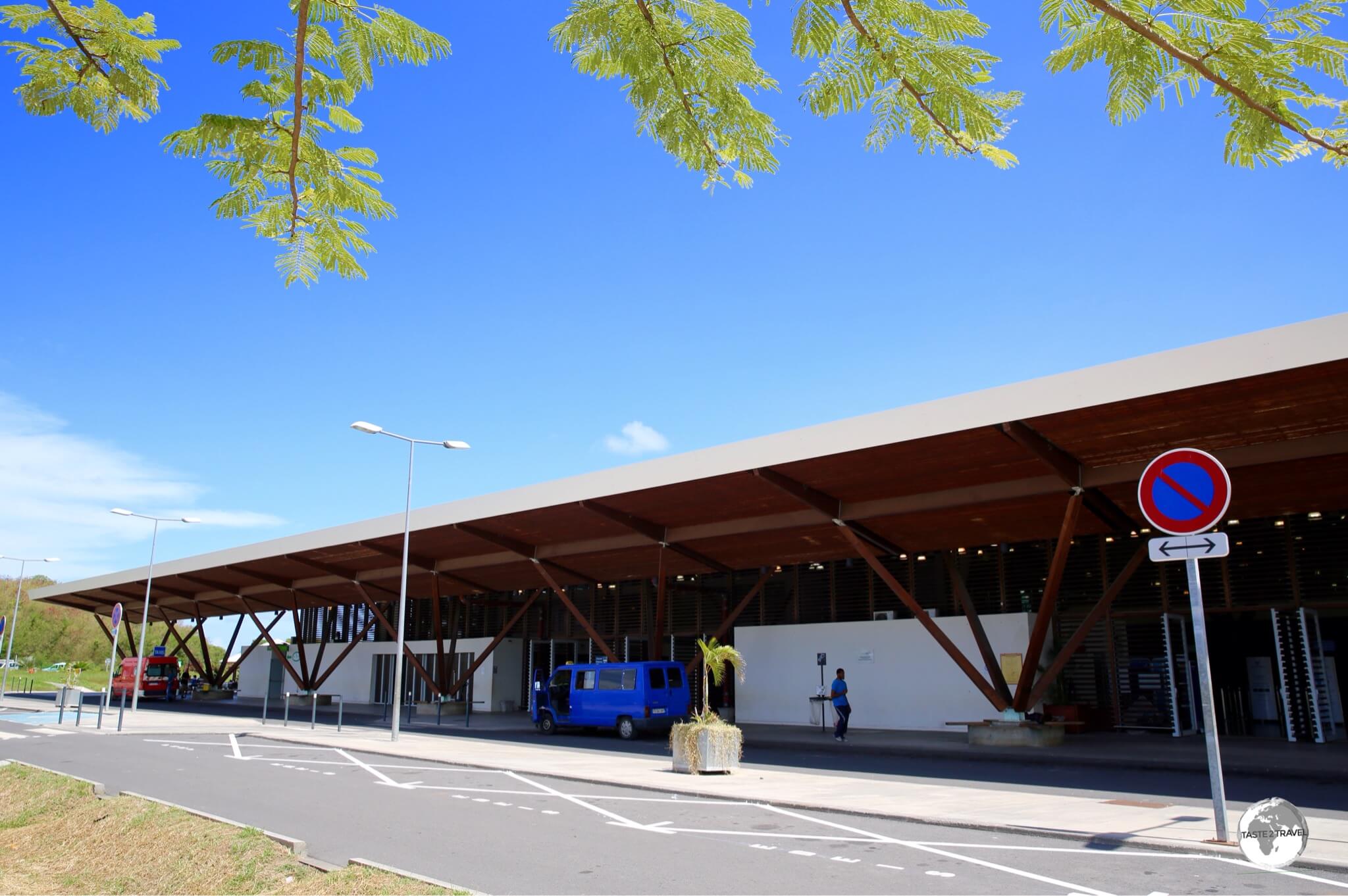
The modern terminal at Dzaoudzi–Pamandzi International Airport.
Air

On approach to Dzaoudzi–Pamandzi International Airport.
All flights into Mayotte arrive at Dzaoudzi–Pamandzi International Airport (IATA: DZA) which is located on the smaller island of Petite-Terre, a short barge ride east of the main island of Grande-Terre.
The airport serves as the base for Ewa Air, the small, local airline which provides (expensive) connections to the neighbouring countries of Comoros, Madagascar, Mozambique and Tanzania.

Ewa Air and Air Austral at Dzaoudzi–Pamandzi International Airport.
The following airlines provide scheduled services to/ from Mayotte:
- AB Aviation – flies to/from Anjouan, Moheli, Moroni
- Air Austral – flies to/from Paris–Charles de Gaulle, Saint-Denis de la Réunion
- Air Madagascar – flies to/from Antananarivo, Antsiranana, Majunga
- Ewa Air – flies to/from Anjouan, Antsiranana, Dar es Salaam, Majunga, Moroni, Nosy Be, Pemba (MZ)
- Kenya Airways – flies to/from Nairobi–Jomo Kenyatta
Airport Transport
Shared mini-vans and taxis connect the airport with the barge at Dzaoudzi wharf for a few Euro’s.
Sea

I was very fortunate to see one of just three cruise ships which call at Mayotte each year – the MV Silversea Whisper.
A grand total of three cruise ships call at Mayotte each year, you can check the schedule here. My stay coincided with the arrival, on the 7th of April, of the MV Silversea Whisper.
Getting Around
Public Transport
There are no public buses on Mayotte! As you drive around the island, you’ll have the opportunity to pick up many appreciative locals as everyone hitch-hikes.
Taxi
Shared taxis are available on Petite Terre and Grande Terre with fares within Mamoudzou costing €1.10. Beyond Mamoudzou, fares to neighbouring villages cost €1.30.
Ferry

Financed by the European Union, the Karihani Barge docked at Mamoudzou.
Inter-island barges connect the two islands of Petite Terre and Grande Terre, carrying passengers and vehicles. With a crossing time of 20 minutes, barges depart on the half hour and operate seven days a week as per the following schedule:
- Monday to Thursday
Every half hour from 05h30 to 20h00
Every hour from 20h00 to 00h00 - Friday
Every half hour from 05h30 to 20h00
Every hour from 20h00 to 03h00 - Saturday
Every 1/2 hour of 06h00 à 20h00
Every hour from 20h00 to 03h00 - Sunday and public holidays
Every half hour from 7h00 to 20h00
Every hour from 20h00 to 00h00

On board the Karihani barge.
Fares are charged only when departing from Mamoudzou, with the passenger fare costing € 0.75, while a car costs €15.
Rental Car

My rental car on the inter-island ferry.
The best way to maximise your time on Mayotte is to rent a car from one of the agents at the airport. The supply of cars on Mayotte is limited so it’s best to book well in advance. Once you have your car, your first drive will be to the inter-island ferry which connects Petite Terre to Grande Terre.

The license plate of my rental car bearing the Mayotte department number of 976.
The following agents (who speak partial English) have branches at the airport and also in downtown Mamoudzou:
- Budget Car Rental (Tel: +262 269 61 66 16)
- Europcar (Tel: +262 269 61 72 72)
- Garcia Car Rental (Tel: +262 269 60 54 95)
- MultiAuto

A rental car is the best way to explore Mayotte.
That’s the end of my Mayotte Travel Guide.
Safe Travels!
Darren
Follow me on Instagram:
[instagram-feed feed=1]
Further Reading
You might also be interested in reading other taste2travel articles from the region, such as my:
Mayotte Travel Guide Mayotte Travel Guide Mayotte Travel Guide Mayotte Travel Guide Mayotte Travel Guide Mayotte Travel Guide Mayotte Travel Guide Mayotte Travel Guide Mayotte Travel Guide Mayotte Travel Guide Mayotte Travel Guide Mayotte Travel Guide Mayotte Travel Guide Mayotte Travel Guide







